Elevate Your Kitchen with Timeless Marble Countertops

Thinking about upgrading your kitchen? A marble kitchen can really change the whole feel of the place. It's one of those materials that just looks good no matter what. People have been using it for ages, and there's a reason for that. It's not just pretty, either; it's actually pretty tough, which is a big plus in a kitchen where things can get a bit hectic. Plus, it adds a certain something, a bit of class, that makes your home feel more special. So, if you're looking for a way to make your kitchen look and feel better, marble is definitely worth considering.
Key Takeaways
- Marble kitchen countertops offer a timeless elegance that never goes out of style.
- Each marble slab is unique, featuring natural veining and patterns that add character to your kitchen.
- Properly maintained marble countertops are durable and can last for many years.
- Incorporating marble can significantly increase your home's market value and appeal to buyers.
- White marble varieties like Carrara and Calacatta are popular for brightening kitchen spaces.
- Marble's naturally cool surface is ideal for baking and dough preparation.
- Matching marble with cabinetry and backsplashes can create a cohesive and stylish kitchen design.
- Regular sealing and gentle cleaning are important for maintaining the beauty of marble.
The Enduring Allure of Marble Kitchen Countertops
Timeless Elegance in Culinary Spaces
Marble has long been a material associated with luxury and sophistication, and its place in the kitchen is no exception. For centuries, this natural stone has graced the homes of those seeking a touch of class. Its inherent beauty brings a sense of permanence and refinement to any culinary space, making it a choice that truly stands the test of time. It’s a material that feels both classic and current, no matter the kitchen’s overall style.
Unique Natural Veining and Patterns
One of the most compelling aspects of marble is that no two slabs are exactly alike. Each piece of marble is a work of art created by nature, featuring unique veining, swirls, and color variations. This individuality means your kitchen countertops will have a distinct character, offering a personalized touch that manufactured materials simply cannot replicate. Whether you prefer subtle, delicate lines or bold, dramatic patterns, there’s a marble slab to match your vision. For instance, Atlantic Gray Marble offers beautiful gray tones and delicate veining that can add a sophisticated look.
Exceptional Durability for Kitchen Use
While often admired for its beauty, marble is also a remarkably durable material, especially suited for the demands of a kitchen environment. Its natural coolness makes it an excellent surface for baking and pastry work, keeping dough perfectly chilled. With proper care and sealing, marble countertops can withstand daily use, resist heat, and maintain their stunning appearance for decades. This makes it a practical choice for busy home cooks and bakers alike.
A Symbol of Sophistication Through Ages
From ancient palaces to modern luxury homes, marble has consistently been a symbol of status and refined taste. Its presence in a kitchen instantly communicates a sense of quality and elegance. This enduring appeal means that a marble countertop isn't just a functional surface; it's an investment in your home's aesthetic, contributing to a sophisticated atmosphere that guests will surely notice.
The Appeal of Natural Stone in Homes
There's a certain warmth and authenticity that comes with natural stone. Marble, in particular, offers a tactile and visual richness that synthetic materials often lack. Its connection to the earth and its unique formation process give it a depth that enhances the overall feel of a home. Incorporating natural stone like marble can make a kitchen feel more grounded and inviting, blending beauty with the inherent qualities of the earth.
Enhancing the Aesthetic of Your Kitchen
Ultimately, marble countertops have the power to transform a kitchen. They can brighten a space, add a focal point, and tie together various design elements. Whether you opt for classic white marble or a more dramatic dark variety, the material’s natural beauty is sure to make a statement. It’s a choice that adds both visual interest and a lasting sense of luxury to your home's most important gathering place.
Incorporating Marble into Your Kitchen Design
Marble is a material that really brings a sense of luxury to a kitchen. It’s been used for ages, and it still looks great today. Whether you’re going for a super modern look or something more traditional, marble can fit right in. It’s not just about looks, though; it’s also a pretty tough material for everyday kitchen use.
Classic Marble Countertops for Luxury
When you think of a high-end kitchen, marble countertops probably come to mind. They have this smooth, cool feel that’s really nice to work with, especially if you do a lot of baking. These countertops are a classic choice that adds a significant touch of sophistication. They look particularly good with white cabinets, giving that timeless, elegant vibe that never really goes out of style.
Elegant Marble Backsplashes
Don't stop at the countertops! Extending marble up the wall as a backsplash creates a really cohesive and polished look. It ties the whole kitchen together and makes a strong design statement. It’s also practical, offering a surface that’s easy to wipe down and keep clean.
Statement Marble Kitchen Islands
A kitchen island topped with marble can easily become the focal point of your entire kitchen. It’s a great way to showcase the unique veining and natural beauty of the stone. Imagine a large island with a dramatic marble pattern – it really makes a kitchen feel special and custom.
Mixing Marble with Other Materials
Marble doesn’t have to be used everywhere. It works really well when paired with other materials. For instance, combining marble countertops with wooden cabinets can add warmth and texture. You could also mix it with concrete or metal elements for a more contemporary feel. This mix-and-match approach can create a kitchen that feels both unique and inviting.
Subtle Marble Accents for Touches of Elegance
If a full marble countertop feels like too much, or if you’re on a tighter budget, consider using marble in smaller ways. Think marble cutting boards, coasters, or even a small marble tray for your oils and vinegars. These little touches can bring that sophisticated marble look into your kitchen without a major renovation.
Creating a Cohesive Kitchen Aesthetic
No matter how you choose to use it, marble has a way of making a kitchen feel more put-together. Whether it’s the main feature or a subtle accent, its natural beauty helps create a unified and stylish look. The key is to balance the marble with your other design choices to achieve the overall feel you want for your kitchen.
Marble's natural patterns mean that no two slabs are exactly alike. This inherent uniqueness allows for a truly personalized kitchen design, where your countertops are a piece of natural art.
Enhancing Property Value with Marble
Increasing Market Value with Premium Finishes
When you're looking to boost your home's appeal and its price tag, choosing premium finishes is a smart move. Marble countertops, with their natural beauty and sophisticated look, are a prime example. They signal quality and luxury to potential buyers right away. Think about it: a kitchen or bathroom that looks and feels high-end is naturally going to attract more attention and command a higher price. It’s not just about looks, though; it’s about the perceived value that comes with a material that’s been admired for centuries.
Attracting Potential Buyers with Luxury
Let's be honest, marble just looks expensive and elegant. That unique veining and the way it catches the light can make a kitchen feel instantly more luxurious. This kind of visual appeal is a big draw for buyers who are looking for a home that feels special, not just functional. It’s a material that speaks to a certain lifestyle, and that can make your home stand out in a crowded market. Buyers often associate marble with quality craftsmanship and a higher standard of living, which can really speed up a sale.
Long-Term Investment in Home Aesthetics
Putting marble countertops in your home isn't just a quick fix for selling; it's an investment in the long-term beauty and appeal of your property. Unlike trendy materials that might go out of style, marble has a timeless quality. It looks good today, and it will likely still look good in ten or twenty years. This kind of lasting aesthetic appeal means your home remains desirable over time, protecting your investment and keeping it looking fresh without constant updates.
The Perceived Value of Marble Countertops
There's a certain prestige associated with marble. It’s a natural stone that requires careful selection and installation, and that effort is recognized by homeowners and buyers alike. This perception of quality and exclusivity translates directly into how much people are willing to pay for a home. Even if other materials offer similar durability, marble often carries a higher perceived value due to its history and natural artistry. It’s a material that buyers actively seek out.
Boosting Resale Value Through Sophistication
When it comes to selling your home, the details matter. Sophisticated finishes like marble countertops can significantly influence the final sale price. They add a layer of refinement that buyers are often willing to pay a premium for. It’s about creating a space that feels polished and well-appointed. A home with marble countertops often sells faster and for more money because it presents a more attractive and luxurious package to the market.
Marble as a Differentiator in the Housing Market
In a competitive real estate market, having unique features can set your home apart. Marble countertops serve as a fantastic differentiator. They offer a natural, artistic element that synthetic materials can't quite replicate. This uniqueness can be the deciding factor for a buyer trying to choose between two similar properties. It’s a way to add personality and a touch of natural luxury that makes your home memorable and more appealing.
Versatile Design Applications for Marble
Marble isn't just for fancy old mansions; it actually fits into a lot of different kitchen styles. You might think it's only for super traditional looks, but it can work in modern kitchens too. Its natural patterns and colors can really change the feel of a room.
Seamless Integration into Classic Styles
Marble has a way of making any kitchen feel more put-together and elegant. In classic kitchens, with their detailed woodwork and traditional layouts, marble countertops just seem to belong. They add that touch of luxury that fits right in with the overall aesthetic. It’s like the stone was made for these kinds of spaces, giving them a finished, sophisticated look that feels both grand and welcoming.
Complementing Modern and Minimalist Kitchens
For kitchens that lean more towards modern or minimalist design, marble can be a fantastic choice. Its clean lines and natural veining can add a subtle texture and visual interest without making the space feel cluttered. Think of a sleek, handle-less cabinet paired with a marble countertop – it’s a look that’s both current and timeless. The stone’s natural beauty provides a focal point that doesn’t overpower the simplicity of the design.
Pairing Marble with Contrasting Cabinetry
One of the most striking ways to use marble is by pairing it with contrasting cabinet colors. Dark cabinets, like deep blues or rich blacks, can really make lighter marble pop. This combination creates a dramatic effect, adding depth and a sense of luxury to the kitchen. It’s a bold choice that can transform a space from ordinary to extraordinary.
Achieving a Dramatic Look with Dark Cabinets
When you combine dark cabinetry with marble, you get a really sophisticated and high-end feel. Imagine deep forest green cabinets topped with a dramatic white marble featuring strong gray veining. It creates a visual anchor in the kitchen, making the countertops a real statement piece. This pairing works well if you want your kitchen to have a bit of an edge and a lot of personality.
Adding Warmth with Wood Cabinetry
Marble also plays nicely with wood cabinets. Warmer toned marbles, or even those with subtle brown or beige veining, can complement the natural beauty of wood. This combination brings a sense of warmth and earthiness to the kitchen, creating a cozy yet still elegant atmosphere. It’s a great way to blend natural materials for a balanced and inviting space. For instance, Atlantic Gray Marble can offer a beautiful gray tone that pairs well with various wood finishes.
Creating Focal Points with Marble Features
Marble is perfect for creating those standout elements in your kitchen. A kitchen island topped with a unique marble slab can instantly become the heart of the room. Or, consider a full-height marble backsplash that extends from the countertop to the ceiling; it creates a stunning visual flow and a real wow factor. These features highlight the natural artistry of the stone and make your kitchen truly memorable.
The Luxurious Appeal of White Marble Countertops
Timeless Elegance of White Marble
White marble has a way of making any kitchen feel instantly more upscale. It’s that classic look, you know? The kind that doesn’t really go out of style. Whether your kitchen is super modern or more on the traditional side, white marble just seems to fit. It has this natural beauty with its veining that makes each slab a little bit different, like a piece of art.
Brightening and Expanding Kitchen Spaces
One of the best things about white marble is how it can really open up a room. Because it’s so light and reflects light well, it makes smaller kitchens feel bigger and more airy. It’s like magic for spaces that don’t get a lot of natural light. It just bounces the light around, making everything feel brighter and more welcoming.
The Reflective Quality of White Marble
This reflective quality isn't just about making the space feel bigger. It also means that the ambient light in your kitchen gets a boost. Think about it: the more light you have, the more inviting the space feels. It’s a simple trick, but it makes a big difference, especially in kitchens where you spend a lot of time.
Creating an Airy and Open Ambiance
When you combine the light color with its reflective properties, you get this really pleasant, open feeling. It’s perfect for everyday living, but also when you have people over. It just creates a nice atmosphere that feels relaxed yet sophisticated. It’s a good choice if you want your kitchen to feel like a comfortable gathering spot.
A Sophisticated Choice for Any Kitchen Style
What’s great is that white marble isn't picky about style. It looks fantastic with dark cabinets for a dramatic contrast, or with lighter wood tones for a softer look. You can even pair it with different backsplash materials. It’s versatile enough to adapt to whatever look you’re going for. For instance, Atlantic Gray Marble offers a different, yet equally sophisticated, aesthetic if you're exploring other color palettes.
The Impact of White Marble on Kitchen Lighting
White marble countertops can significantly influence how your kitchen lighting performs. The stone's natural luminosity means it can amplify both natural daylight and artificial light sources. This can reduce the need for overly bright task lighting in certain areas, creating a more balanced and pleasant lighting scheme. It’s a subtle but effective way to make your kitchen feel more vibrant and well-lit throughout the day.
Marble's inherent brightness and reflective surface contribute to a more illuminated kitchen environment. This can make the space feel more expansive and welcoming, regardless of its actual size.
Here's a quick look at how white marble impacts kitchen lighting:
- Amplifies Natural Light: Bounces sunlight around the room, making it feel brighter.
- Reduces Glare: While reflective, the veining often diffuses light, preventing harsh glare.
- Complements Artificial Light: Works well with various bulb temperatures, from warm to cool, maintaining its elegant appearance.
- Creates Depth: The interplay of light and shadow across the veining adds visual interest and depth.
Popular Varieties of White Marble for Kitchens
When you're thinking about white marble for your kitchen, it's not just one thing. There are actually a few different kinds, and they all look a little bit different. Picking the right one can really change the feel of your kitchen, so it's good to know what you're looking at. Each type has its own personality, from really subtle to quite bold.
Understanding Carrara Marble's Charm
Carrara marble is probably the most well-known white marble out there. It usually has a soft, light grey veining that's pretty consistent. Think of it as a classic choice, not too flashy but definitely elegant. It's often a bit more affordable than some other white marbles, which makes it a popular pick for many homeowners. It works well in pretty much any kitchen style, from super traditional to more modern looks. It’s a safe bet if you want that marble look without breaking the bank or going too wild with the pattern.
The Distinctive Look of Calacatta Marble
Calacatta marble is a bit different. It's known for having bolder, more dramatic veining, often in shades of grey, but sometimes with hints of gold or even beige. The patterns can be quite striking and really make a statement. Because of this, Calacatta is often seen as more luxurious and can be a bit pricier. If you want your countertops to be a real focal point in the kitchen, Calacatta is a fantastic option. It really stands out, especially when paired with simpler cabinets.
Exploring Statuario Marble's Sophistication
Statuario marble is another high-end choice. It's similar to Carrara in that it has a white base, but its veining is typically thicker and more pronounced, often a deep grey. It has a very clean, crisp look that many people find incredibly sophisticated. Statuario is often used for more artistic applications because of its beautiful patterns. It’s definitely on the pricier side, but the visual impact is undeniable. It gives a kitchen a very refined and upscale feel.
Choosing Between White Marble Types
So, how do you pick? Well, it depends on what you're going for. Carrara is great for a classic, understated look and is often more budget-friendly. Calacatta offers more drama with its bolder veining, making it a statement piece. Statuario provides a sophisticated, clean aesthetic with striking grey patterns. Consider the overall style of your kitchen, your budget, and how much of a visual impact you want the marble to have.
Characteristics of Popular White Marble Slabs
When you go to pick out a slab, you'll notice that no two are exactly alike. That's the beauty of natural stone! You'll see variations in the background color, the thickness of the veins, and the overall pattern. Some slabs might be very white with faint grey lines, while others could have thick, swirling grey or even gold-colored veins. It's really about finding the slab that speaks to you and fits your vision for the kitchen.
Selecting the Right White Marble for Your Style
Think about your cabinets. If you have dark cabinets, a bold Calacatta might create a stunning contrast. If your cabinets are white or light-colored, a more subtle Carrara could offer a soft, cohesive look. For a really modern, minimalist kitchen, the clean lines of Statuario might be perfect. It’s all about balancing the marble’s pattern and color with the other elements in your kitchen to create a harmonious design.
Marble Countertops for Culinary Operations
Marble countertops are a dream for many home cooks and bakers, and for good reason. Beyond their undeniable beauty, they offer some practical advantages in the kitchen that make them a truly functional choice for culinary operations.
The Naturally Cool Surface for Baking
One of the most celebrated features of marble in a kitchen setting is its naturally cool surface. This characteristic is a significant benefit, especially for tasks that require keeping ingredients or dough at a low temperature. Bakers, in particular, will appreciate how marble stays cooler than most other countertop materials. This makes it ideal for working with pastry, fondant, and chocolate, preventing them from melting or becoming too sticky too quickly. It’s like having a built-in cooling surface right in your kitchen.
Ideal for Dough Preparation and Pastry
Working with dough, especially for pastries like croissants or pie crusts, often involves delicate steps where temperature control is key. Marble’s inherent coolness helps maintain the butter or fat within the dough, creating those desirable flaky layers. Unlike granite or quartz, which can retain more heat, marble provides a consistent, cool environment that simplifies these intricate baking processes. It really makes a difference when you’re trying to achieve that perfect texture.
A Professional-Grade Work Surface
Chefs and serious home cooks often seek surfaces that mimic professional kitchen environments. Marble countertops offer that professional-grade feel. Their smooth, solid surface is excellent for rolling out dough, chopping vegetables, and general food preparation. While it’s important to use cutting boards to protect the marble itself, the stability and coolness it provides contribute to a more efficient and enjoyable cooking experience. Think of it as bringing a bit of that restaurant-quality setup into your own home.
Benefits for Home Chefs and Bakers
For anyone who spends a good amount of time in the kitchen, the benefits of marble are clear. It’s not just about looks; it’s about performance. The ease of cleaning, the cool touch, and the sheer durability make it a workhorse material. Even with frequent use, a well-maintained marble countertop can hold up beautifully. It’s a material that supports your culinary endeavors, making tasks more manageable and enjoyable. You can find beautiful options like Atlantic Gray Marble that offer both style and substance.
Enhancing the Functionality of Your Kitchen
Marble countertops can genuinely improve how you use your kitchen. Their large, smooth surfaces are perfect for spreading out ingredients or plating multiple dishes at once. The material is also relatively resistant to heat, meaning you can place warm pans on it for a short period, though using trivets is always recommended to be safe. This blend of aesthetic appeal and practical functionality means your kitchen becomes a more pleasant and effective space to cook and entertain.
The Advantage of a Cool Marble Surface
Ultimately, the cool surface of marble is its standout feature for culinary applications. It’s a natural advantage that synthetic materials often struggle to replicate. Whether you’re kneading bread, tempering chocolate, or simply want a pleasant surface to work on, marble delivers. It’s a material that’s as practical as it is beautiful, proving that you don’t have to sacrifice function for form in your kitchen design.
Matching Marble with Kitchen Design Elements
Choosing the right marble for your kitchen is about more than just picking a pretty slab; it's about making sure it fits with everything else you've got going on in the room. Think of it like picking out an outfit – you want the pieces to work together, right? Marble is super versatile, so it can really go with a lot of different looks, from super classic to really modern.
Pairing Marble with Cabinetry Colors
Cabinet colors are a big deal when you're deciding on marble. If you have white cabinets, you can really go bold with your marble choice. Something with strong veining, like Calacatta or Statuario, can create a really striking contrast that looks quite luxurious. On the flip side, if your cabinets are dark, a lighter marble like Carrara or even a soft white Dolomite can bring some much-needed brightness and stop the kitchen from feeling too heavy or closed in. It’s all about balance.
For wood cabinets, especially those with warmer tones, picking a marble that has similar warm undertones can be a great move. Marbles like Breccia can really pick up on the natural textures in the wood, making the whole space feel more cohesive and inviting. It’s a look that feels both grounded and sophisticated.
Coordinating Marble with Backsplash Materials
Your backsplash is another area where marble can shine, and how you pair it with your countertops really sets the tone. For a really high-end, unified look, you can’t beat a full-slab backsplash. This means using the exact same marble slab that you have on your countertops and carrying it right up the wall. It creates a really clean, uninterrupted flow that looks incredibly chic. It’s a bit of a splurge, but the visual impact is huge.
If you want to mix things up a bit, you can always pair a more subtle marble countertop with a bolder marble backsplash. Think of a simple white marble counter with a dramatic, dark marble backsplash like Sahara Noir. This creates a nice focal point and adds a layer of visual interest without being too much.
Creating Contrast with Bold Marbles
Sometimes, you just want your kitchen to have a bit of drama, and bold marbles are perfect for that. Using something like Nero Marquina, which is a deep black marble, for your kitchen island can instantly make it the star of the show. It’s a strong statement that can really anchor the entire kitchen design. You can also achieve a cool two-toned effect by using different marbles in the same space. Imagine a light-colored marble on your perimeter counters and a dark, dramatic one on the island – it’s a design trick that adds a lot of personality.
Achieving Balance with Lighter Marbles
Lighter marbles are fantastic for creating a sense of openness and airiness in a kitchen. They reflect light well, making smaller spaces feel larger. When paired with lighter cabinetry, they create a bright, clean aesthetic that’s hard to beat. This combination is especially effective in kitchens that don’t get a lot of natural light. The subtle veining in lighter marbles adds just enough detail to keep the space from feeling flat, providing a sophisticated backdrop for your kitchen activities.
Enhancing Wood Tones with Warm Marbles
Wood cabinets have a natural warmth that can be beautifully complemented by marbles with warmer undertones. Think of marbles that have hints of beige, cream, or even subtle pinkish hues. These stones can really bring out the richness in wood cabinetry, creating a cozy and inviting atmosphere. It’s a pairing that feels both natural and luxurious, perfect for a kitchen that’s meant to be a gathering place.
Seamless Looks with Full-Slab Backsplashes
As mentioned earlier, a full-slab backsplash is a way to achieve a truly seamless and high-impact look. It’s a design choice that emphasizes the natural beauty and artistry of the marble itself. When the countertop material flows directly up the wall, it creates a continuous surface that feels both modern and incredibly elegant. This approach works particularly well with marbles that have distinctive veining patterns, turning your backsplash into a piece of art. It’s a commitment to a certain aesthetic, but the result is undeniably stunning and can make your kitchen feel much more custom. For a similar effect with a different material, consider a quartz countertop that mimics marble's look for a potentially lower-maintenance option.
Highlighting Design Features with Marble

Making Kitchen Islands a Centerpiece
Marble kitchen islands are fantastic for drawing the eye. They really become the main attraction in the room. Think about using a slab with really strong veining, like Calacatta or even a dramatic black marble like Nero Marquina. This kind of statement piece can totally change the feel of your kitchen, making it feel more upscale and designed. It’s a great way to add a bit of luxury without having to do too much else.
Utilizing Marble for Statement Backsplashes
Don't stop at the countertops! A marble backsplash can be just as impactful. You can go for a full slab that matches your counters for a really unified, high-end look. Or, you could pick a different, perhaps more intricate marble for the backsplash to create a nice contrast. It adds a layer of visual interest and protects your walls, all while looking incredibly chic. It’s a smart way to add more of that natural stone beauty.
Creating Two-Toned Kitchen Designs
Marble is perfect for creating a two-toned kitchen. Imagine pairing a light, airy marble like White Dolomite on your main counters with a darker, more dramatic marble, say Sahara Noir, on your island. This approach adds depth and personality to the space. It breaks up the visual monotony and allows you to play with different textures and colors, making your kitchen feel more custom and thoughtfully put together.
Showcasing Natural Veining on Islands
When you choose marble for your island, you’re really letting nature’s artistry shine. The unique patterns and veins in each slab mean your island will be one-of-a-kind. It’s like having a piece of natural art in your home. This is especially true for islands where the veining can be book-matched, creating a stunning symmetrical effect that’s truly captivating.
The Impact of Waterfall Marble Edges
For a really modern and sleek look, consider a waterfall edge on your marble island or countertops. This is where the marble slab continues down the side of the island or cabinet, creating a continuous flow of stone. It looks incredibly polished and adds a significant design element. It’s a detail that really speaks to quality and attention to design.
Transforming Ordinary Kitchens with Marble
Honestly, adding marble anywhere in the kitchen can make a huge difference. Even small touches, like a marble-topped console table or marble coasters, can bring in that sense of elegance. But for a real transformation, think about those statement pieces like islands and backsplashes. They take a standard kitchen and give it that wow factor, making it feel more luxurious and complete. It’s a material that just has a way of making everything look better, turning everyday spaces into something special. If you're looking to upgrade, natural marble countertops are a solid choice.
Marble Kitchen Design Inspiration
When you think about kitchens that really stand out, marble often comes to mind. It’s not just a trend; it’s a material that has been used for ages to make spaces feel special. Whether you’re going for a look that’s super clean and modern or something more cozy and traditional, marble can really change how your kitchen feels. It’s all about finding the right way to bring it into your space so it works with what you already have.
Minimalist Modern Marble Kitchens
For a minimalist modern kitchen, think clean lines and simple forms. White marble, like Statuario or Carrara, works perfectly here. You can pair it with flat-panel cabinets, maybe in white or a light wood tone, and keep hardware to a minimum. The goal is a sleek, uncluttered look where the marble’s natural beauty is the main focus. It’s about creating a calm and airy atmosphere that feels very sophisticated.
Rustic Elegance with Marble Countertops
If rustic charm is more your style, marble can still fit right in. Consider a marble with warmer tones or more pronounced veining, like Breccia. Pairing this with natural wood cabinets, perhaps with a slightly distressed finish, creates an inviting and grounded feel. You could even add some wrought iron accents or a farmhouse sink to complete the look. It’s about blending the natural, earthy feel of wood with the refined touch of stone.
Monochrome Drama in Kitchen Design
Want to make a bold statement? Go monochrome. Using a dark marble, such as Nero Marquina, for your countertops and then matching it with black cabinetry can create a really dramatic and luxurious effect. This look is quite striking and can make your kitchen feel like a high-end restaurant. It’s a brave choice, but the result can be incredibly impactful, especially when paired with metallic accents like brass or gold for a touch of warmth.
Contemporary Appeal with Sleek Marbles
Contemporary kitchens often benefit from the clean, refined look of marble. Think about using marble for a statement island or a full-slab backsplash. Materials like Calacatta Gold, with its subtle warm veining, can add a touch of luxury without being overpowering. This approach works well with mixed materials, such as pairing marble with stainless steel appliances or concrete flooring. It’s about creating a balanced design that feels current and stylish.
Bold Choices for Statement Kitchens
Sometimes, you just want your kitchen to have a wow factor. Marble is fantastic for this. A dramatic waterfall edge on a kitchen island, using a slab with really unique veining, or even a bold marble backsplash can turn an ordinary kitchen into something extraordinary. It’s about letting the natural artistry of the stone take center stage. You can find some amazing marble kitchen island ideas that really showcase this.
Balancing Spaces with Warm-Toned Marbles
If your kitchen tends to feel a bit cool or stark, warm-toned marbles can bring in a much-needed sense of comfort. Marbles like Breccia or some varieties of Crema Marfil have earthy undertones that pair beautifully with wood cabinetry or even warmer paint colors. This approach helps to create a more inviting and cozy atmosphere, making your kitchen a place you’ll want to spend more time in. It’s a way to get that luxurious marble look without sacrificing warmth.
Maintaining the Beauty of Marble Countertops
Marble countertops are beautiful, no doubt about it. They bring a certain elegance to a kitchen that not many other materials can match. But, like anything beautiful, they need a little attention to keep them looking their best. It’s not like you have to spend hours every day on them, but a few simple habits can make a big difference.
The Importance of Regular Sealing
Think of sealing as giving your marble a protective coat. Because marble is a natural stone, it’s a bit porous. This means liquids can soak in if you’re not careful, leading to stains or etching. Sealing creates a barrier that helps prevent this. How often you need to do it depends on how much you use your kitchen and the specific type of marble you have, but generally, once or twice a year is a good idea. It really helps keep things looking fresh.
Preventing Stains and Etching
This is a big one. Acidic things, like lemon juice, vinegar, or even tomato sauce, can actually eat away at the surface of the marble, leaving dull spots called etches. Spills happen, especially in a kitchen. The trick is to wipe them up immediately. Don't let them sit there. For cleaning, stick to things that are pH-neutral. You know, gentle stuff. Avoid anything harsh or acidic, as that’s just asking for trouble.
Using pH-Neutral Cleaners
When it comes to cleaning your marble, you really want to use products that are made for stone. Stuff like vinegar or window cleaner, which you might use on other surfaces, can actually damage marble. Look for cleaners that are specifically labeled as pH-neutral or safe for natural stone. A soft cloth and a good stone cleaner are your best friends here. It’s simple, but it makes a world of difference in keeping that shine.
Caring for Polished vs. Honed Finishes
Marble can come with different finishes, most commonly polished or honed. Polished marble has that high-gloss shine, which is lovely, but it can show etching and scratches more easily. Honed marble has a more matte, less reflective finish, which can hide minor imperfections a bit better. Both are beautiful, but they might need slightly different care. For polished finishes, be extra diligent about wiping up spills and avoiding abrasive cleaners. Honed finishes are a bit more forgiving, but still need gentle cleaning.
Protecting Surfaces with Coasters and Boards
This is probably the easiest tip: use coasters for drinks and cutting boards when you're chopping food. It sounds obvious, but it’s so important. Marble is softer than granite or quartz, so knives can scratch it, and heavy pots can chip it. Taking a second to grab a cutting board or put a trivet under a hot pan is a small step that saves your countertops from a lot of potential damage. It’s all about being mindful during daily use.
Simple Practices for Long-Term Luster
Ultimately, keeping your marble looking great comes down to a few consistent habits. Wipe up spills right away, use gentle cleaners, and protect the surface from sharp objects and extreme heat. If you’re looking for some great options to complement your kitchen, consider Atlantic Gray Marble Mosaic for a touch of natural beauty.
Marble countertops are a long-term investment in your home's beauty and value. With a little consistent care and attention, they will continue to impress for many years to come, offering a timeless appeal that never goes out of style.
Durability and Longevity of Marble
Factors Affecting Marble Durability
Marble is a natural stone, and like all natural materials, its durability can vary. The way it forms over millions of years, with different minerals and pressures involved, means each slab is a bit unique. Some types of marble are naturally denser and less porous than others, which directly impacts how well they hold up to daily kitchen life. Think of it like wood; some types are harder and more resistant to dents than others. The density and composition of the specific marble you choose play a big role in its overall toughness.
Extending Lifespan Through Proper Care
Keeping your marble looking great for years isn't really a mystery, it just takes a little attention. The most important thing is sealing. Sealing creates a barrier that helps stop liquids from soaking in and causing stains or etching. You'll want to reseal it periodically, maybe once or twice a year, depending on how much you use your kitchen. Also, wiping up spills right away is a must, especially acidic things like lemon juice or tomato sauce. Using cutting boards is another simple habit that really helps prevent scratches. It’s all about being mindful of how you treat the surface.
The Impact of Installation Quality
How your marble is put in place matters a lot for how long it lasts. A good installer will make sure the countertops are properly supported, especially if you have large slabs or overhangs. This prevents stress on the stone, which could lead to cracks down the road. They also know how to properly seam pieces together if needed, making sure the joints are tight and well-finished. A solid installation is the foundation for a long-lasting marble countertop.
Frequency of Use and Marble Wear
It’s pretty straightforward: the more you use your kitchen, the more wear and tear your countertops will see. If you’re a baker who rolls out dough daily or a cook who’s always chopping and prepping, your marble will get more use. This doesn't mean marble can't handle it, but it does mean you'll need to be a bit more diligent with care. For kitchens that are used less frequently, the marble might show signs of wear much more slowly. It’s about matching the material to your lifestyle.
Understanding Marble's Resilience
Marble is surprisingly resilient, especially when you consider it's a natural material. It can handle heat quite well, which is great for a kitchen environment. While it's not as hard as granite or quartz, it's still a strong stone that can last for decades with the right care. Its beauty doesn't fade easily, and the unique veining means that even minor surface marks can often blend in rather than being glaringly obvious. It’s a material that ages gracefully.
Achieving Decades of Use with Maintenance
Getting your marble countertops to last for decades is totally achievable. It really comes down to a consistent care routine. Think of it like maintaining a classic car; it needs regular attention to keep running smoothly and looking its best. This includes:
- Regular Sealing: Protects against stains and etching.
- Prompt Spill Cleanup: Wiping up messes immediately, especially acidic ones.
- Using Protective Barriers: Employing cutting boards and trivets.
- Gentle Cleaning: Sticking to pH-neutral cleaners.
By following these simple steps, you can enjoy the beauty and elegance of your marble for a very long time. It’s a material that rewards good care with lasting appeal, making it a worthwhile investment for your home. You can find more information on caring for your stone at MSI Surfaces.
Marble's natural beauty is undeniable, and with a bit of consistent care, its durability and longevity can be truly impressive. It's a material that can truly stand the test of time in your kitchen.
Marble Countertops: A Wise Investment
Weighing Upfront Costs Against Returns
Thinking about marble countertops for your kitchen? It's a big decision, and the initial cost can seem pretty steep compared to other materials. But here's the thing: marble isn't just about looking good right now; it's about what it does for your home's value over time. When you're weighing the price tag, remember you're not just buying a countertop, you're investing in a feature that buyers really notice and appreciate. It's a material that speaks of quality and a certain level of upkeep, which can make a big difference when it's time to sell.
The Financial Benefits of Marble
Marble countertops can really boost your home's market appeal. Think of it like this: when potential buyers walk into a kitchen with beautiful, well-maintained marble, they immediately get a sense of luxury and care. This perception often translates into a higher asking price and can even speed up the selling process. It’s a tangible upgrade that buyers recognize and are willing to pay more for. Plus, unlike some trends that fade, marble's classic look stays in style, meaning your investment holds its value.
Boosting Visual and Market Value
Let's talk about the visual impact. Marble slabs are unique, each with its own pattern and character. This natural artistry is something synthetic materials just can't replicate. This uniqueness adds a layer of sophistication that buyers are drawn to. When you combine that visual appeal with the material's reputation for quality, you're setting your home apart. It’s a way to make your kitchen a real showstopper, and that translates directly into increased market value.
Long-Term Aesthetic and Financial Gains
Marble's beauty is truly timeless. It doesn't really go out of style, which is a huge plus for long-term value. While other kitchen features might need updating every decade or so to stay current, marble's classic elegance remains desirable. This means your investment continues to pay off year after year. Proper care, like regular sealing and gentle cleaning, is key to maintaining that beauty and ensuring the material lasts for generations, further solidifying its status as a smart financial choice.
Marble as a Desirable Feature for Buyers
When people are house hunting, certain features are consistently on their wish lists, and marble countertops are definitely high on that list. It signals a certain standard of living and attention to detail in the home. This desirability means that homes featuring marble are often more competitive in the market. It’s a feature that can attract a wider range of buyers and often leads to more serious offers.
The Return on Investment for Marble Kitchens
So, what's the actual return on investment (ROI)? While it's hard to put an exact number on it, most real estate professionals agree that high-quality kitchen upgrades, especially those involving premium materials like marble, yield a strong ROI. It's not just about recouping the cost; it's about adding a significant premium to your home's overall worth. The combination of aesthetic appeal, perceived luxury, and lasting durability makes marble a smart bet for homeowners looking to maximize their property's value.
Sustainability and Eco-Friendliness of Marble
Marble as a Natural and Sustainable Choice
Choosing marble for your kitchen countertops is a decision that aligns well with a focus on sustainability. As a natural stone, marble is quarried directly from the earth, meaning it’s a product of geological processes rather than a manufactured material with a significant industrial footprint. This natural origin makes it an inherently eco-friendly option compared to many synthetic alternatives. Its beauty is literally earth-made.
Reducing Carbon Footprint Through Local Sourcing
One of the key ways to make marble even more sustainable is by sourcing it from quarries that are geographically closer to your home. When you opt for locally quarried Atlantic Gray Marble, the transportation distances are reduced, which in turn lowers the carbon emissions associated with getting the material to your doorstep. This mindful selection process can significantly lessen the environmental impact of your kitchen renovation.
Longevity Minimizing Replacement Needs
Marble countertops are known for their impressive durability and longevity. When properly cared for, they can last for decades, often 20 to 30 years or even longer. This extended lifespan means you won't need to replace your countertops as frequently as you might with other materials. Minimizing replacements naturally reduces waste and the resources needed for manufacturing and installation of new materials over time.
Aligning with Sustainable Building Practices
Incorporating durable, natural materials like marble fits well within the broader principles of sustainable building and design. It’s about creating spaces that are not only beautiful and functional but also built to last, reducing the cycle of consumption and disposal. This approach contributes to a more responsible use of resources.
The Eco-Friendly Value of Marble Properties
Beyond its natural origin and durability, marble's properties can also contribute to its eco-friendly profile. For instance, its naturally cool surface can be beneficial in kitchens, potentially reducing the need for excessive cooling in some climates. While this is a minor point, it adds to the overall consideration of marble as a material that works with, rather than against, natural environmental factors.
Contributing to Green Building Standards
When selecting materials for a home, especially if aiming for green building certifications, natural stones like marble can play a role. Their long lifespan and natural composition are often viewed favorably. By choosing materials that are responsibly sourced and built to endure, you contribute to creating a home that is both aesthetically pleasing and environmentally conscious.
Marble Countertops: Hygiene Considerations
When it comes to keeping your kitchen clean and safe, marble countertops can be a great choice, but you do need to know a few things. Proper care is key to making sure your marble surfaces are both beautiful and hygienic.
Ensuring Hygiene with Proper Maintenance
Keeping marble clean isn't complicated, but it does require a bit of attention. The main thing is to be consistent with your cleaning routine. Think of it like taking care of any other nice surface in your home – a little effort goes a long way.
The Non-Porous Nature of Sealed Marble
Marble itself is a natural stone, and like many natural stones, it has pores. These tiny openings can potentially absorb liquids and, unfortunately, harbor bacteria if spills aren't cleaned up quickly. However, this is where sealing comes in. When marble is properly sealed, those pores get filled, making the surface much less likely to absorb anything. This creates a barrier that helps keep things from seeping in.
Preventing Bacterial Growth on Surfaces
So, how do you stop bacteria from setting up shop on your countertops? It really comes down to a few simple practices:
- Seal it right: Make sure your marble is sealed regularly. This is the first line of defense.
- Wipe spills fast: Don't let liquids sit on the surface, especially acidic ones like lemon juice or tomato sauce. A quick wipe-down with a soft cloth is usually all it takes.
- Use the right cleaners: Stick to cleaners that are made for stone. Harsh chemicals or abrasive scrubbers can actually damage the sealant or the marble itself.
The Role of Regular Cleaning
Daily cleaning is pretty straightforward. A soft cloth dampened with water or a mild, pH-neutral cleaner is usually enough to wipe down the surface after use. This prevents any lingering food particles or moisture from causing issues. It’s more about consistency than using strong products.
Using Stone-Safe Disinfectants
If you want to disinfect your marble countertops, it’s important to use products specifically designed for natural stone. Many common household disinfectants contain chemicals that can be too harsh for marble, potentially causing etching or dulling the finish. Look for cleaners labeled as 'stone-safe' or 'pH-neutral'. These will get the job done without harming your beautiful countertops.
Maintaining Sealant for Optimal Hygiene
Think of the sealant as a protective shield for your marble. Over time, this shield can wear down, especially in high-traffic kitchen areas. Reapplying sealant periodically – usually once or twice a year, depending on use – is really important. This keeps the marble from becoming more porous and vulnerable to stains and bacteria. It’s a simple step that makes a big difference in keeping your kitchen surfaces hygienic and looking great.
Choosing Marble for Kitchen Islands
Kitchen islands have become a central hub in many homes, and topping one with marble can really make it a showstopper. It’s a fantastic way to add a touch of luxury and create a focal point in your kitchen. Think about how a beautiful slab of marble can transform a simple island into a piece of art.
Marble as an Excellent Island Choice
Marble is a great material for kitchen islands because it looks so good. It brings a sense of elegance that few other materials can match. The natural patterns and veining in each slab mean your island will be completely unique. It’s a material that has been used for ages in fancy homes, and for good reason. It just has that certain something that makes a kitchen feel more special.
Adding Luxurious Aesthetic Appeal
When you put marble on your kitchen island, you’re not just adding a surface; you’re adding a statement piece. It can really change the whole feel of the room, making it look more upscale and put-together. It’s the kind of detail that guests will notice and admire.
Making a Bold Statement with Islands
If you want your kitchen island to really stand out, marble is the way to go. You can pick a slab with really dramatic veining, like some of the Calacatta or Statuario varieties, to create a real wow factor. It’s a way to express your personal style and make your kitchen memorable. It’s a great way to add a bit of personality to your home.
Considering Durability for High-Use Areas
Kitchen islands often see a lot of action, from meal prep to casual dining. While marble is beautiful, it’s also a natural stone that needs a little care. For islands that get a lot of use, it’s smart to think about the type of marble and its finish. For instance, a honed finish might hide minor wear and tear better than a polished one. Also, choosing a slightly thicker slab, like 3cm marble, can add to its resilience for busy kitchens.
Maintenance for Functional Islands
Keeping your marble island looking its best involves a few simple steps. It’s important to seal the marble regularly to protect it from stains and etching. Wiping up spills quickly, especially acidic ones like lemon juice or wine, is also key. Using cutting boards and trivets will help prevent scratches and heat damage. It’s not difficult, but it does require a bit of attention to keep that beautiful surface pristine.
Decorative and Functional Island Applications
Marble islands can serve both purposes beautifully. They provide a durable and cool surface, which is great for baking or rolling out dough. At the same time, their visual appeal makes them a perfect spot for entertaining or simply enjoying a cup of coffee. You can even get creative with the edge profiles or consider a waterfall design where the marble flows down the sides of the island for an extra touch of modern elegance. It’s a material that’s as practical as it is pretty.
Marble Countertops: Not for Outdoor Use

Reasons Marble is Unsuitable Outdoors
While marble is a fantastic choice for indoor kitchens, bringing it outside for an outdoor kitchen setup isn't usually the best idea. Marble is sensitive to environmental factors that can really damage its appearance and structure over time. Think about it: the sun, rain, and temperature swings are pretty harsh. Unlike granite or quartz, which hold up better outside, marble can react poorly to these conditions. It’s a bit like wearing your best indoor shoes out in a mud puddle – it just doesn't end well.
Sensitivity to Environmental Elements
Outdoor environments expose your countertops to a lot more than just cooking spills. UV rays from the sun can cause the stone to fade or even change color, especially lighter marbles. Then there's moisture. Even when sealed, marble can absorb water, which can lead to staining or, in freezing temperatures, cause the stone to crack as the water expands. This makes it a less reliable option when you can't control the weather.
The Porous Nature of Marble Outdoors
Marble, by its nature, is a porous material. This means it has tiny little holes that can soak up liquids. While sealing helps a lot indoors, the constant exposure to rain and humidity outdoors can eventually wear down that seal. Once the seal is compromised, liquids like bird droppings, tree sap, or even just rainwater can seep into the stone, causing permanent stains or discoloration. It’s why Atlantic Gray Marble 1x1 Mosaic tiles are typically recommended for indoor use.
Potential for Damage from Weather
Extreme temperature changes are a big concern for marble outdoors. When water gets into the pores and then freezes, it expands, creating pressure within the stone. Over time, this can lead to chips, cracks, or a general breakdown of the surface. Even without freezing, rapid heating and cooling can stress the material. This is why materials like granite are often preferred for outdoor kitchens; they are much more resistant to these kinds of stresses.
Protecting Marble from Outdoor Conditions
If you absolutely love the look of marble and want it outdoors, you'd need to be incredibly diligent with protection. This means frequent resealing, perhaps every few months, and covering the countertops during bad weather or when not in use. You'd also want to clean up any spills immediately. It's a lot of work, and honestly, it might be easier to choose a material that's naturally suited for the outdoors.
Alternative Materials for Outdoor Kitchens
There are plenty of other materials that perform much better in outdoor settings. Granite is a popular choice because it's very durable and resistant to heat, stains, and weather. Quartz is also a good option, though you should check if the specific type is rated for outdoor use, as some resins can degrade in sunlight. Porcelain or concrete countertops are other excellent, low-maintenance alternatives that can give you a similar high-end look without the worry of weather damage.
Exploring Unique Marble Patterns
The Uniqueness of Every Marble Slab
It’s pretty amazing when you think about it – every single slab of marble is a one-of-a-kind piece of art, shaped by nature over countless years. This natural variation is a big part of what makes marble so special for home design. Unlike manufactured materials that aim for uniformity, marble offers a distinct character in every piece. You're not just getting a countertop; you're getting a natural wonder for your kitchen. This uniqueness means that the marble you choose will truly be yours, setting your kitchen apart.
Intricate Patterns and Natural Artistry
Marble's beauty lies in its intricate veining and patterns, which are essentially the stone's natural fingerprint. These patterns can range from subtle, feathery lines to bold, dramatic swirls, creating a visual texture that adds depth and interest to any surface. For instance, some marbles feature delicate grey lines on a white background, while others boast complex mixes of colors like browns, golds, and even reds. This natural artistry means your kitchen will have a dynamic and visually engaging element that simply can't be replicated. It’s like having a custom painting on your countertops. Think about the rich, earthy tones found in Breccia Capraia marble, or the striking contrast of white and black in Nero Marquina. Each tells a different visual story.
Replicating Marble's Beauty Synthetically
While the natural beauty of marble is hard to match, advancements in technology have led to some impressive synthetic alternatives that mimic its look. Materials like quartz and porcelain can be engineered to replicate the veining and color variations found in natural stone. These options often come with added benefits like increased durability and lower maintenance requirements, which can be appealing for busy kitchens. However, they often lack the depth and unique character that comes from a genuine marble slab. If you're looking for that authentic, natural artistry, sticking with real marble is the way to go. It’s a trade-off between the perfect replication and the inherent, inimitable beauty of the earth’s own creations.
Adding a Personalized Touch to Your Home
Choosing marble allows for a highly personalized touch in your kitchen design. The vast array of patterns and colors means you can select a slab that perfectly matches your aesthetic preferences and complements your overall home decor. Whether you prefer the understated elegance of Carrara marble or the dramatic flair of Calacatta, there's a marble out there to suit your taste. This personalization extends to how the marble is used, too. You might opt for a dramatic waterfall edge on your island or a full-height backsplash in the same material for a truly cohesive look. It’s about making choices that reflect your personal style.
The Sophistication of Natural Marble Patterns
There's an undeniable sophistication that comes with natural marble patterns. The way the veins flow across the surface, the subtle shifts in color, and the inherent coolness of the stone all contribute to a luxurious feel. This sophistication is why marble has been a favored material in high-end design for centuries. It adds a touch of timeless elegance that can make even a simple kitchen feel grand. Consider how a bold, multicolored veining, like that found in some Portinari Marble slabs, can transform a kitchen into a statement piece. It’s a material that speaks of quality and refined taste.
Exclusivity in Home Design Elements
When you choose marble, you're opting for an element of exclusivity in your home design. Because each slab is unique, the pattern and coloration you select will be unlike any other. This exclusivity means your kitchen will have a distinct personality, setting it apart from homes with more common or mass-produced materials. It’s a way to incorporate a natural, artistic element that adds both beauty and value. The rarity of certain marble types, like Statuario with its crisp white background and dramatic veining, further adds to this sense of exclusivity. It’s a choice that signifies a discerning eye for quality and unique design.
Marble is amazing! It comes in so many cool patterns, like swirls and spots, that make every piece look unique. You can find marble that looks like a cloudy sky or one with bold lines. These natural designs add a special touch to any space. Want to see all the beautiful marble options? Visit our website to explore our collection and find the perfect marble for your project!
A Lasting Impression
So, you're thinking about marble for your kitchen. It's a big decision, for sure. But honestly, when you look at how marble just brings this natural beauty and a certain kind of class to a room, it's hard to argue against it. It's not just about looks, either; it's a material that can really hold up if you treat it right. Plus, it's one of those things that buyers notice and appreciate when it's time to sell. It’s a solid choice if you want a kitchen that feels both special and built to last. It really does make a difference.
Frequently Asked Questions
Why is marble so popular for kitchens?
Marble is loved because it looks really fancy and classy. It's a natural stone with cool lines and patterns that make each piece special. It's been used for a long time and still looks great, adding a touch of luxury to any kitchen.
Can marble countertops handle everyday kitchen use?
Yes, marble is pretty tough for kitchen use, especially if you take care of it. It's a strong stone that can handle heat. Just remember to clean up spills quickly and use cutting boards to keep it looking its best.
How can I add marble to my kitchen design?
You can put marble on your countertops, which looks super elegant. You could also use it for a backsplash behind your stove, or even on a kitchen island to make it a standout piece. Even small marble things like coasters can add a nice touch.
Does marble make my home worth more money?
Definitely! Homes with nice marble countertops often sell for more. People see it as a sign of quality and luxury, which makes buyers more interested and willing to pay a higher price.
Is white marble a good choice for kitchens?
White marble is a fantastic choice! It makes kitchens feel brighter and more open because it reflects light. It looks clean and fancy, and it works well with almost any kitchen style you can think of.
What are the most common types of white marble?
Some popular white marbles are Carrara, which has softer gray lines, and Calacatta, known for bolder, more dramatic veining. Statuario is another beautiful option. Each one has its own special look.
Is marble good for baking or cooking?
Yes! Marble stays naturally cool, which is perfect for rolling out dough or working with things like pastry. It feels like a professional kitchen surface, making it great for bakers and home chefs.
How do I match marble with my cabinets?
Light marbles like Carrara look great with dark cabinets to balance the look. White marbles go well with white cabinets for a clean feel, or you can pair them with wood cabinets to add warmth. Bold marbles can really pop against contrasting cabinet colors.
What's the best way to use marble for a kitchen island?
A marble island can be the main attraction in your kitchen. You can choose a marble with really interesting patterns to make it a focal point. Just be sure to keep it clean and sealed, especially if you use the island a lot.
How should I clean and care for marble countertops?
It's important to seal marble regularly to protect it from stains and scratches. Use cleaners that aren't acidic, like vinegar or lemon juice. Gentle, pH-neutral cleaners are best. Wiping up spills right away is also key.
How long do marble countertops usually last?
If you take good care of them, marble countertops can last for many, many years – sometimes 20 to 30 years or even longer! Regular sealing and careful cleaning really help them stay strong and beautiful.
Can I use marble for my outdoor kitchen?
It's usually not a good idea. Marble can be sensitive to weather like rain and sun, which can damage its surface over time. There are other materials that work better for outdoor kitchens.

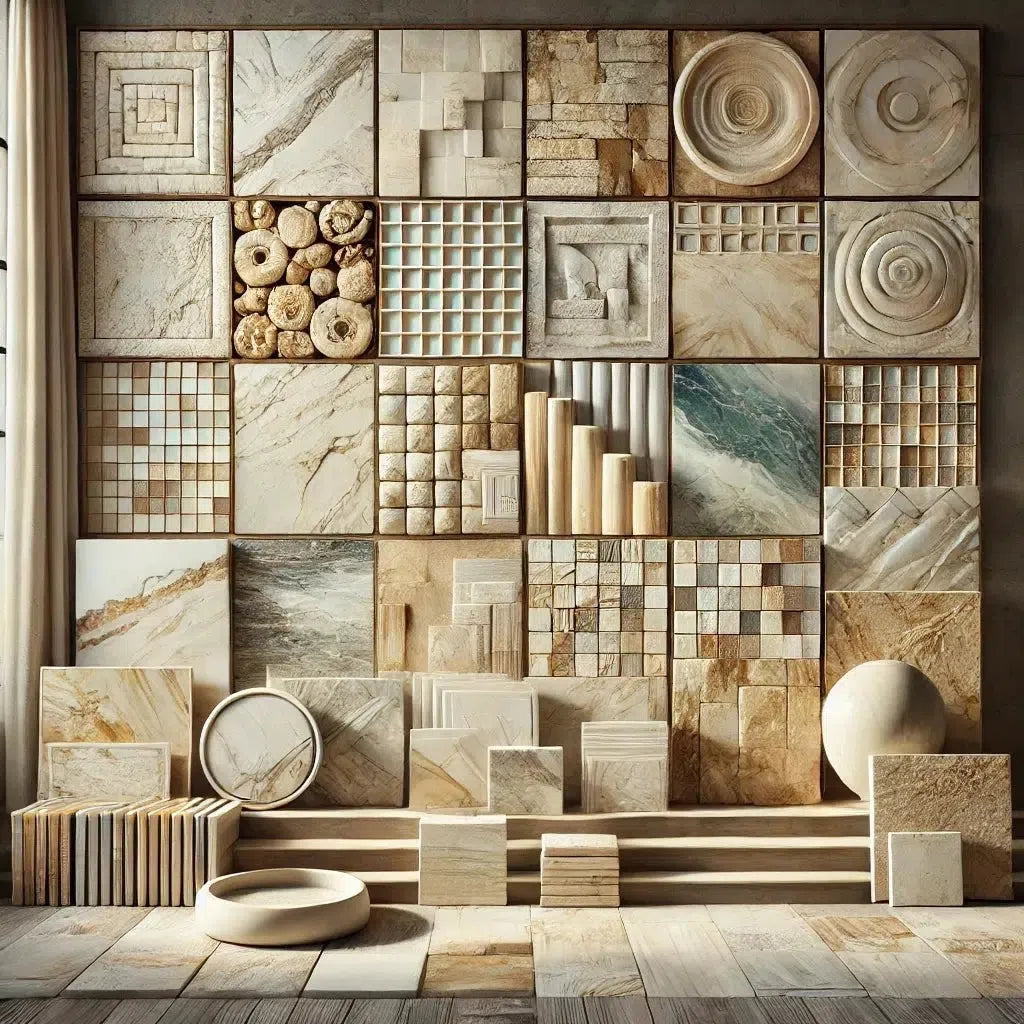 Best Selling Marble Collections
Best Selling Marble Collections
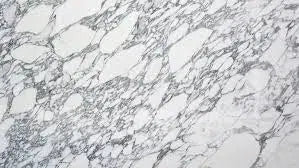 Arabescato Corchia
Arabescato Corchia Bardiglio
Bardiglio Bianco Dolomite
Bianco Dolomite 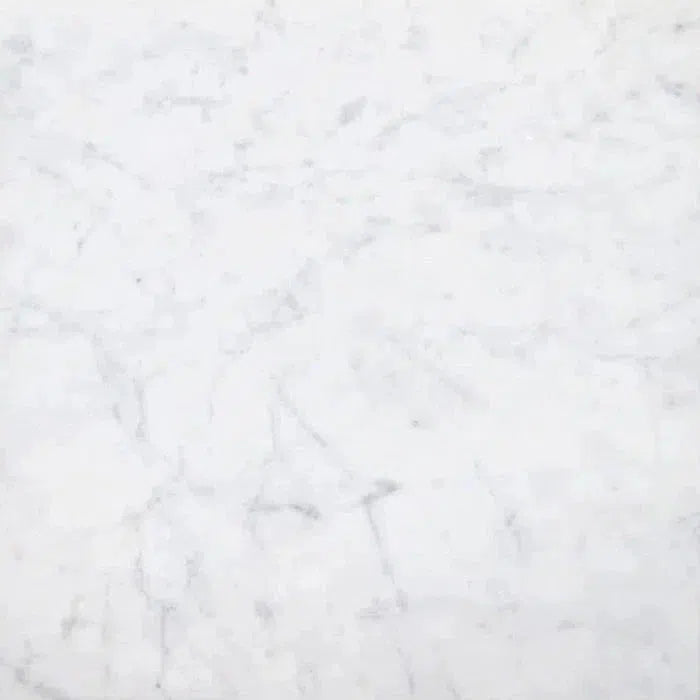 Carrara White
Carrara White 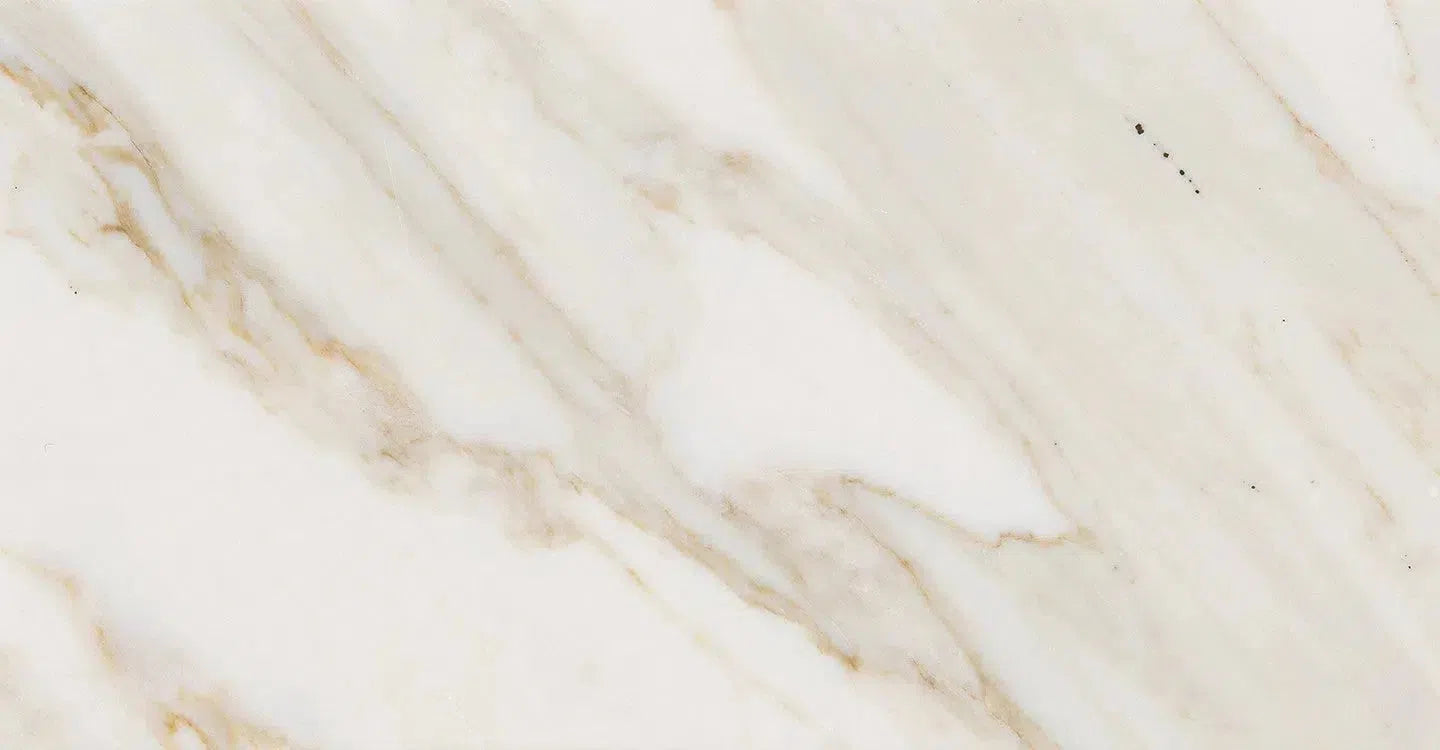 Calacatta Gold
Calacatta Gold Crema Marfil
Crema Marfil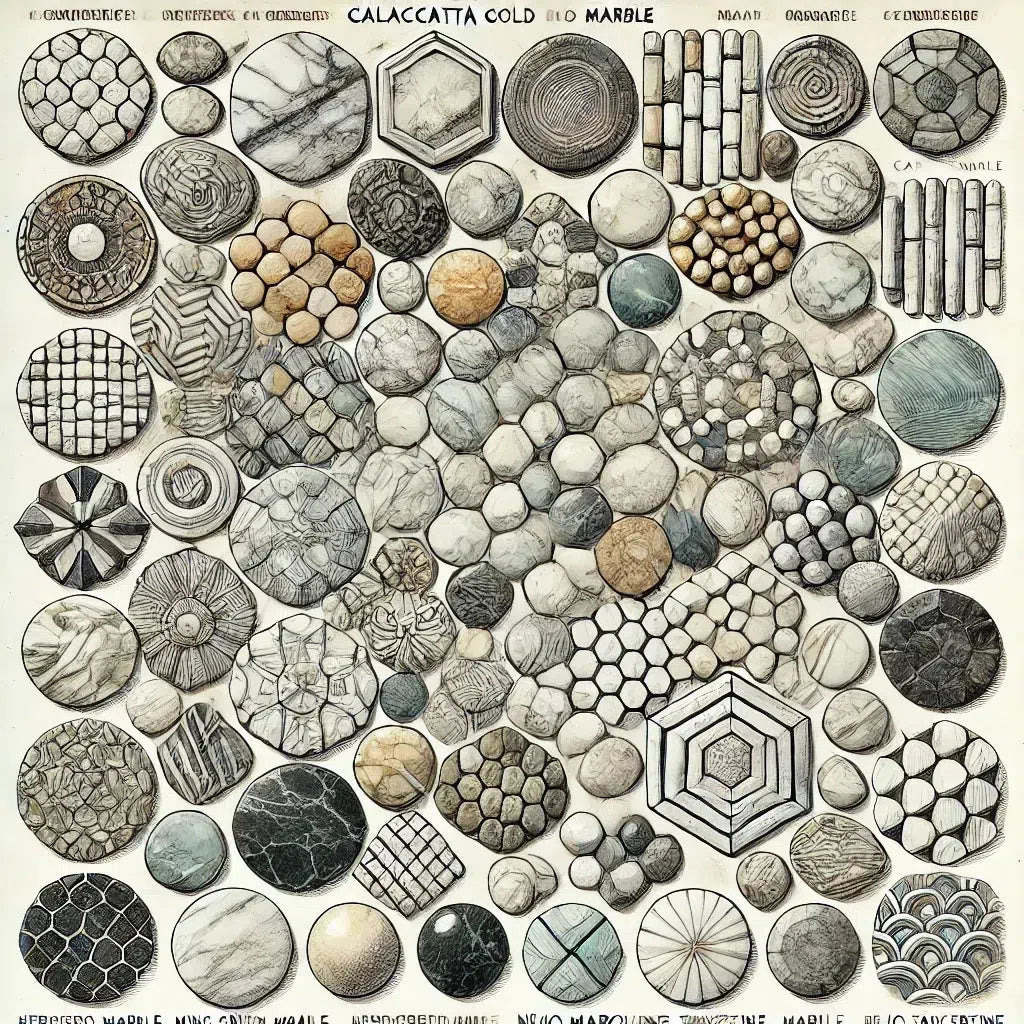 Custom Made Mosaic
Custom Made Mosaic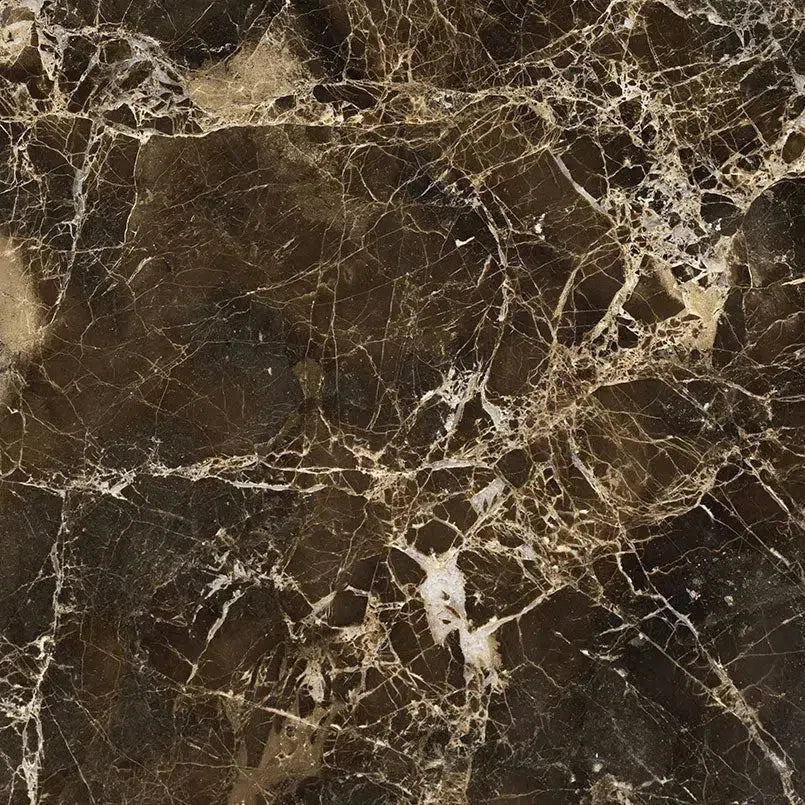 Emperador Dark
Emperador Dark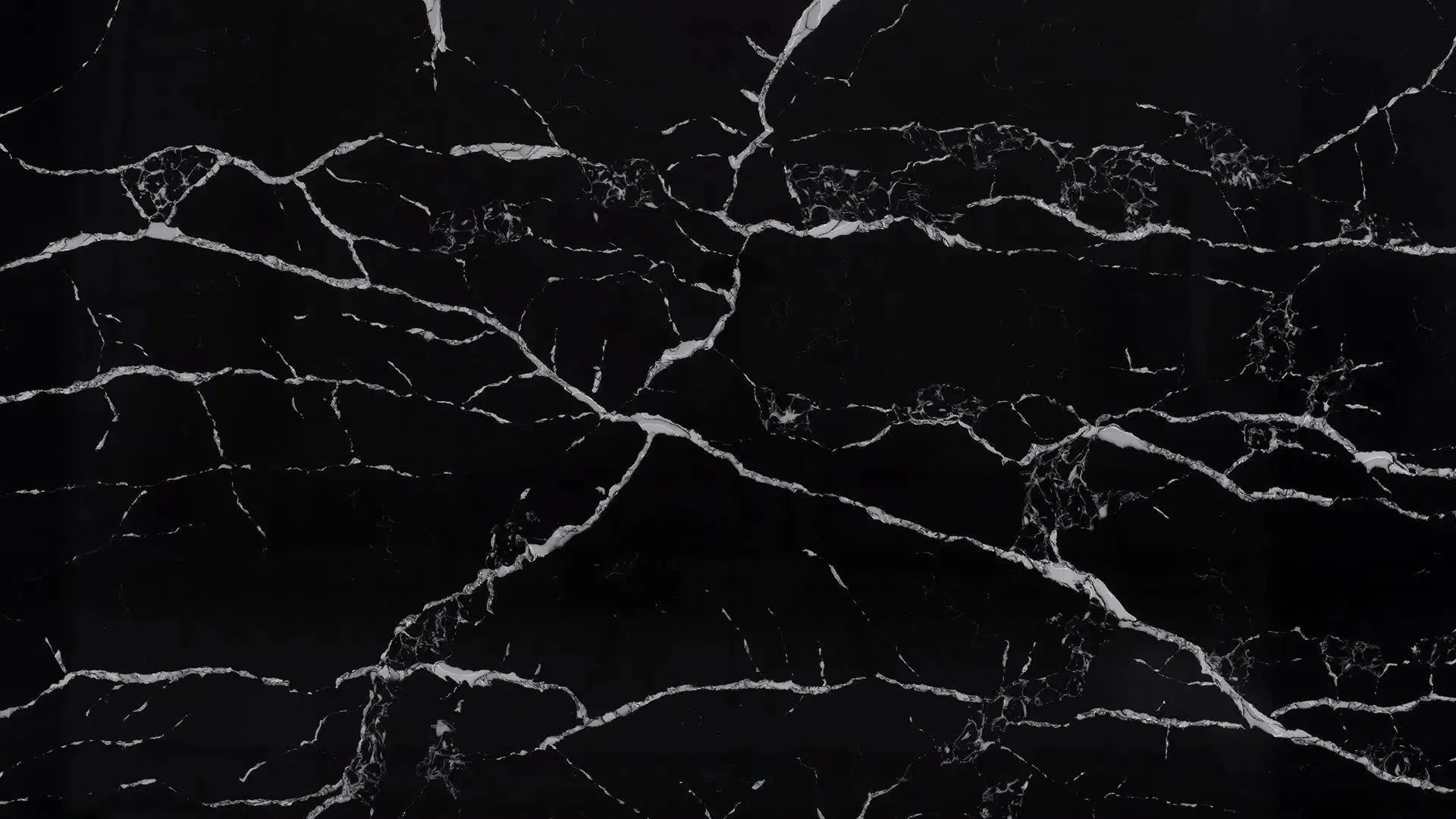 Nero Marquina
Nero Marquina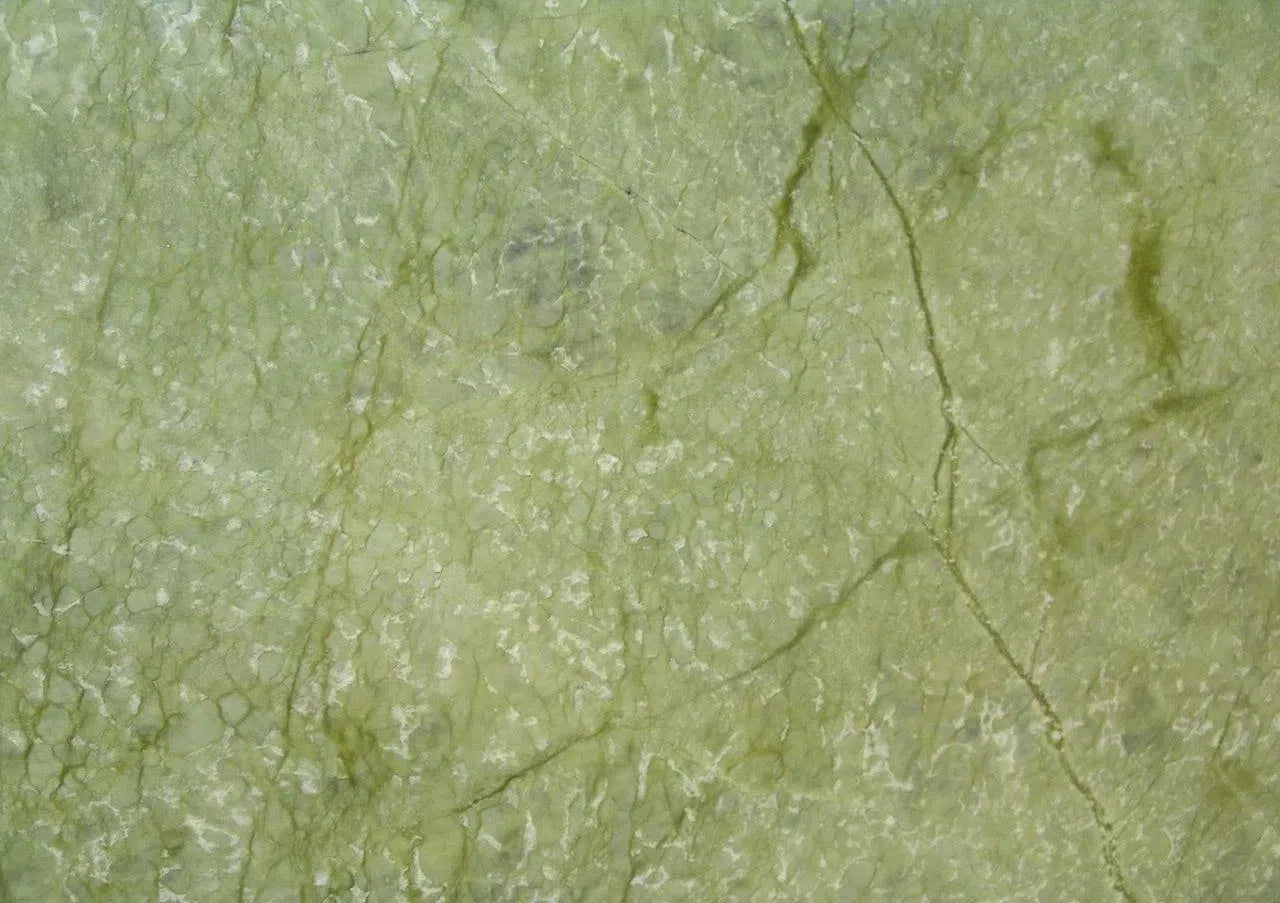 Ming Green Marble
Ming Green Marble Oriental White Marble (Asian Statuary Marble)
Oriental White Marble (Asian Statuary Marble)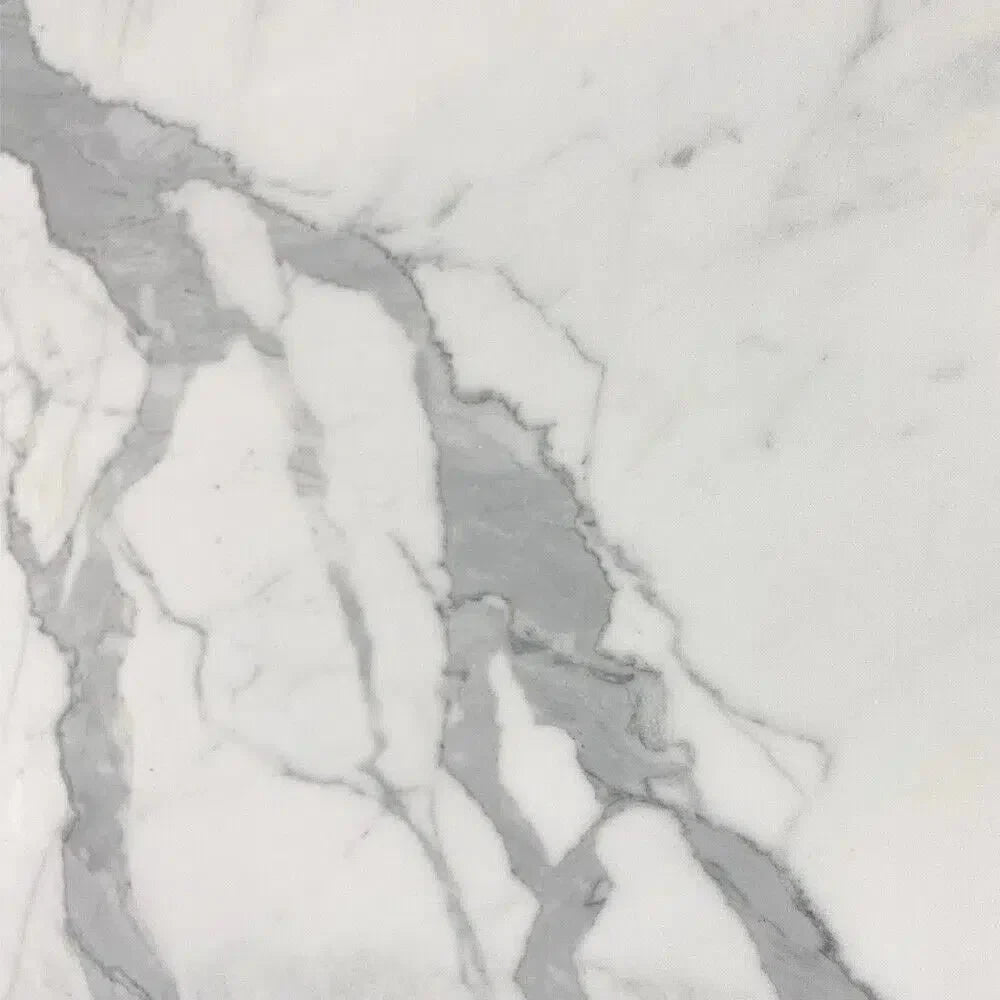 Statuary - Statuario White (Italian) Marble
Statuary - Statuario White (Italian) Marble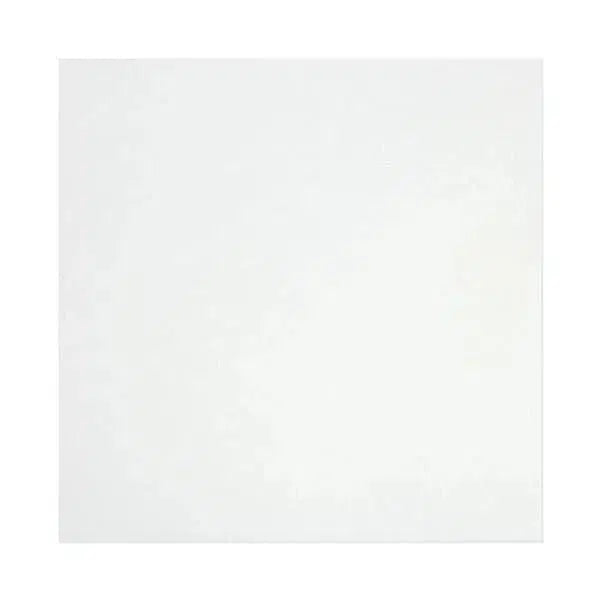 Thassos White
Thassos White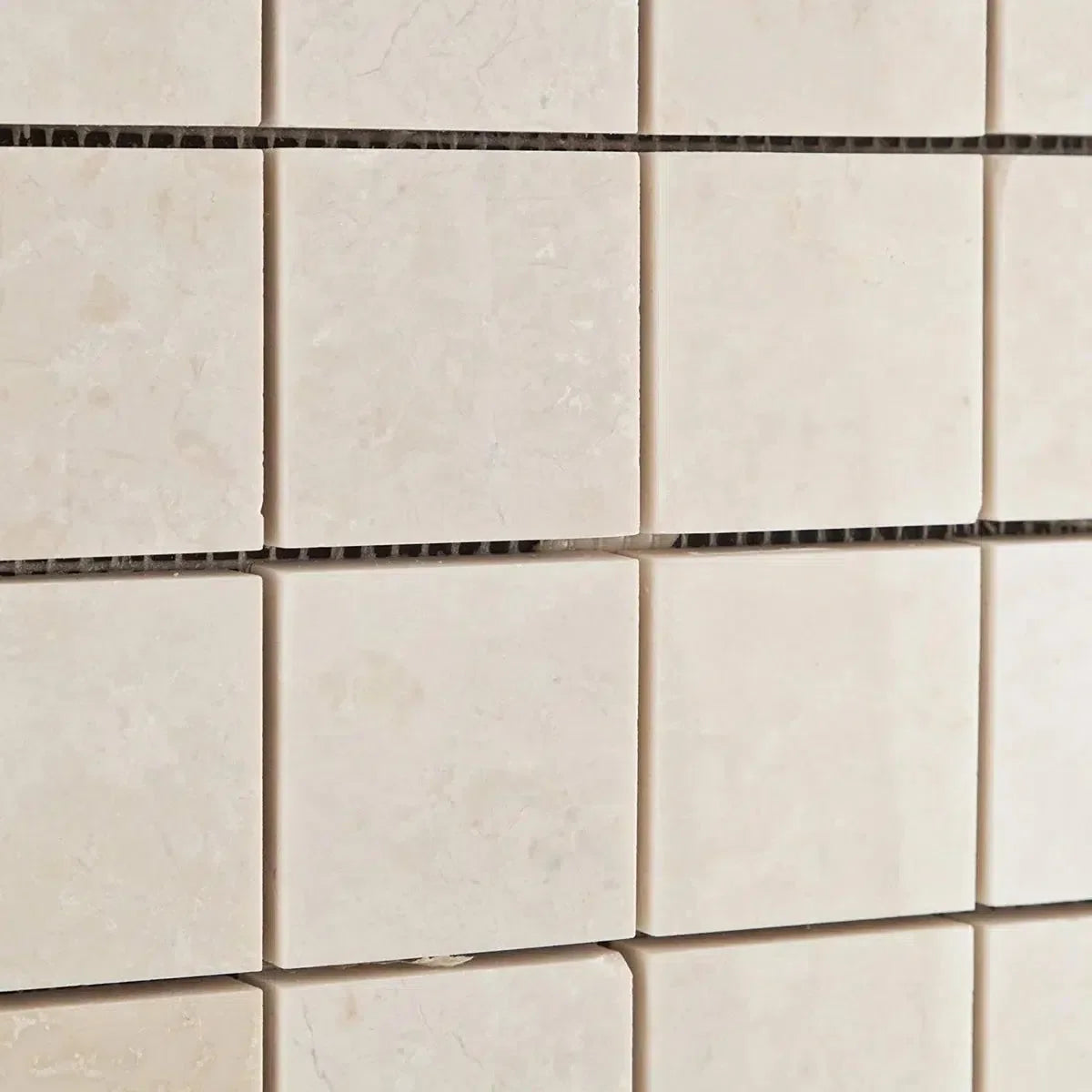 White Pearl/Botticino Beige Marble
White Pearl/Botticino Beige Marble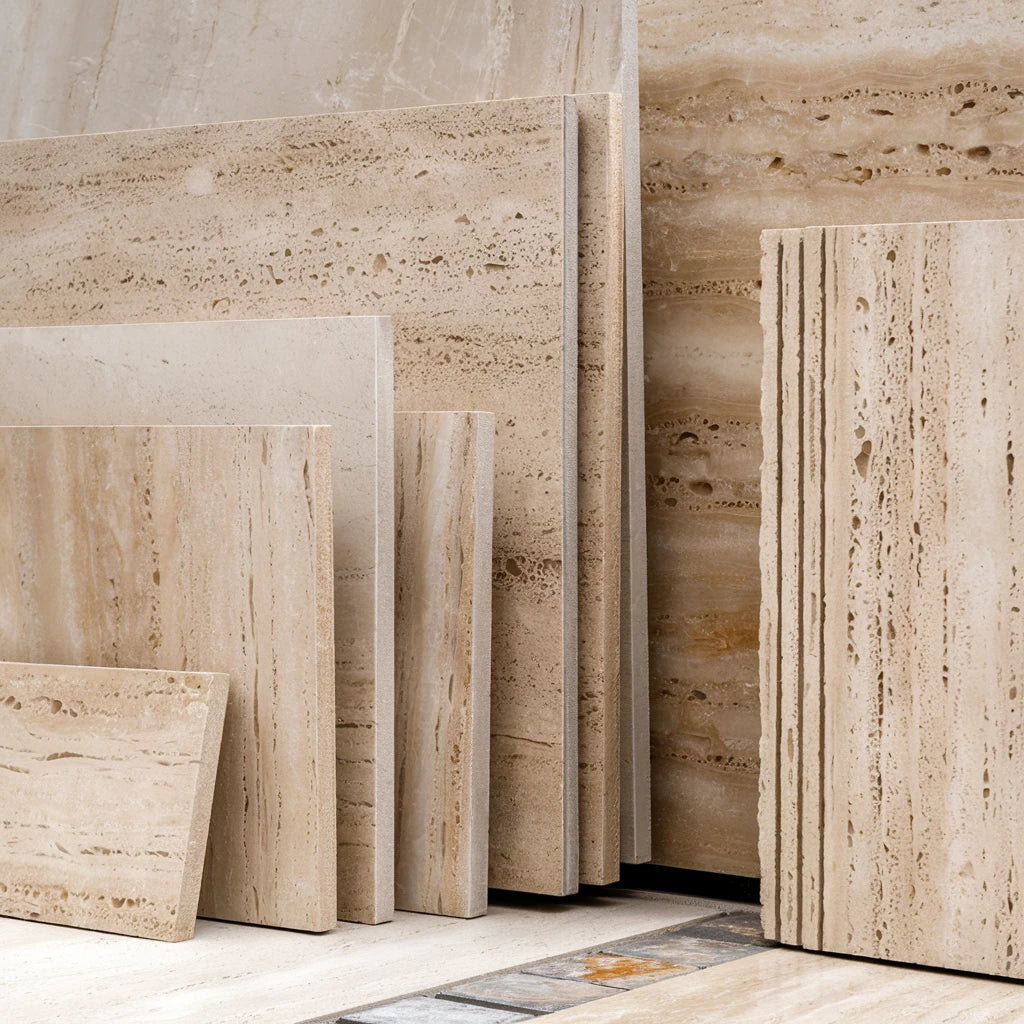 Best Selling Travertine Collections
Best Selling Travertine Collections
 Ivory Travertine
Ivory Travertine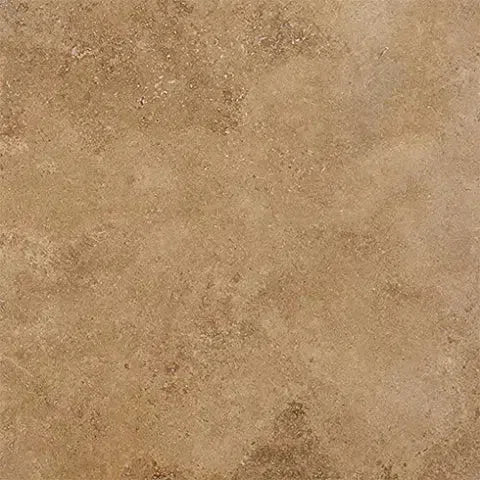 Noce Travertine
Noce Travertine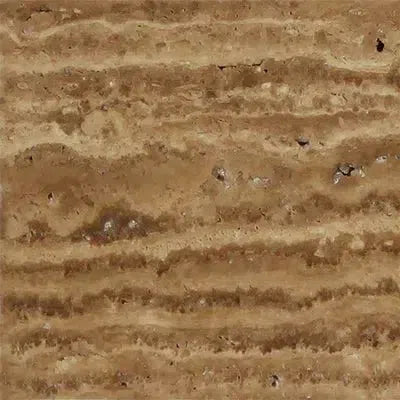 Exotic Noce Travertine
Exotic Noce Travertine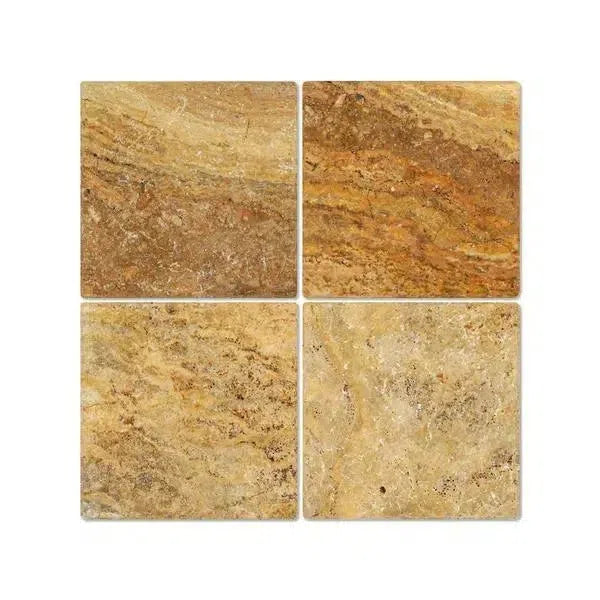 Scabos | Autumn Leaves Travertine
Scabos | Autumn Leaves Travertine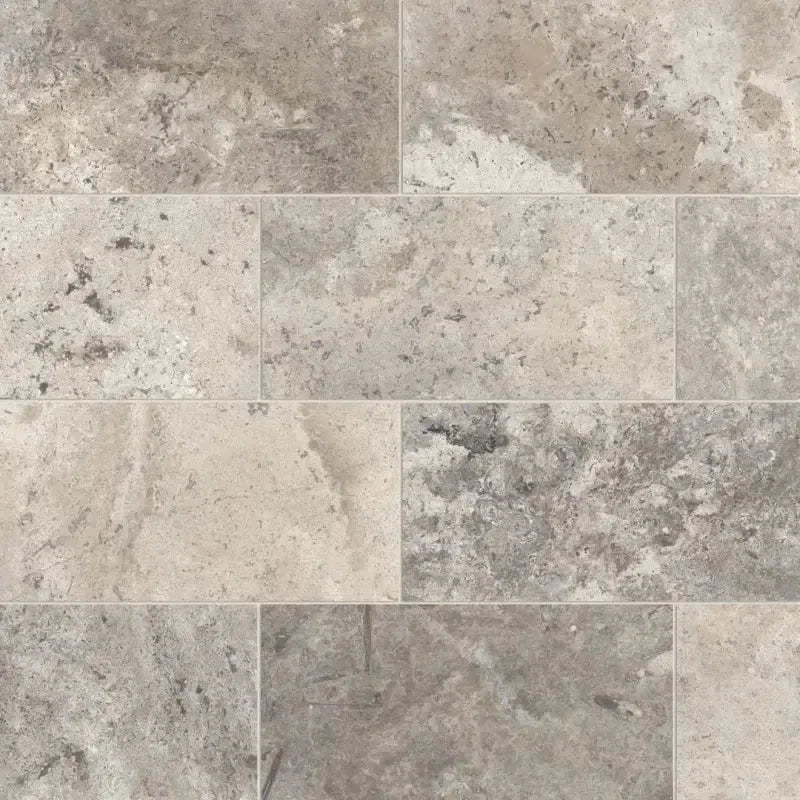 Silver Travertine
Silver Travertine Exotic Travertine
Exotic Travertine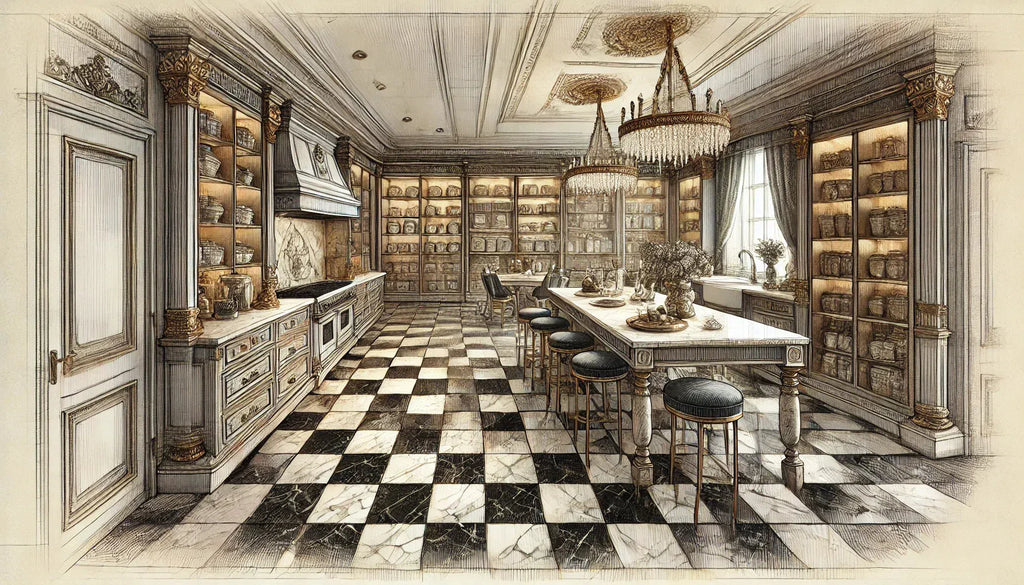 Checkerboard
Checkerboard
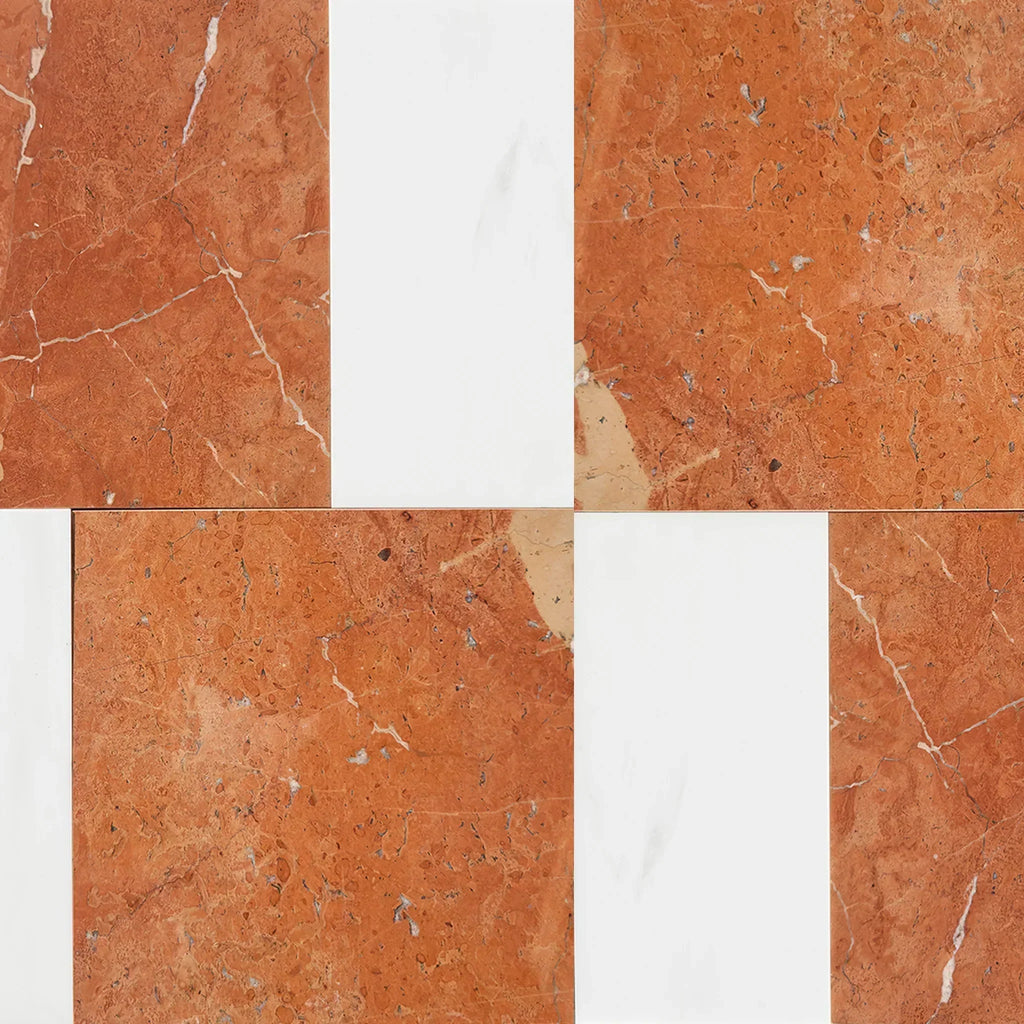 Patterned Tile
Patterned Tile
 Shop By Material
Shop By Material
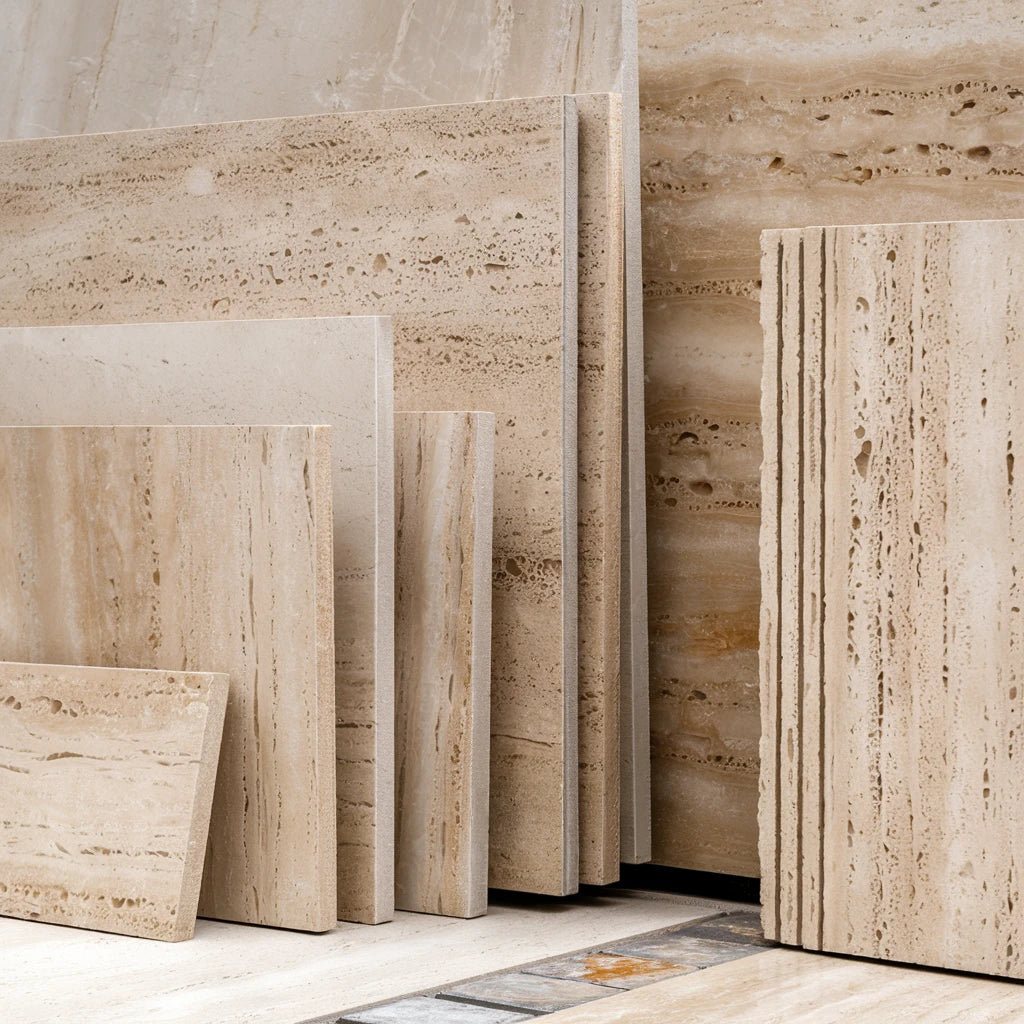 Travertine
Travertine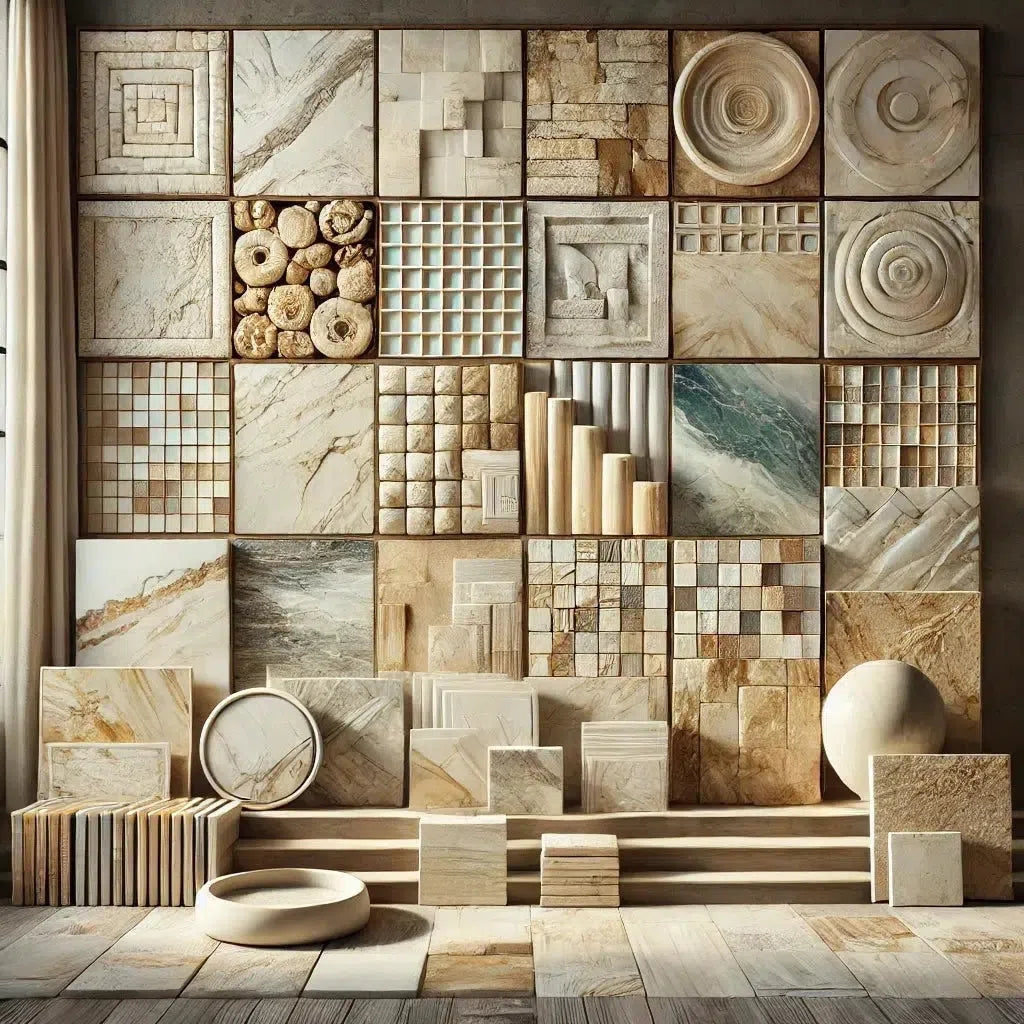 Marble
Marble Limestone
Limestone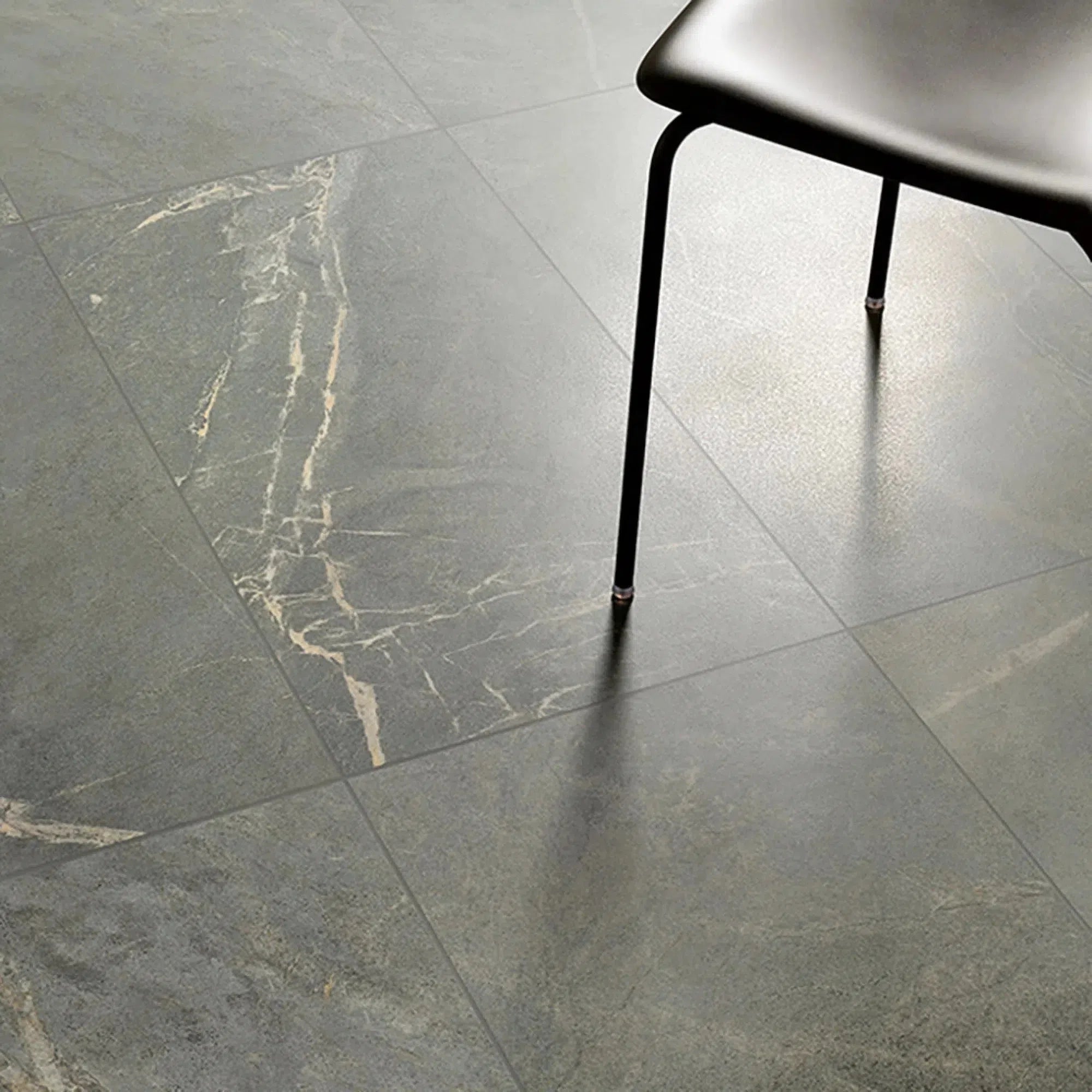 Soap Stone
Soap Stone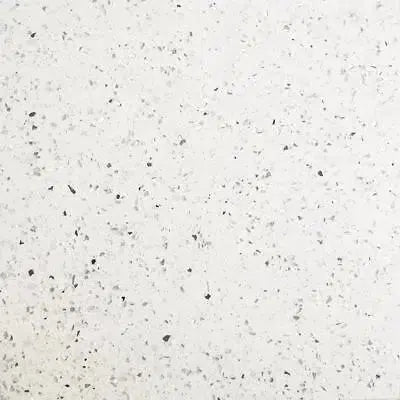 Quartz
Quartz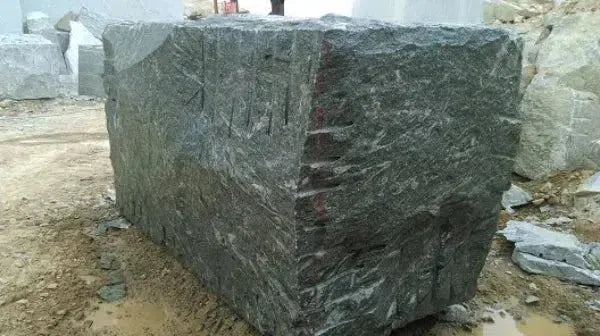 Granite
Granite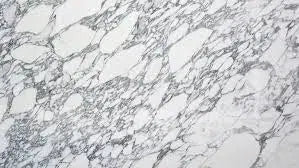 Shop By Name
Shop By Name
 Absolute Black Granite
Absolute Black Granite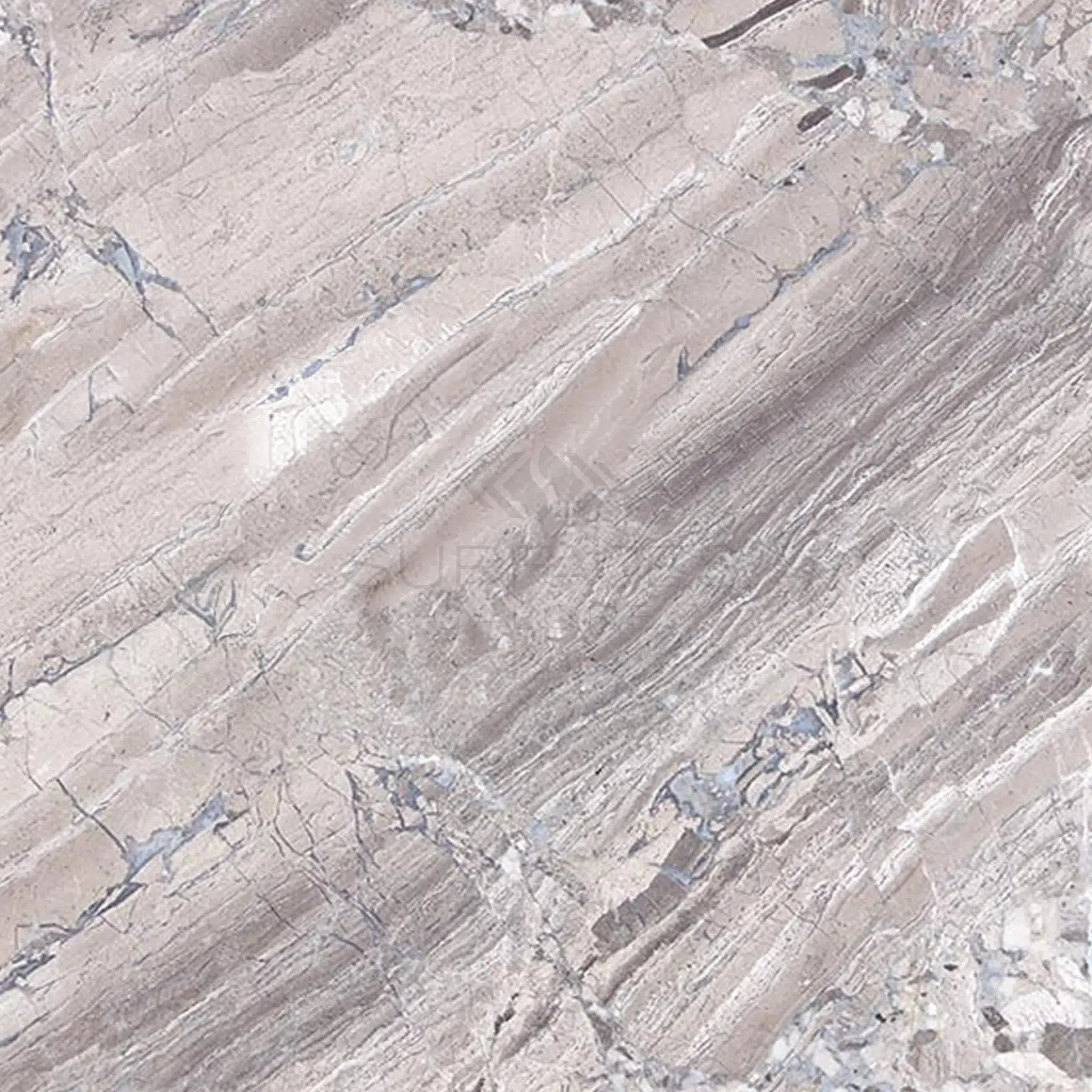 Atlantic Gray Marble
Atlantic Gray Marble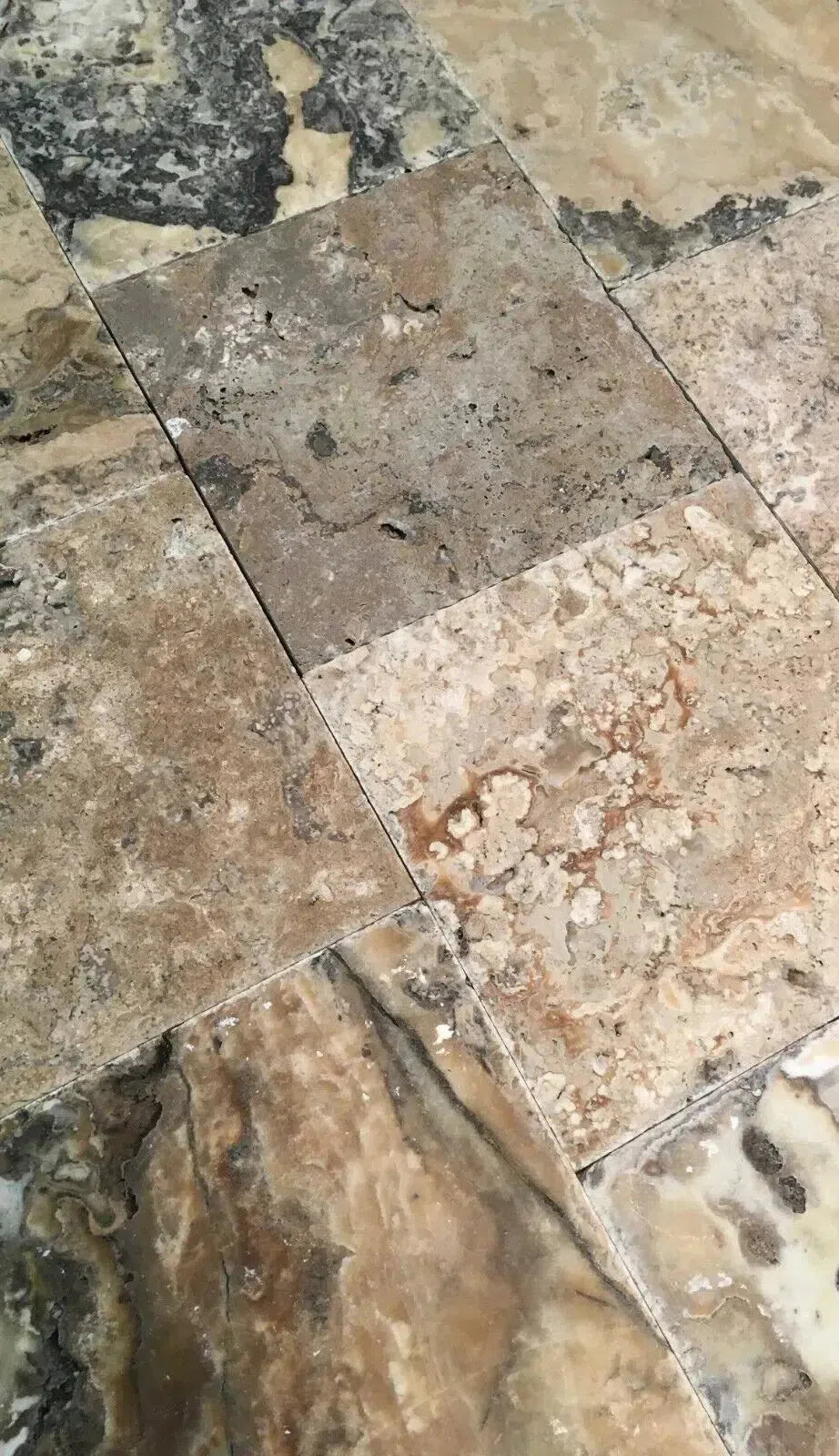 Antico Onyx Travertine
Antico Onyx Travertine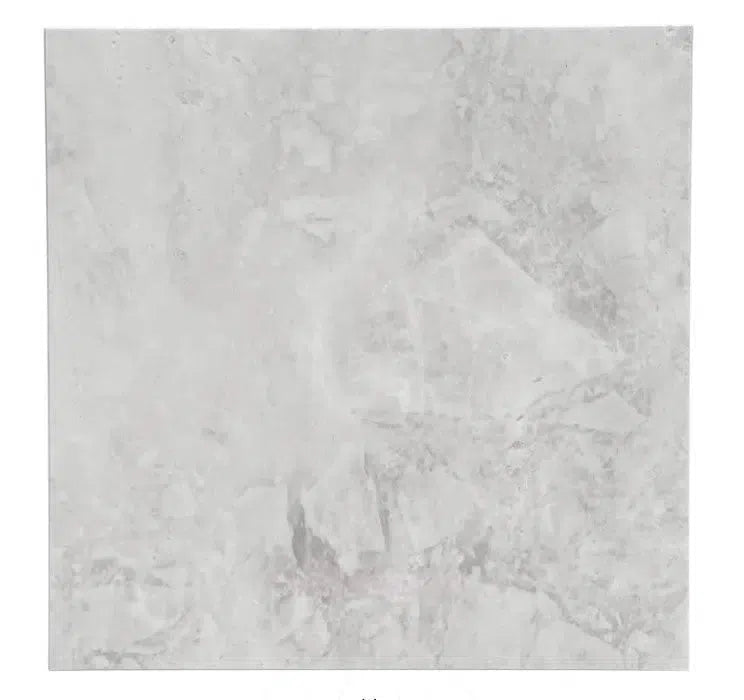 Bianco Congelato Dolomite
Bianco Congelato Dolomite Bianco Venatino (Bianco Mare) Marble
Bianco Venatino (Bianco Mare) Marble Burgundy Mocha Marble
Burgundy Mocha Marble Calacatta Verde Royale Marble
Calacatta Verde Royale Marble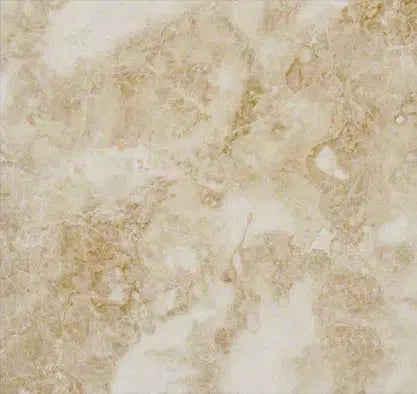 Cappuccino Marble
Cappuccino Marble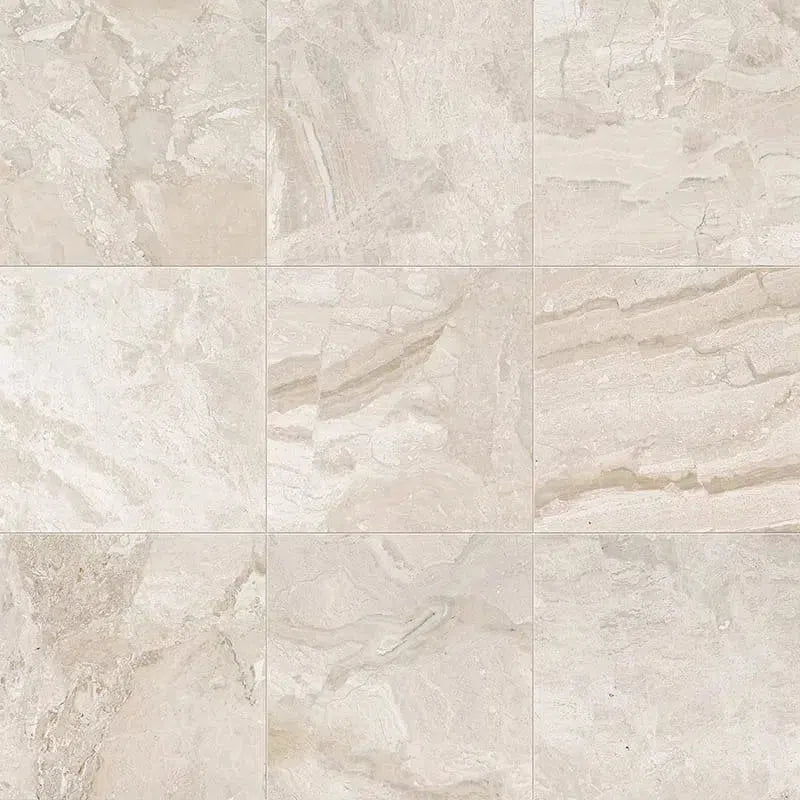 Diano Royal (Queen Beige) Marble
Diano Royal (Queen Beige) Marble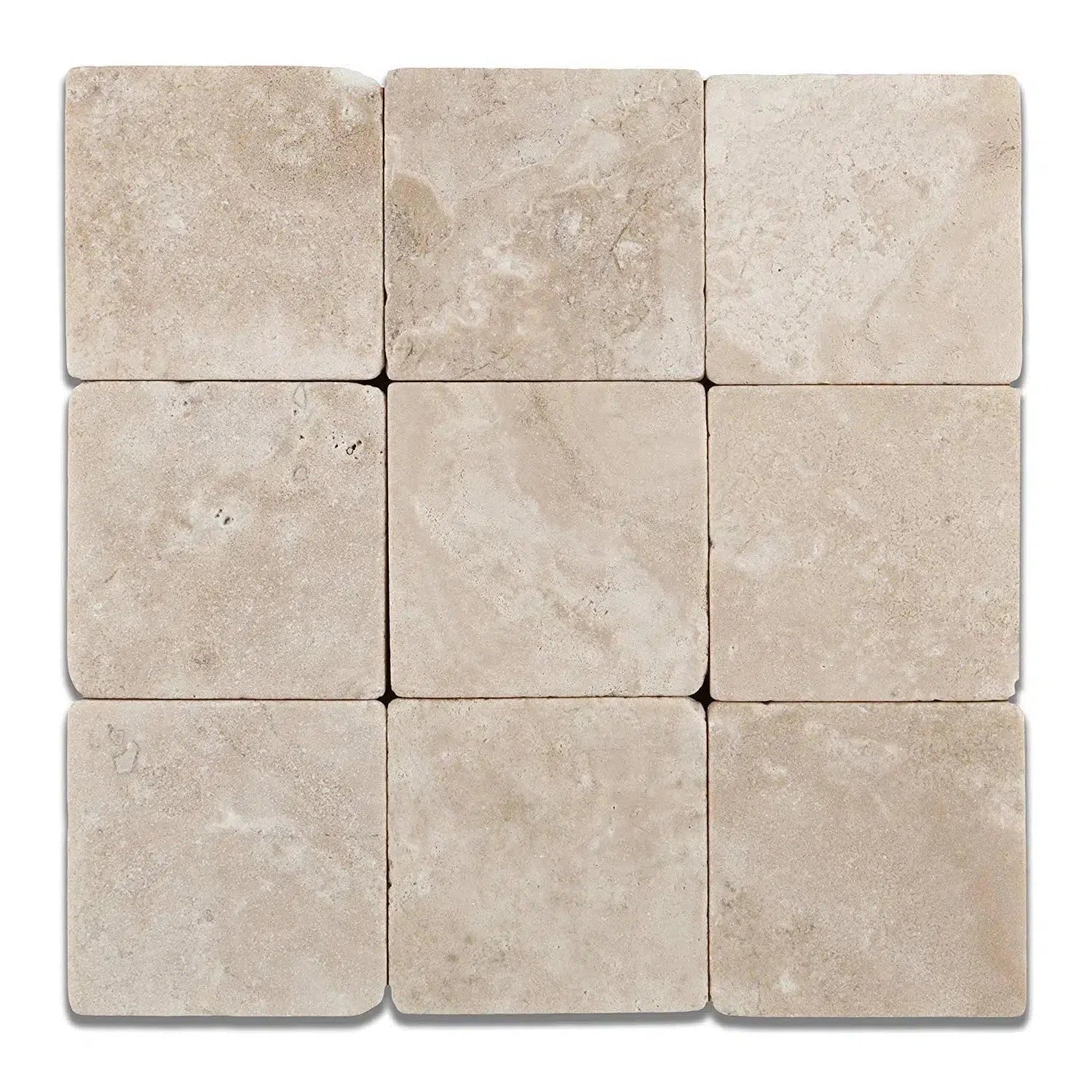 Durango Cream Traverine
Durango Cream Traverine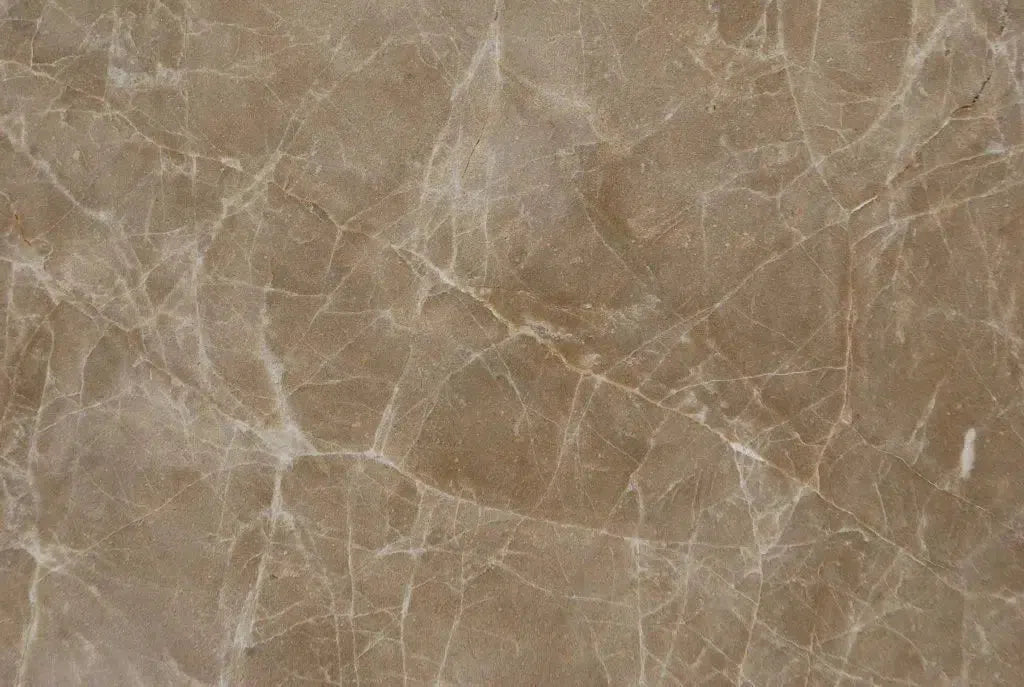 Emperador Light Marble
Emperador Light Marble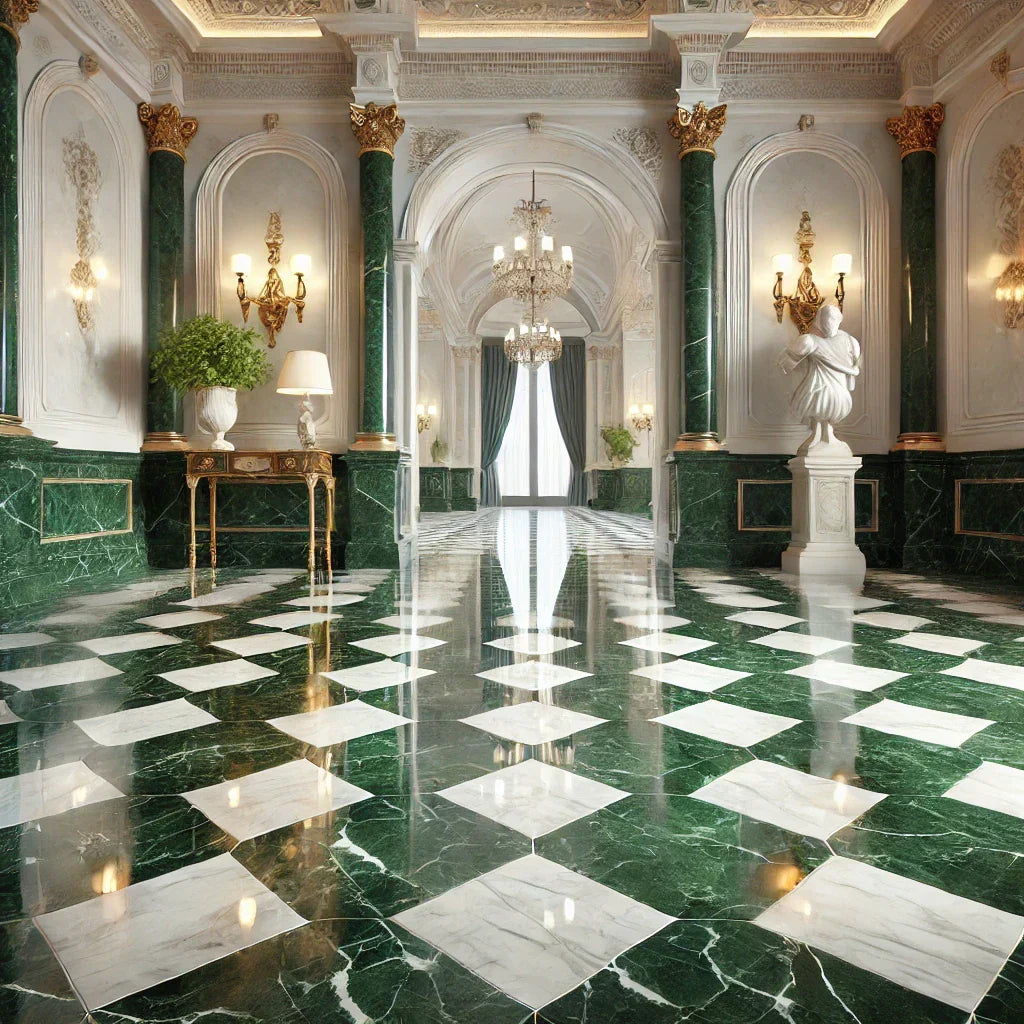 Empress Green Marble
Empress Green Marble Gold/Yellow Travertine
Gold/Yellow Travertine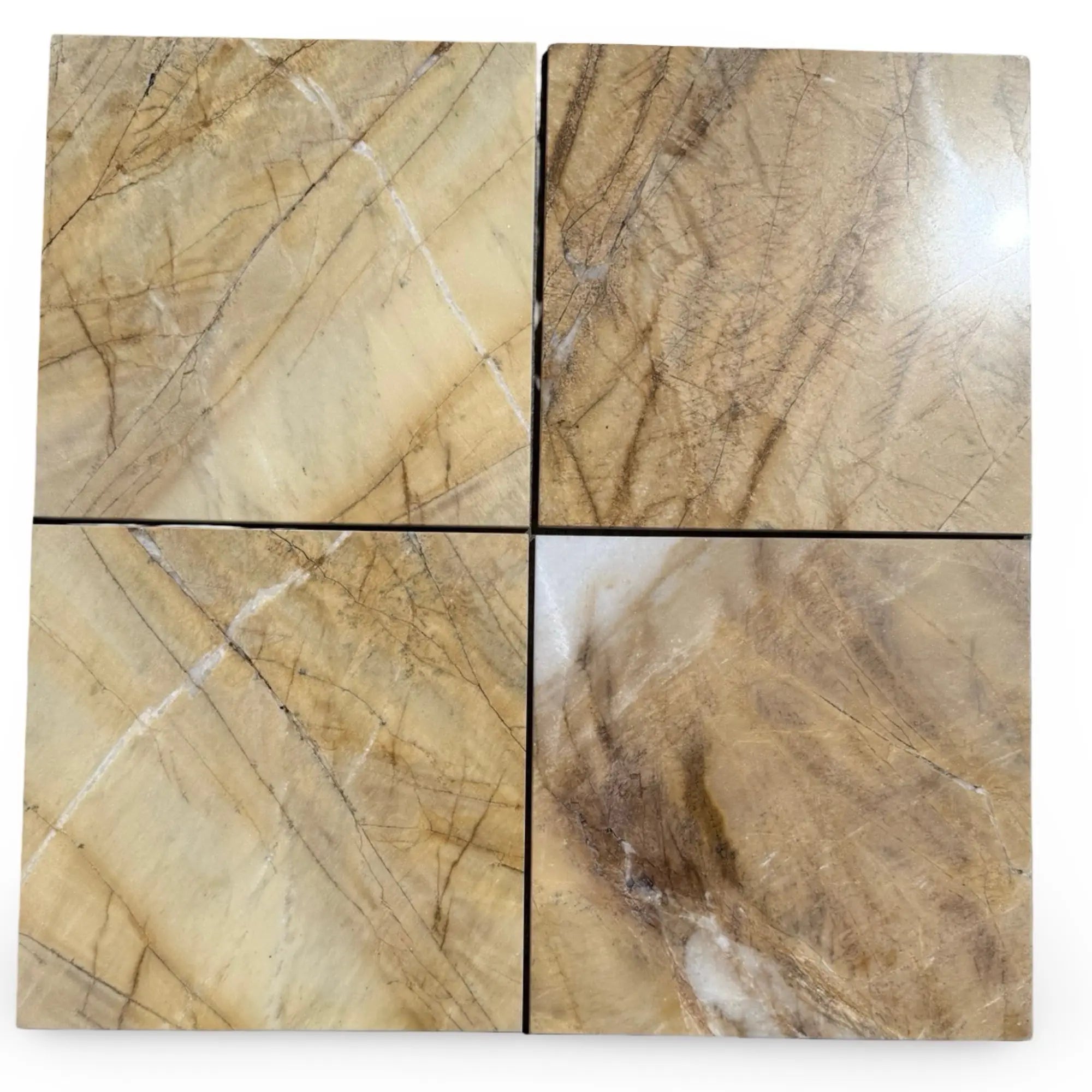 Golden Horizon Marble
Golden Horizon Marble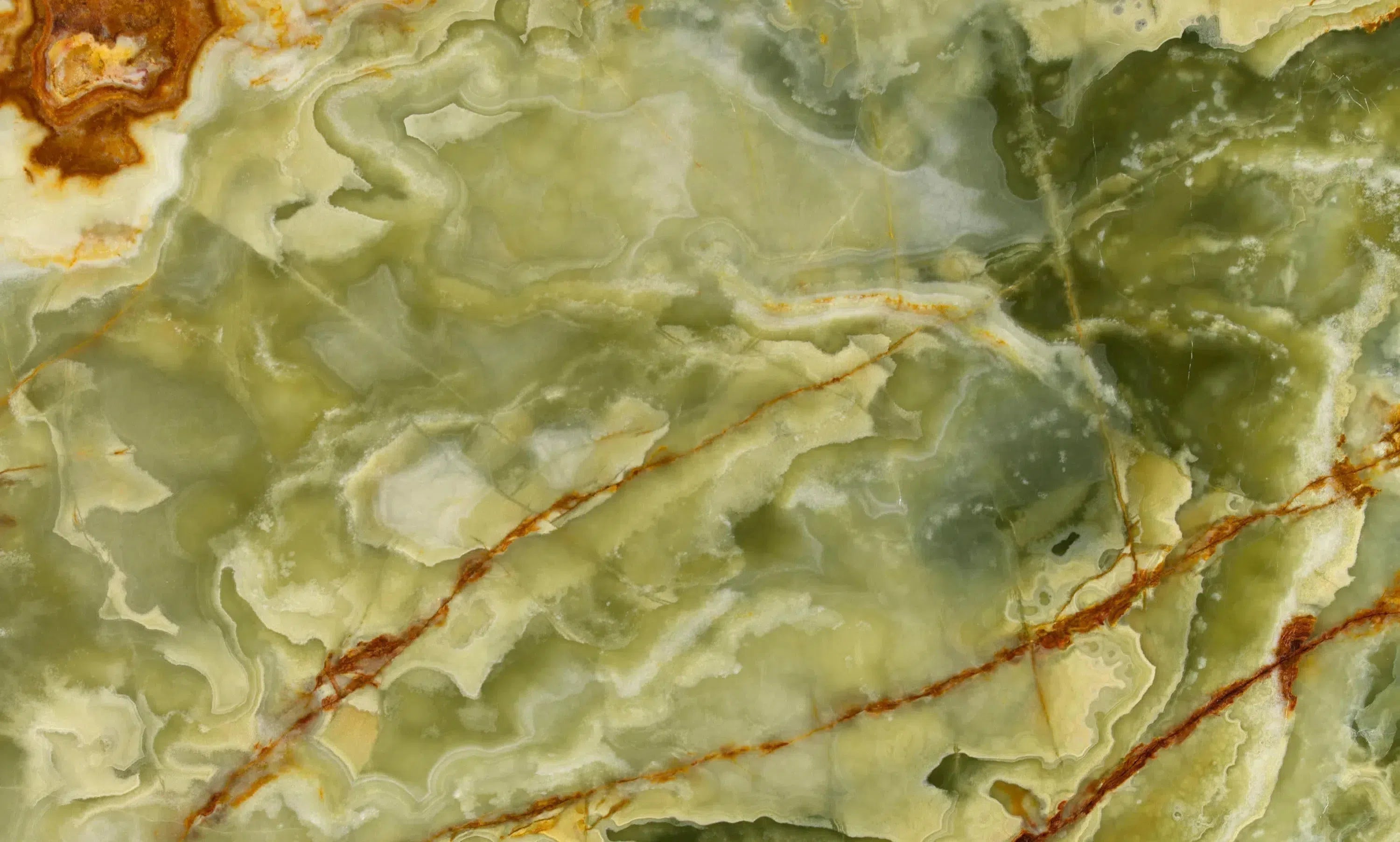 Green Onyx Marble
Green Onyx Marble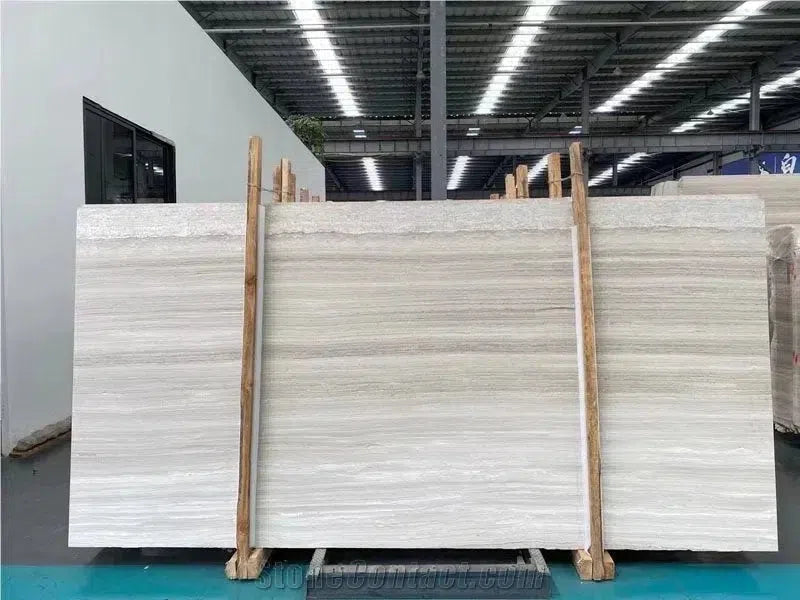 Haisa Light (White Wood) Limestone
Haisa Light (White Wood) Limestone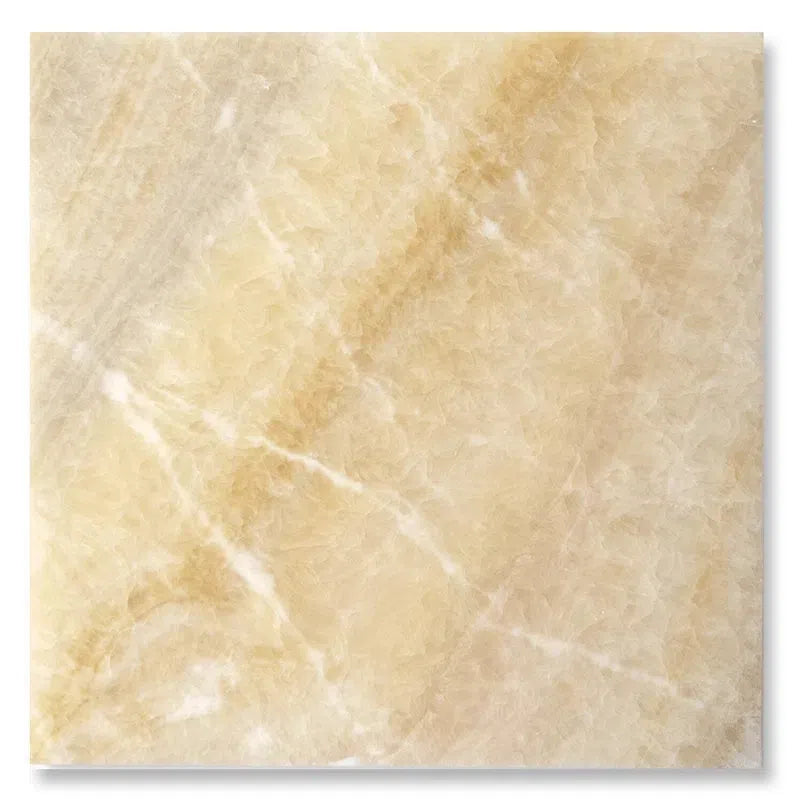 Honey Onyx Marble
Honey Onyx Marble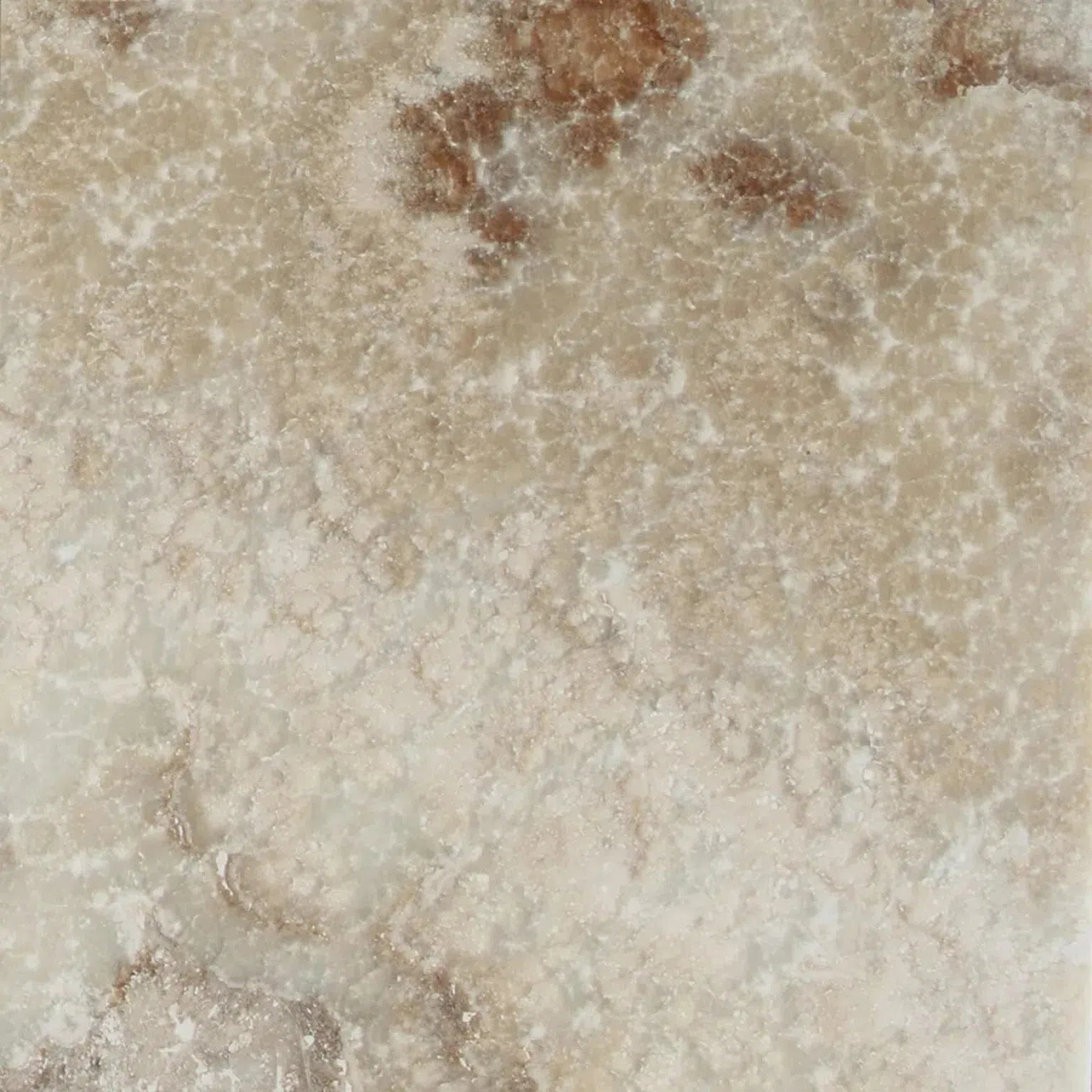 La Travonya Travertine
La Travonya Travertine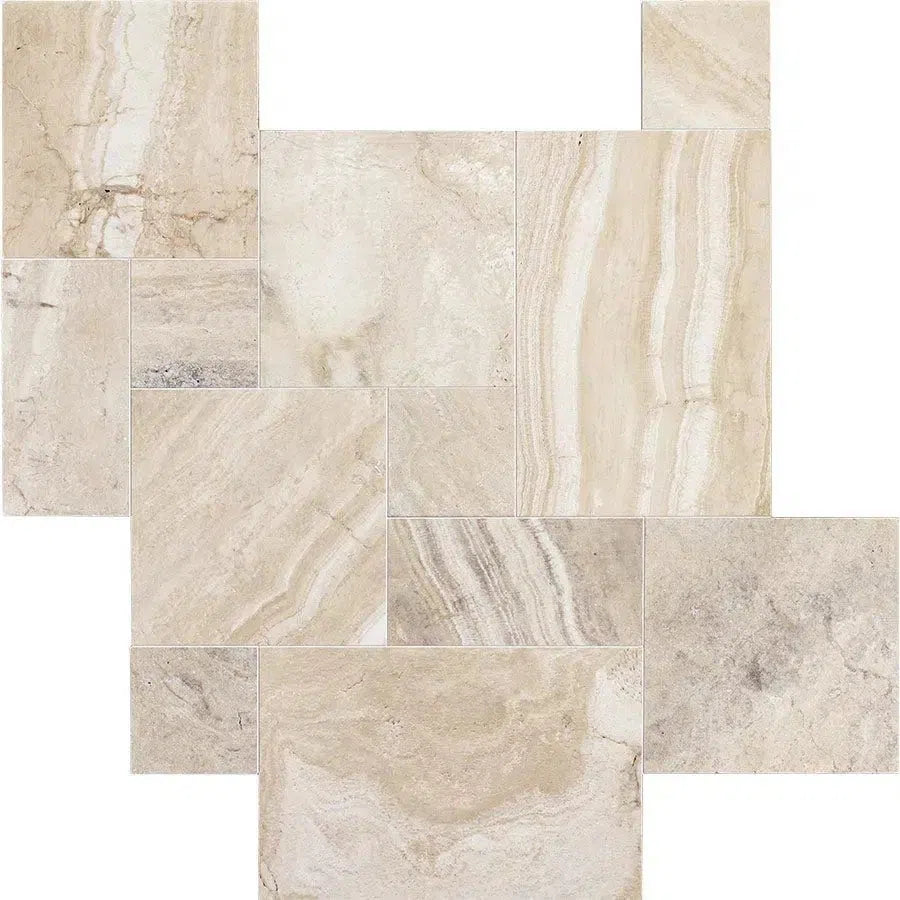 Malibu Travertine
Malibu Travertine Mink (Equator) Marble
Mink (Equator) Marble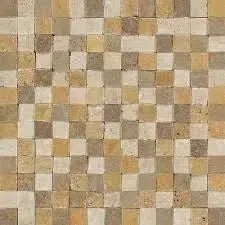 Mixed (Ivory-Noce-Gold) Travertine
Mixed (Ivory-Noce-Gold) Travertine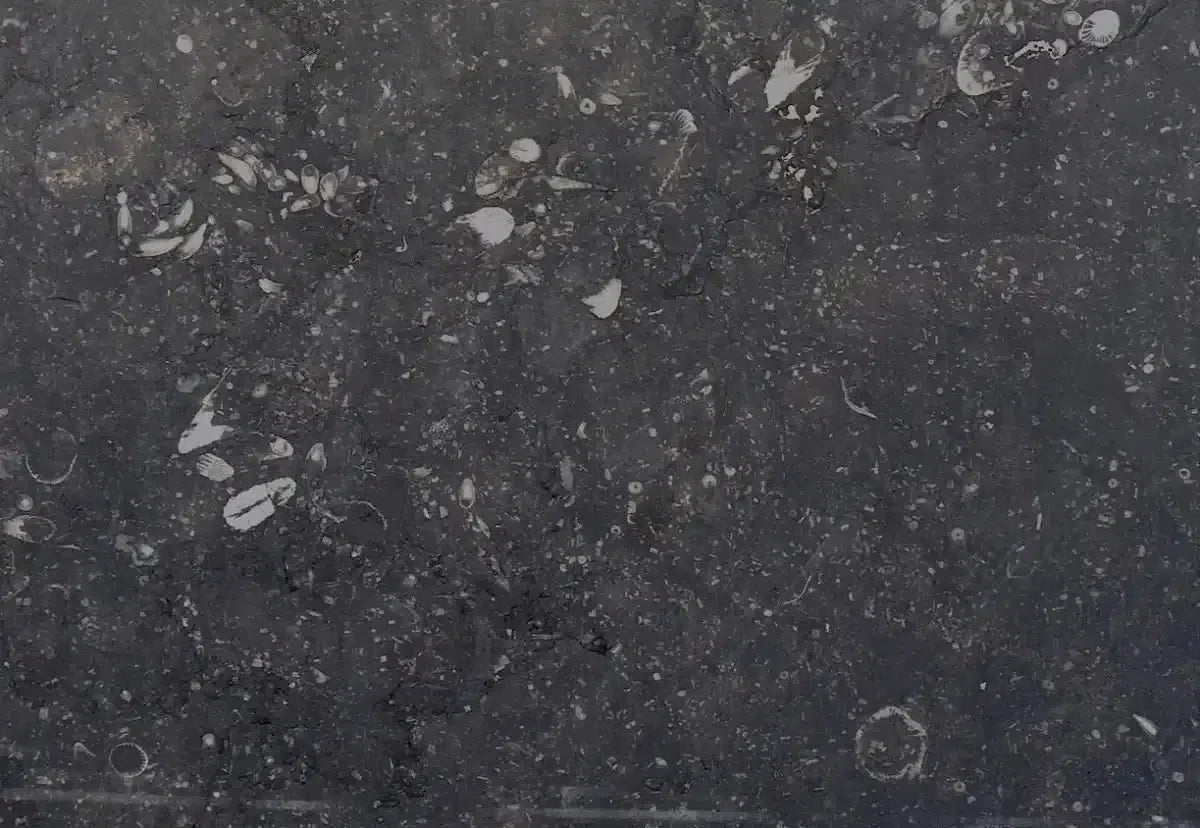 Pierre Bleue (Pierre Blue) Marble
Pierre Bleue (Pierre Blue) Marble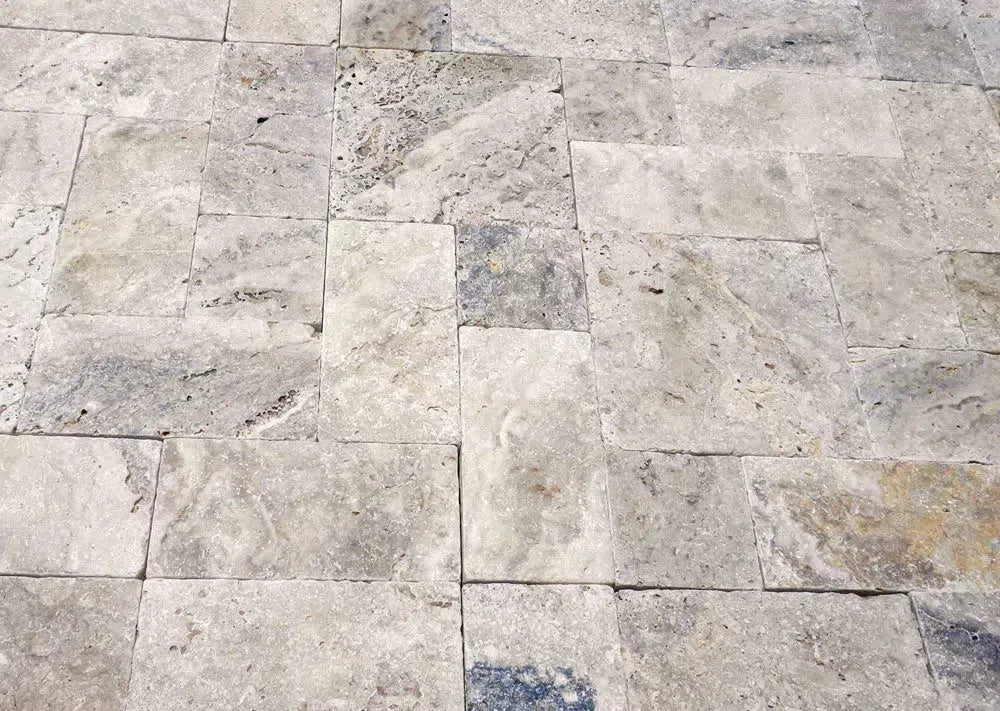 Philadelphia Travertine
Philadelphia Travertine Rosé Aurora Marble
Rosé Aurora Marble Rosetta Storm Marble
Rosetta Storm Marble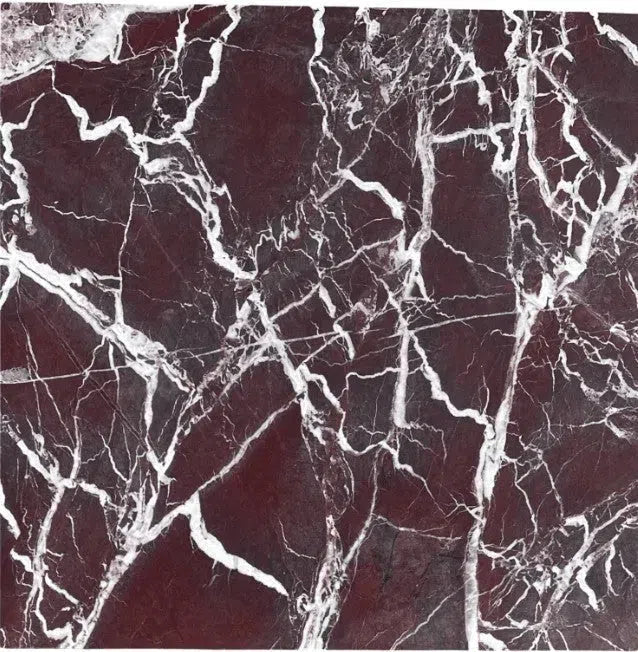 Rosso Levanto Marble
Rosso Levanto Marble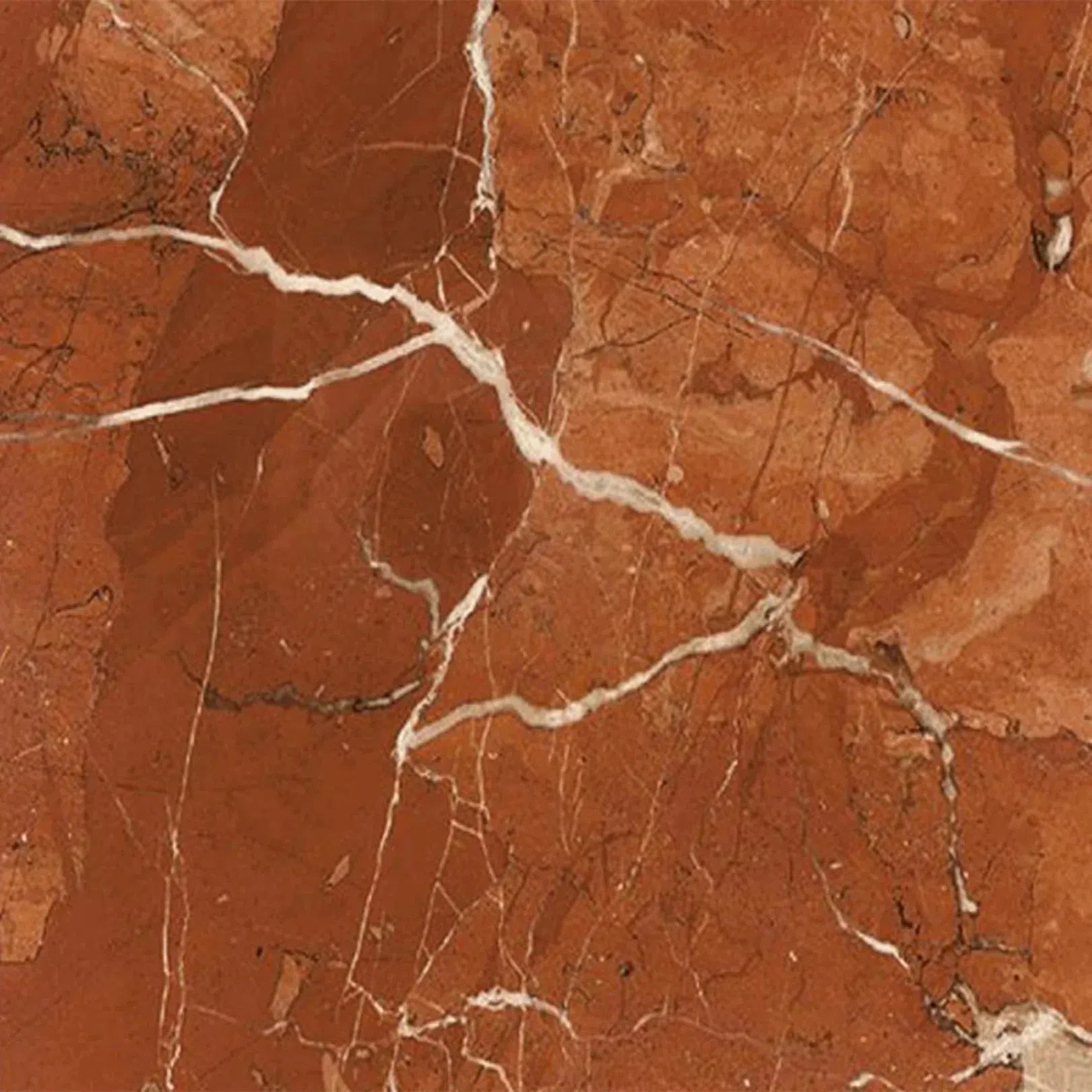 Rojo Alicante Marble
Rojo Alicante Marble Sahara Ember Marble
Sahara Ember Marble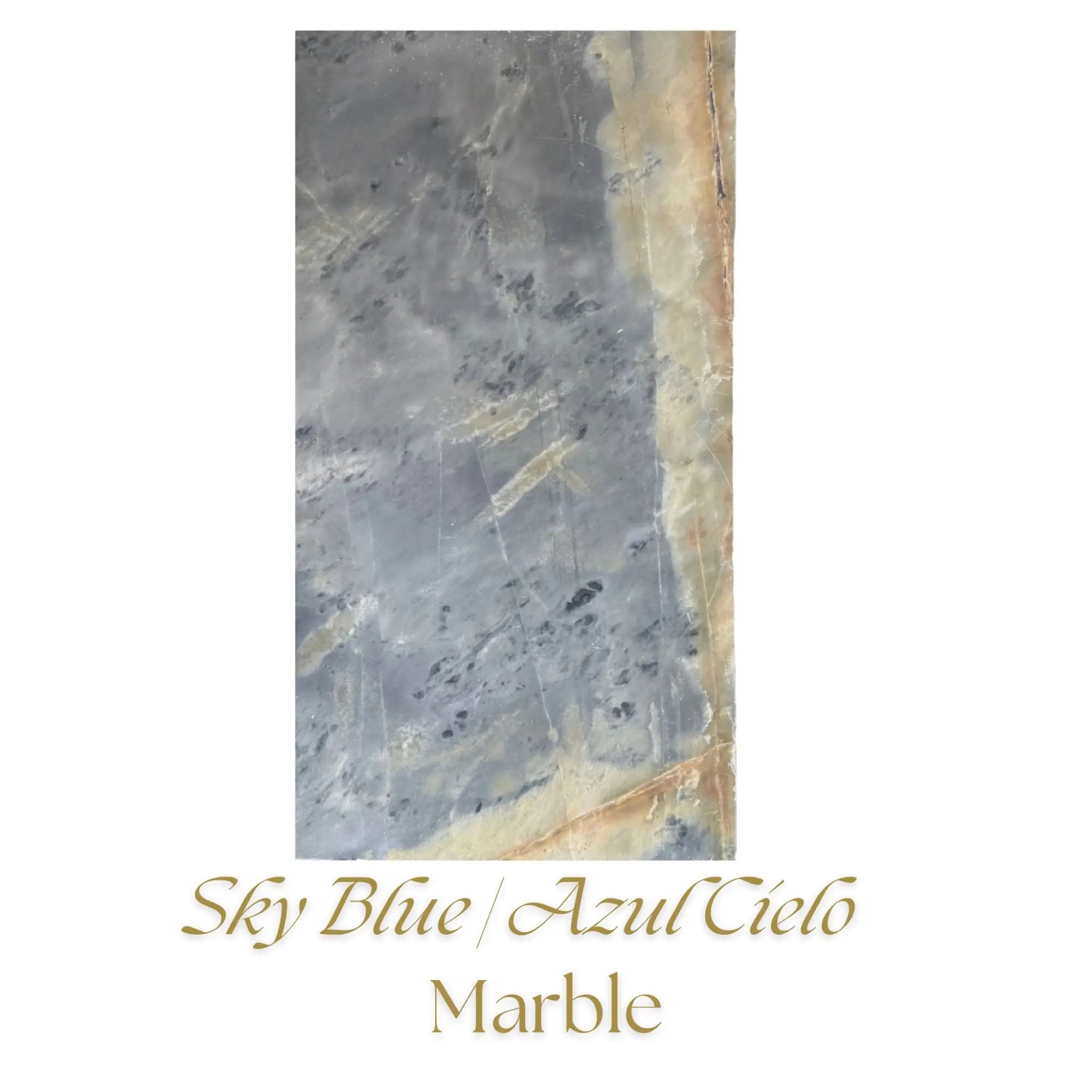 Sky Blue | Azul Cielo Marble
Sky Blue | Azul Cielo Marble Snow White (Afyon White) Marble
Snow White (Afyon White) Marble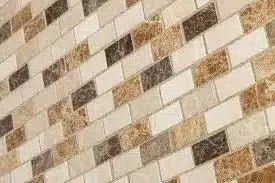 Spanish Mix Marble
Spanish Mix Marble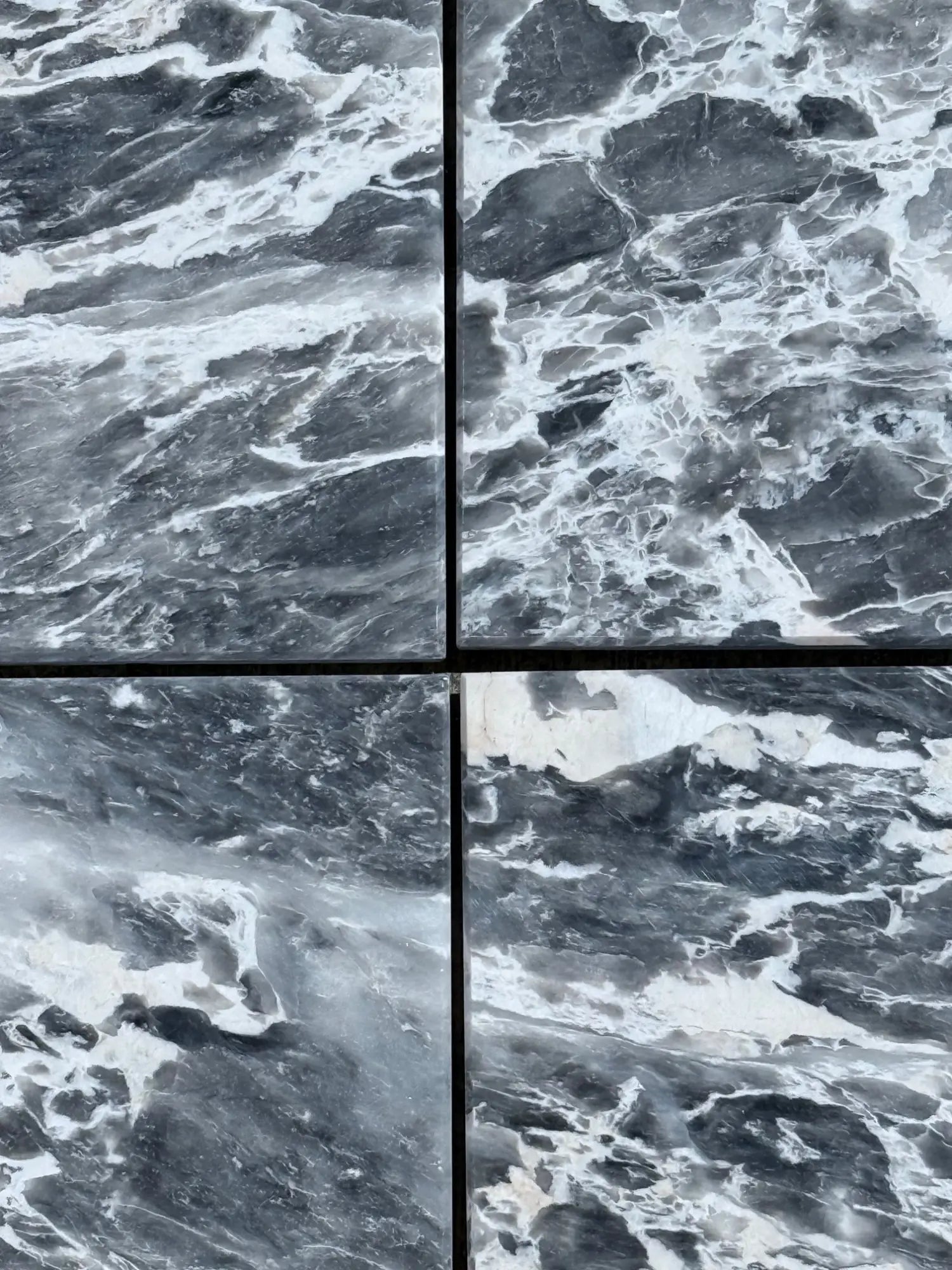 Storm Gray Marble
Storm Gray Marble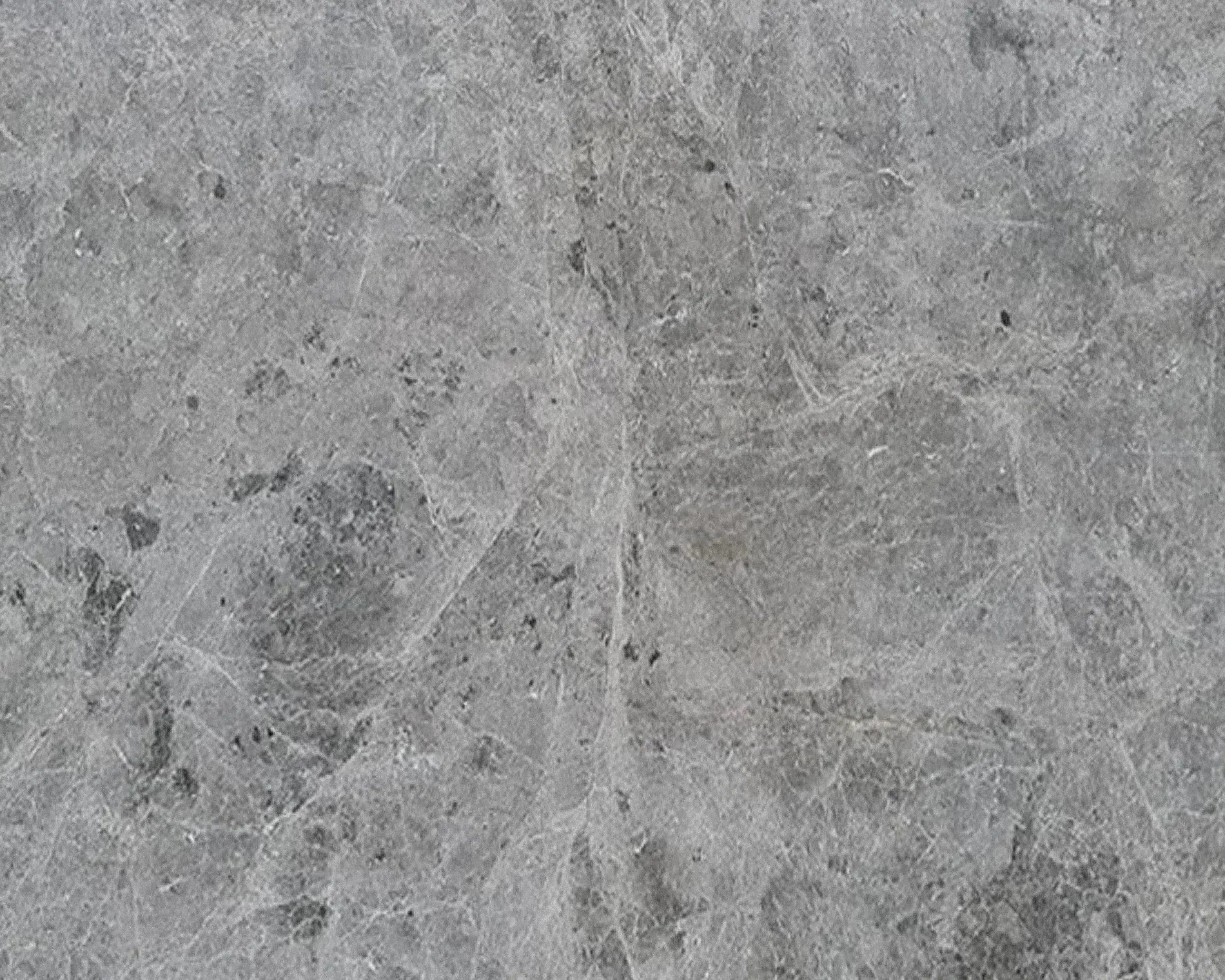 Tundra Gray (Atlantic Gray) Marble
Tundra Gray (Atlantic Gray) Marble Valencia Travertine
Valencia Travertine Valerenga Travertine
Valerenga Travertine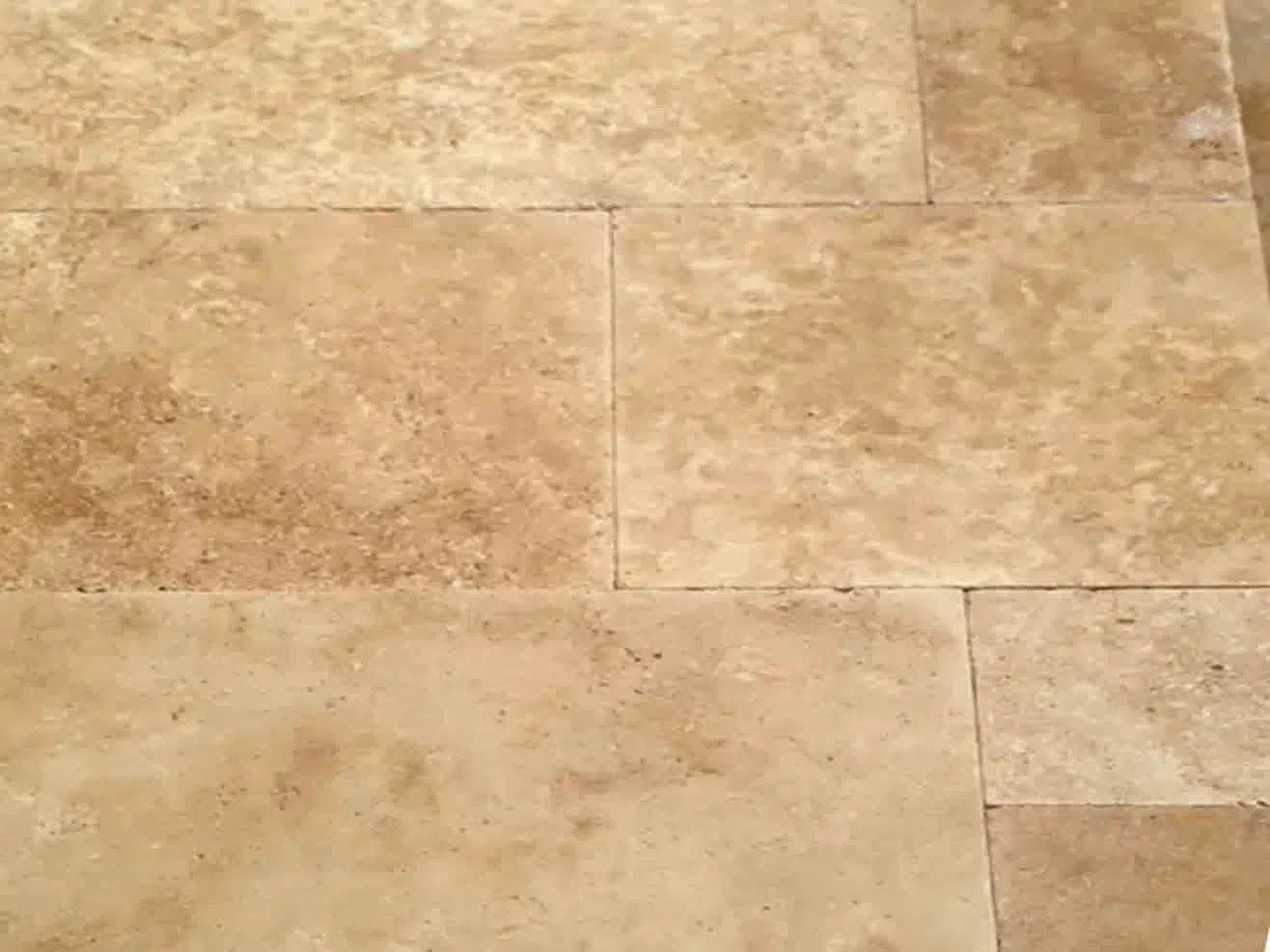 Walnut Travertine
Walnut Travertine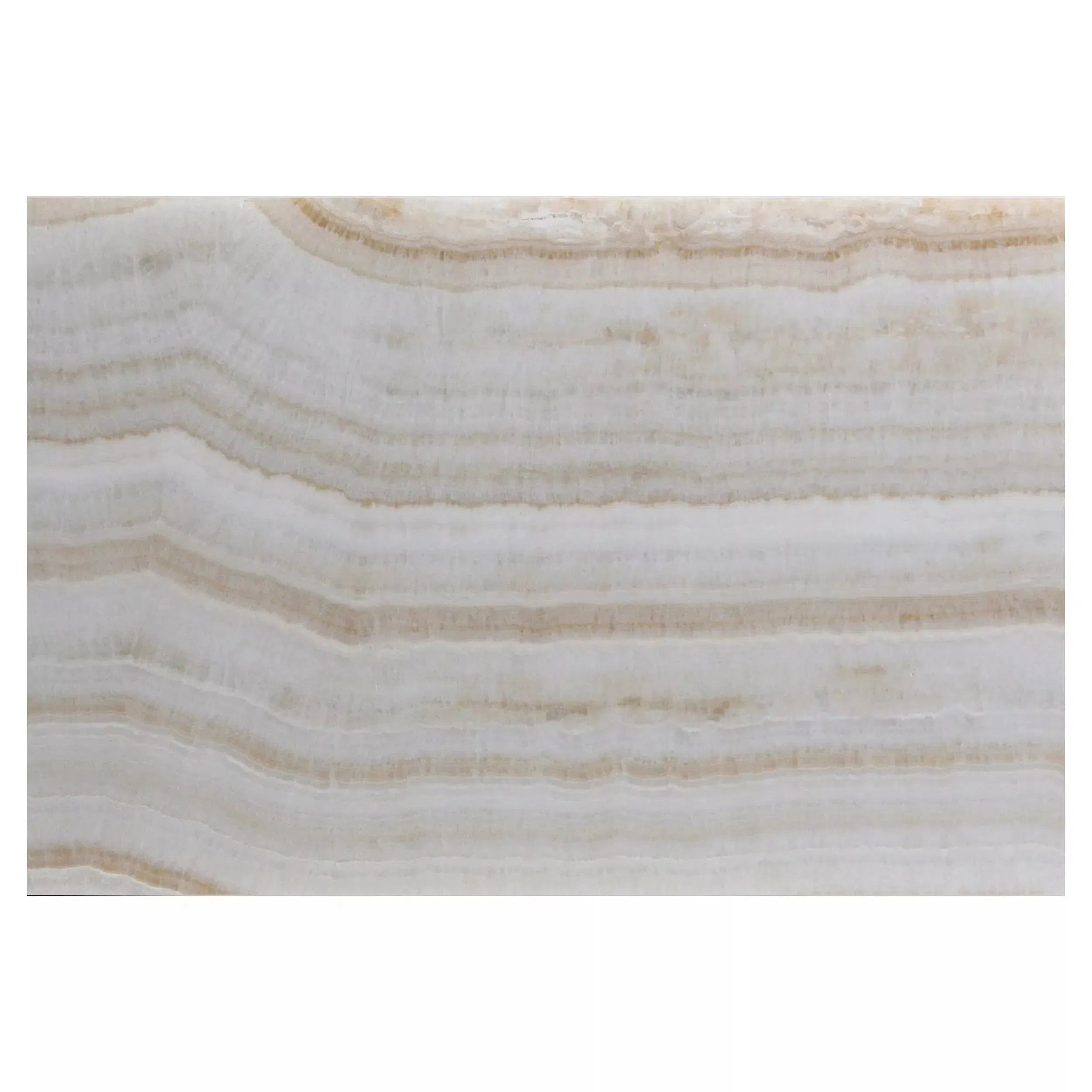 White Onyx Marble
White Onyx Marble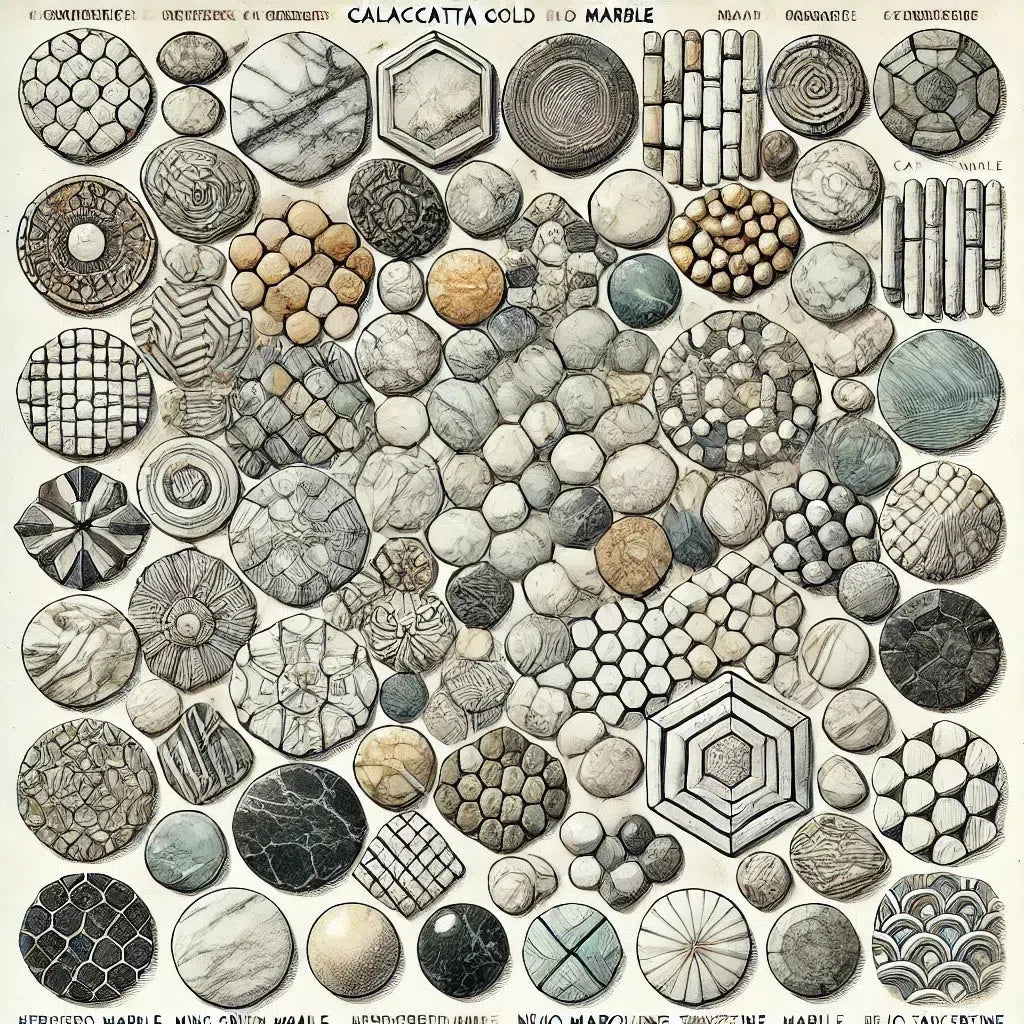 Shop By Type
Shop By Type
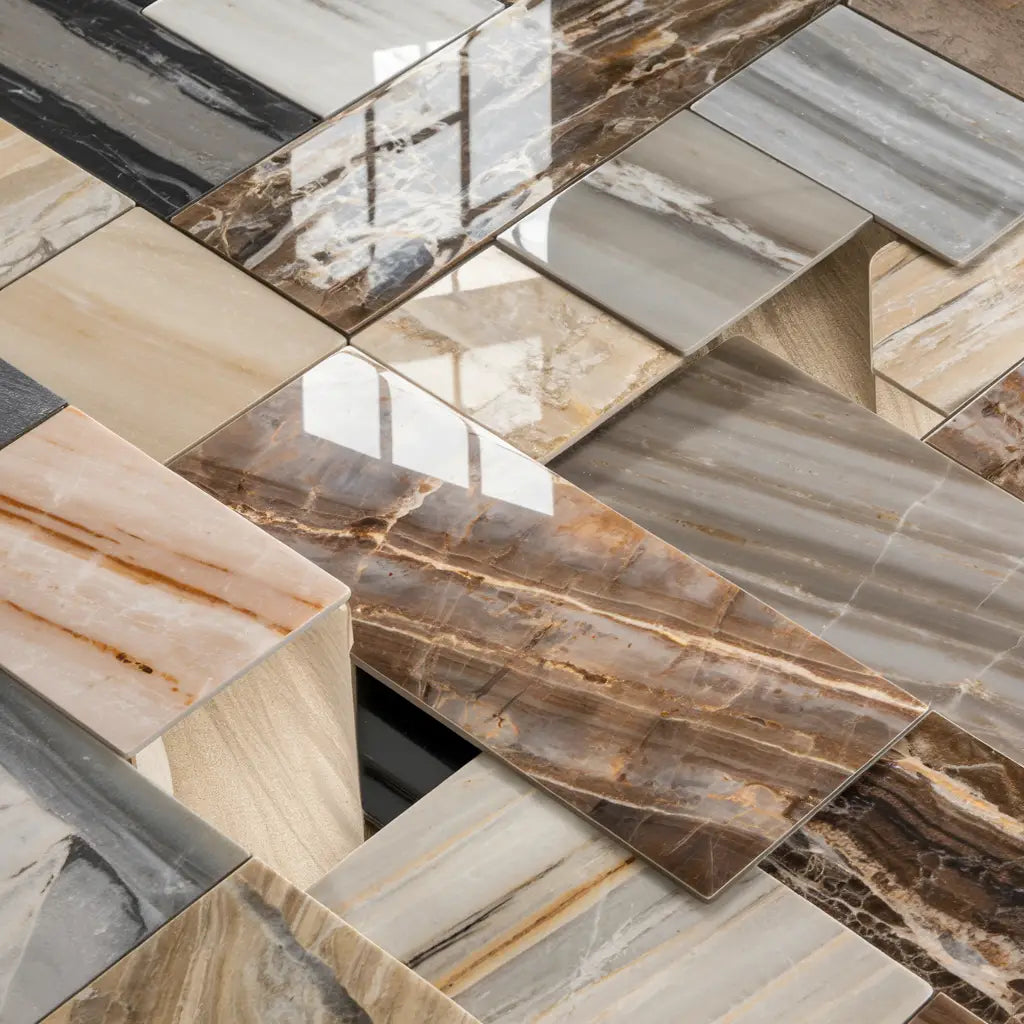 Marble Tiles
Marble Tiles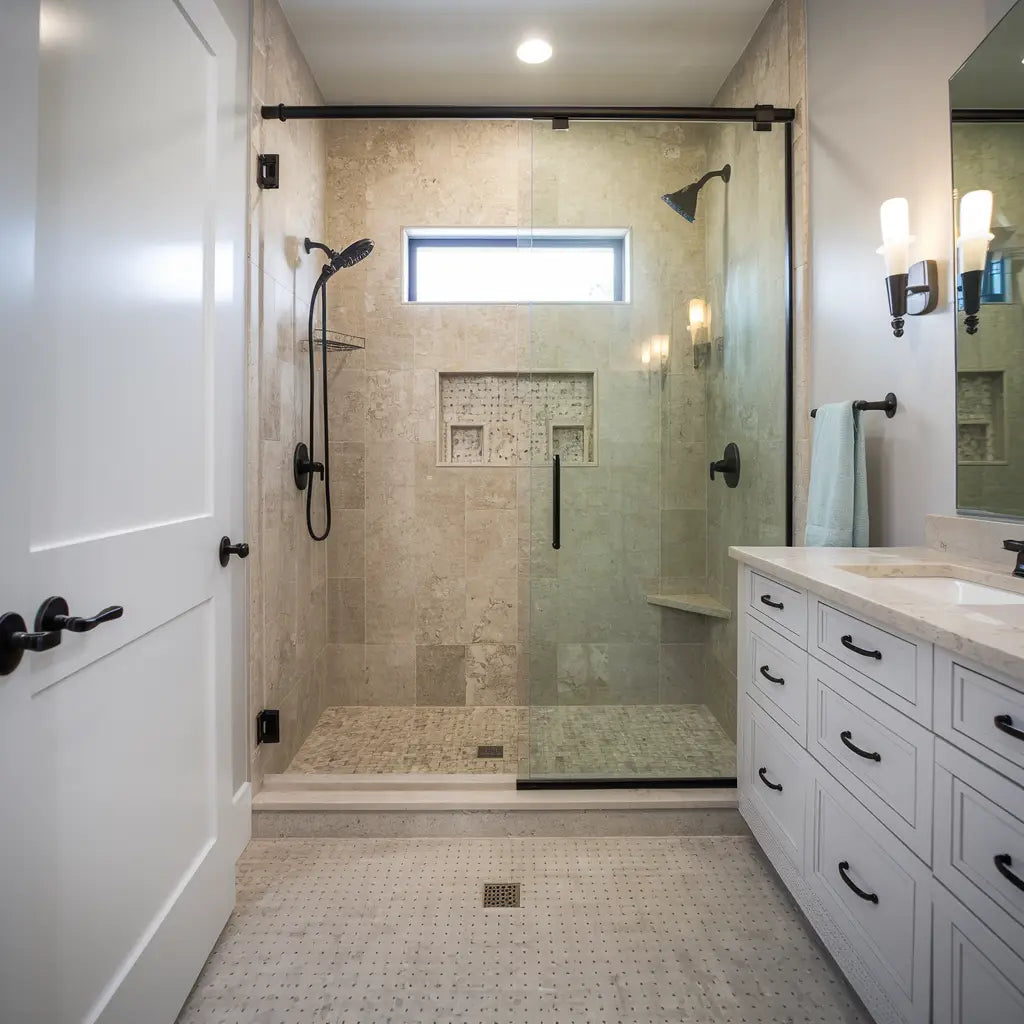 Marble Mosaic
Marble Mosaic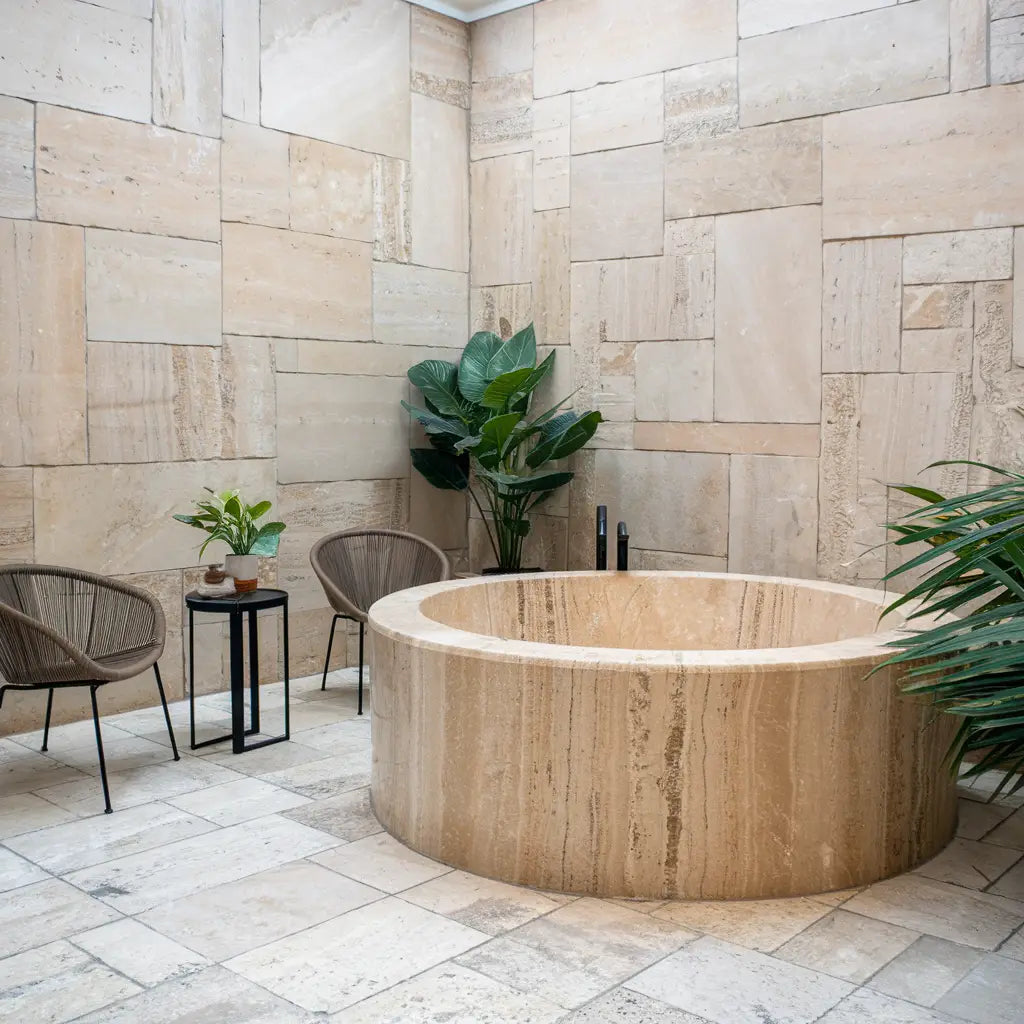 Travertine Tiles
Travertine Tiles Travertine Mosaic
Travertine Mosaic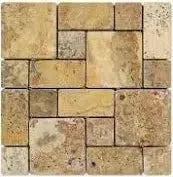 4 pcs Versailles Pattern / French Pattern Set
4 pcs Versailles Pattern / French Pattern Set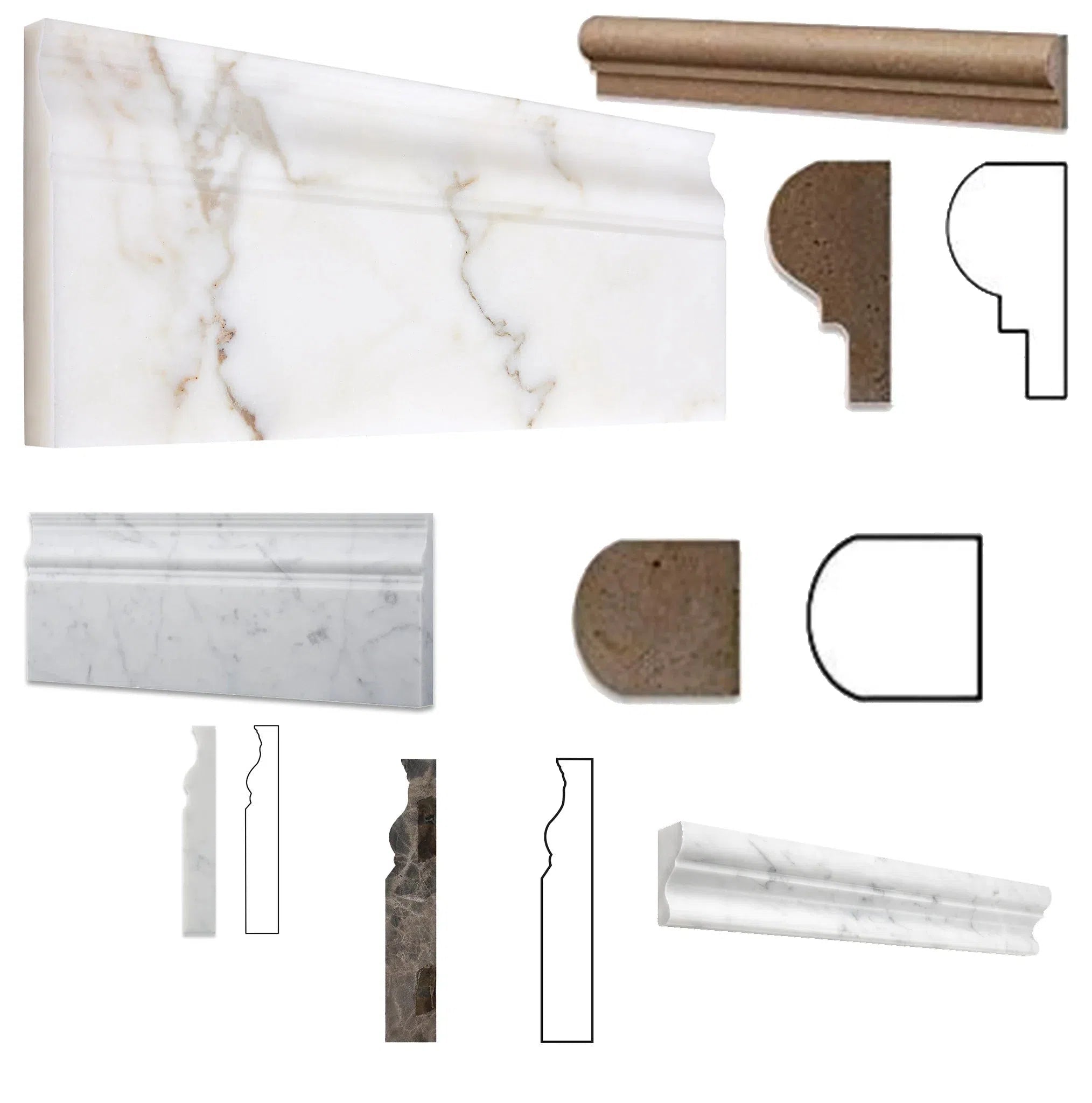 Molding/Trim
Molding/Trim Border/Listello
Border/Listello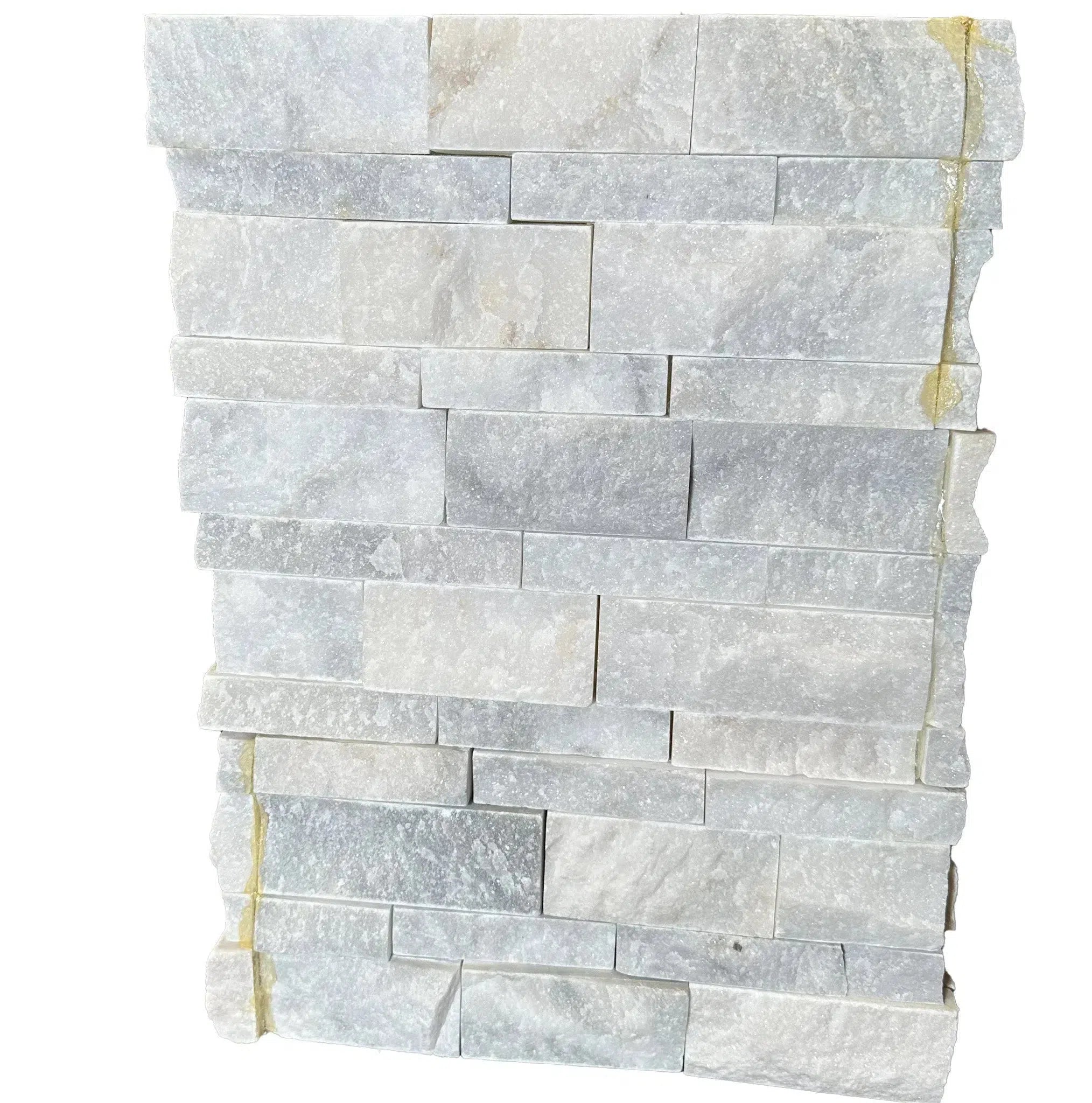 Ledger-Panel
Ledger-Panel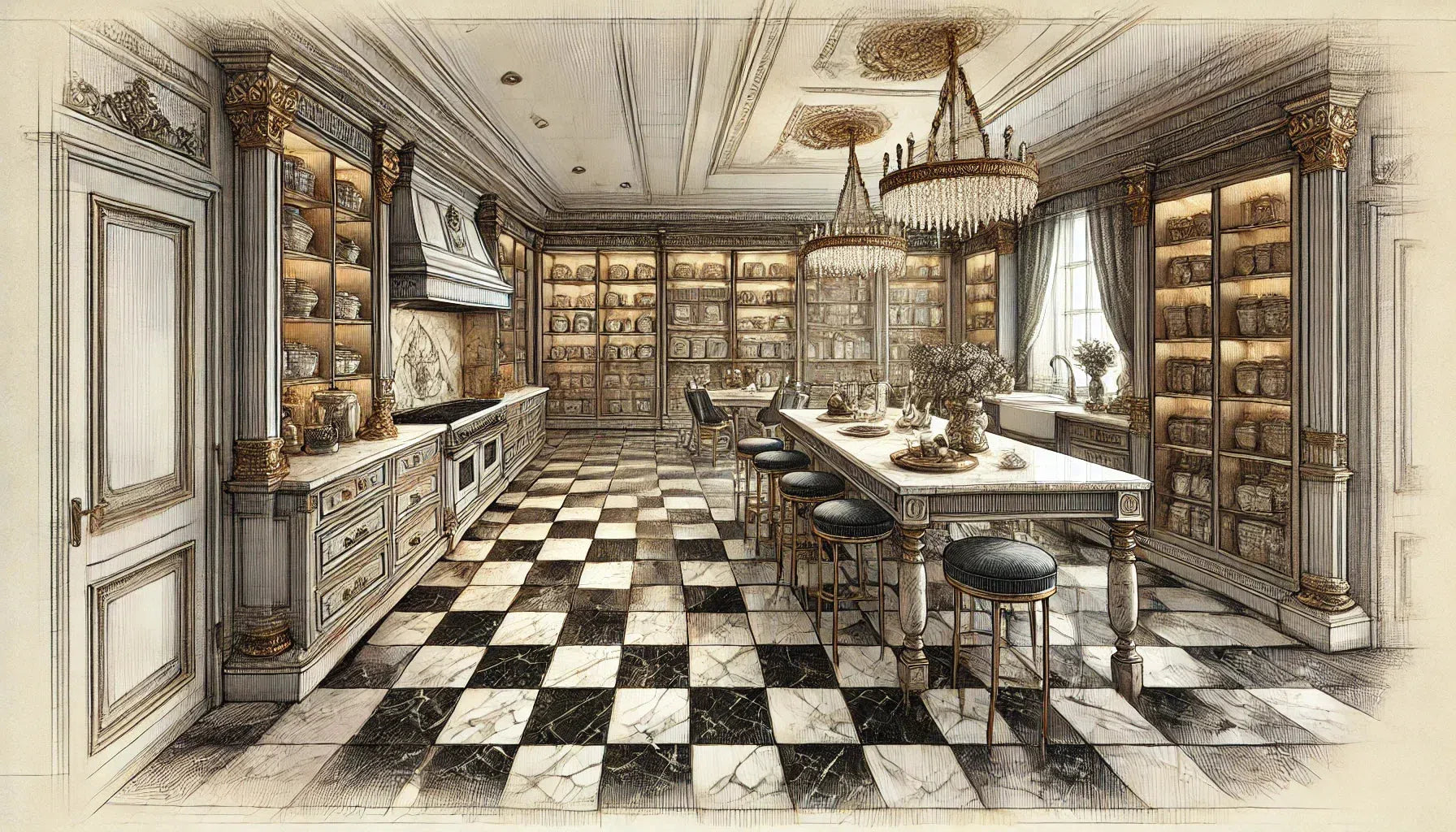 Checkerboard
Checkerboard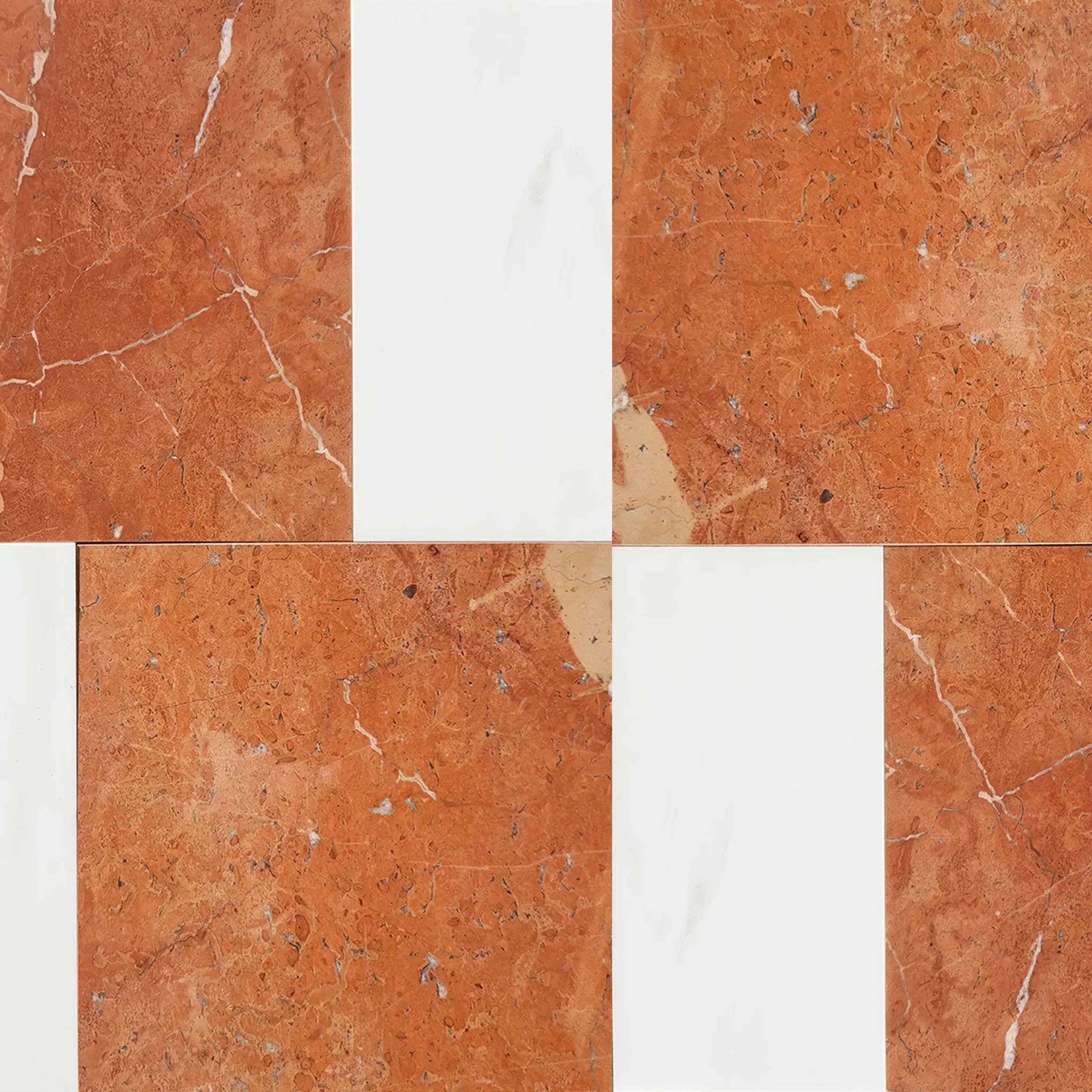 Patterned Tile Collection
Patterned Tile Collection 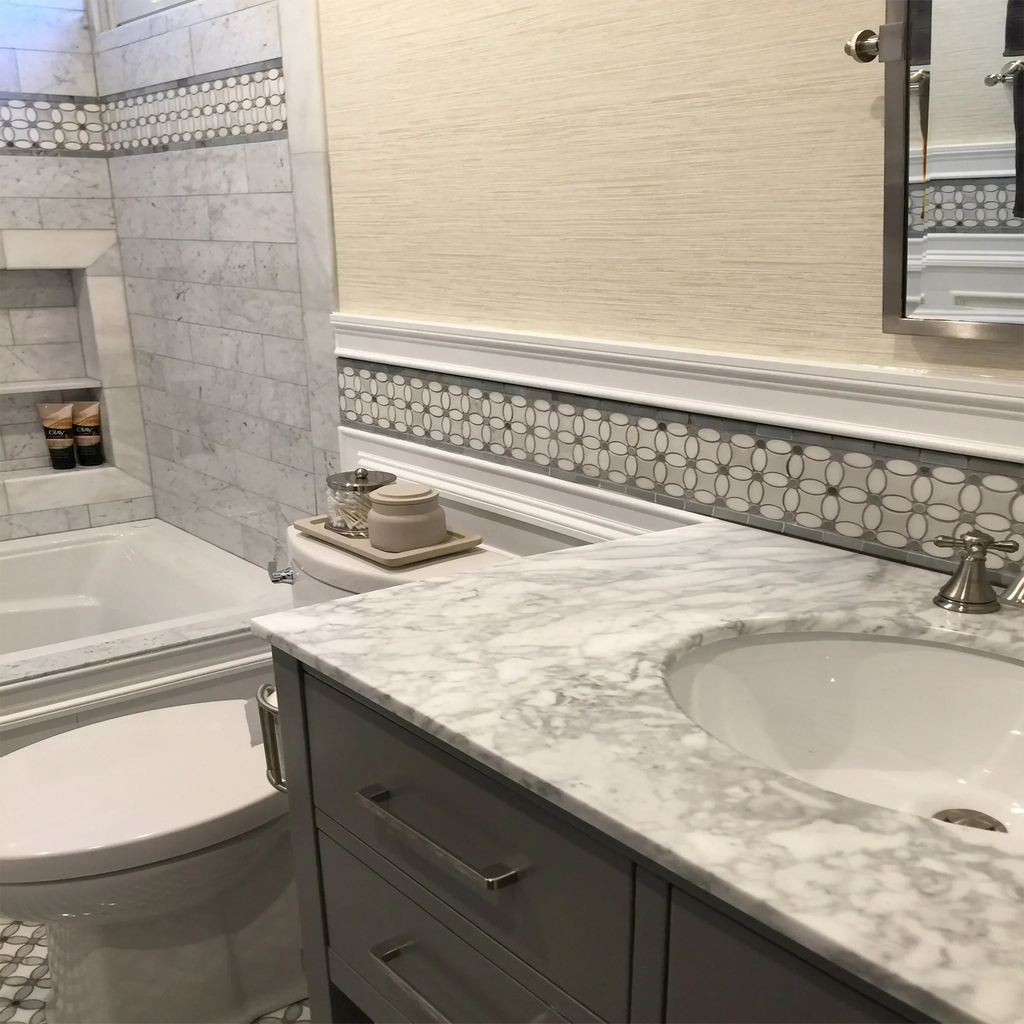 Shop By Finish
Shop By Finish
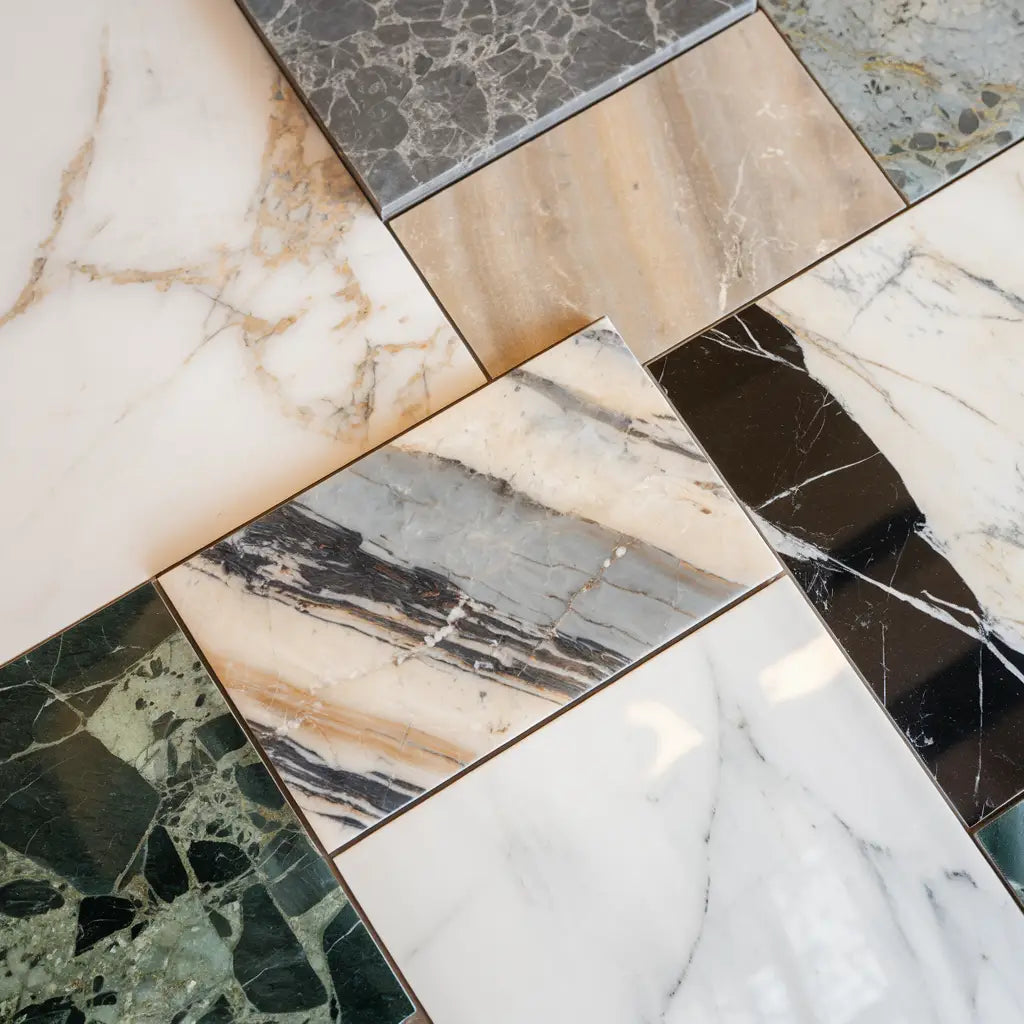 Polished
Polished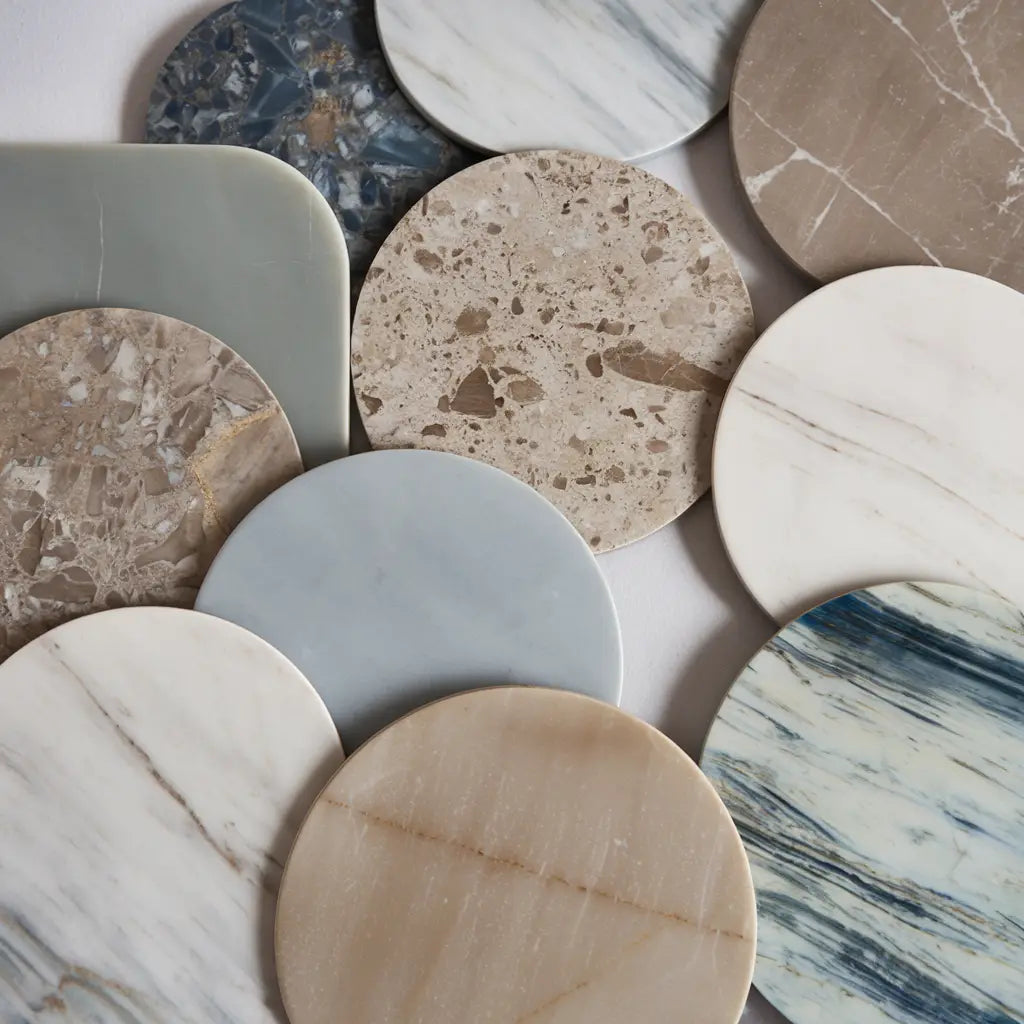 Honed
Honed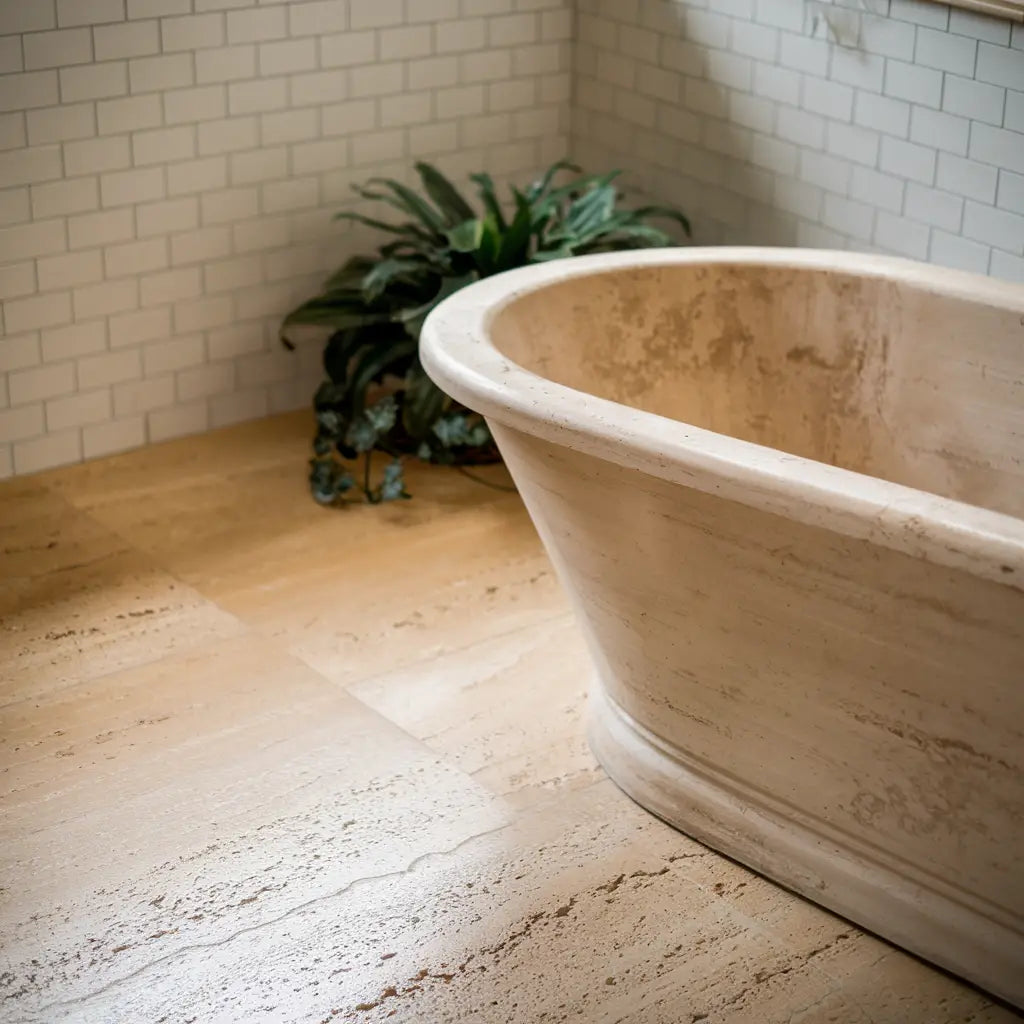 Brushed
Brushed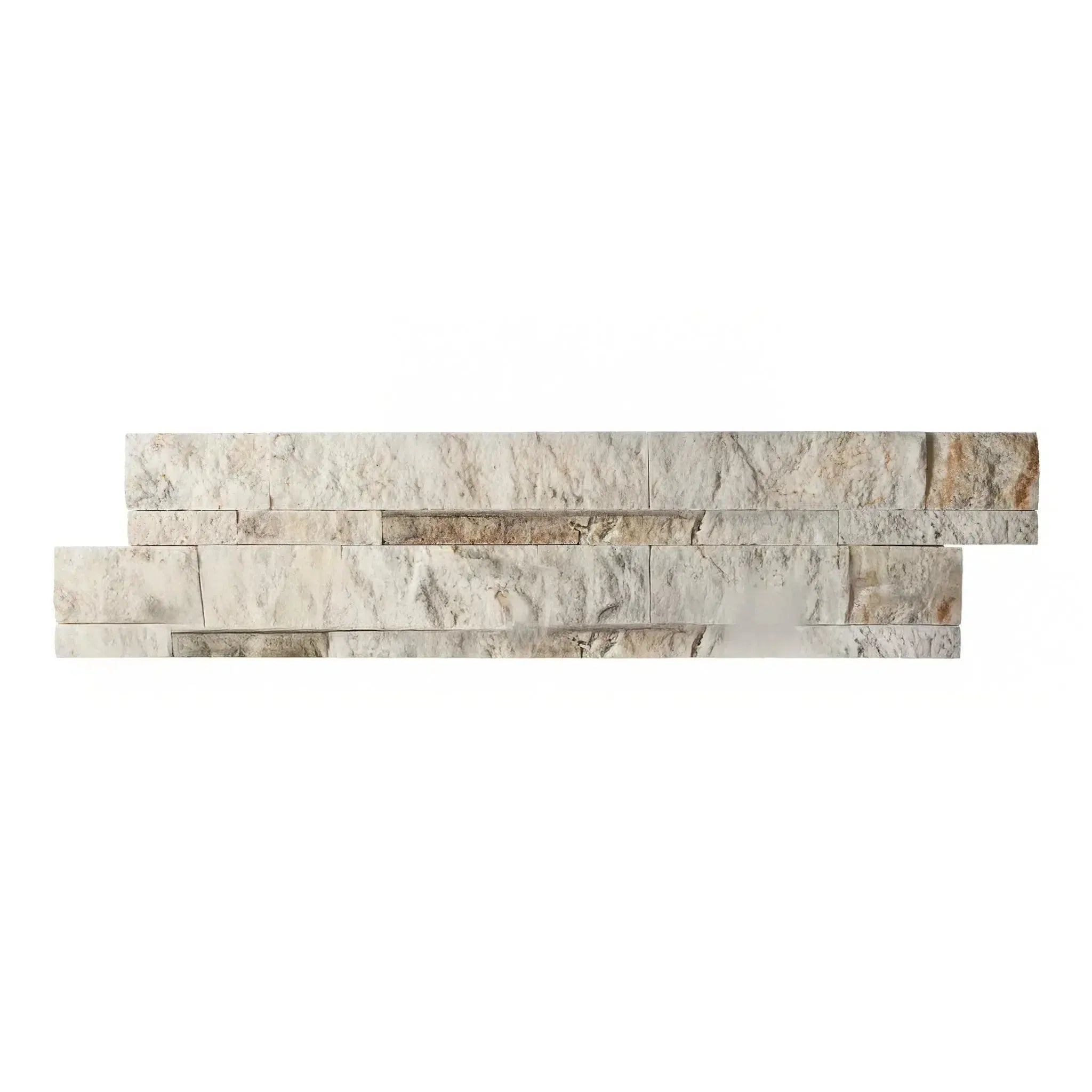 Split Face
Split Face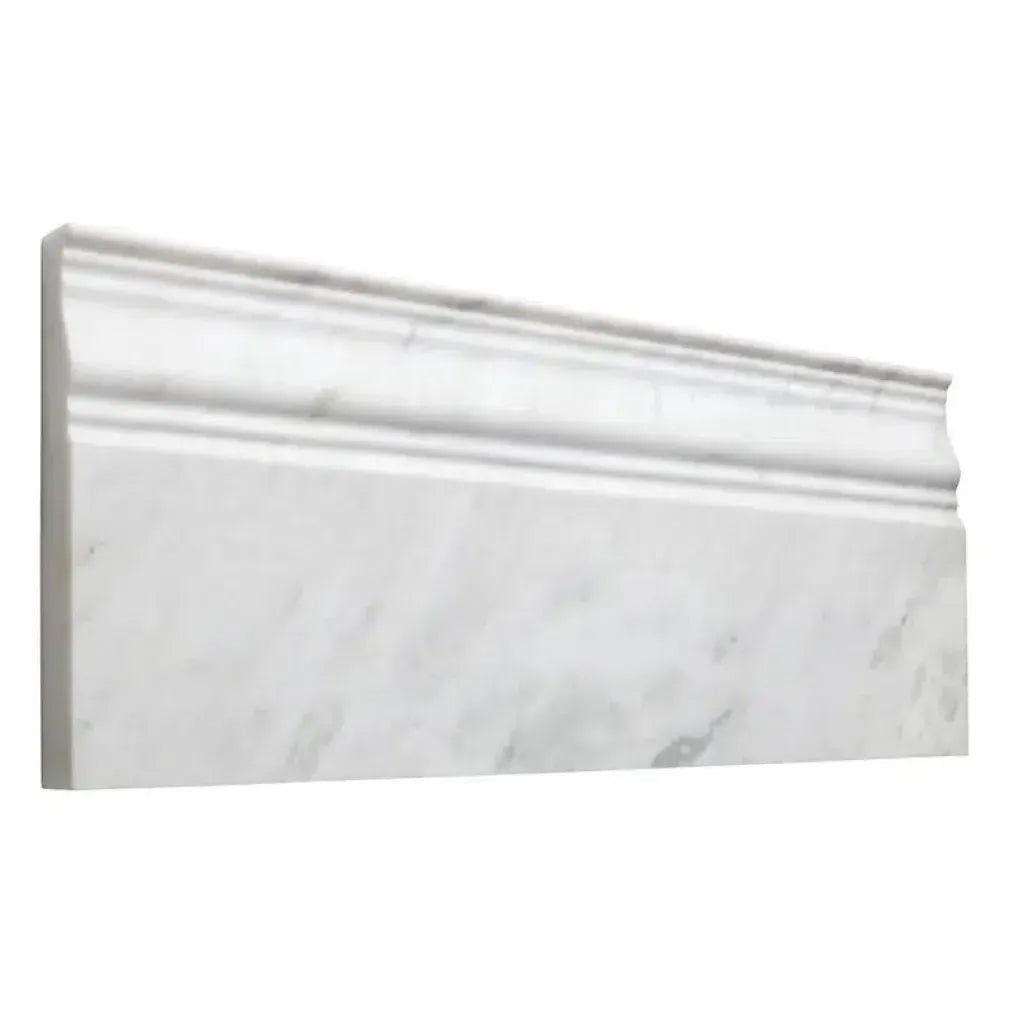 Textured
Textured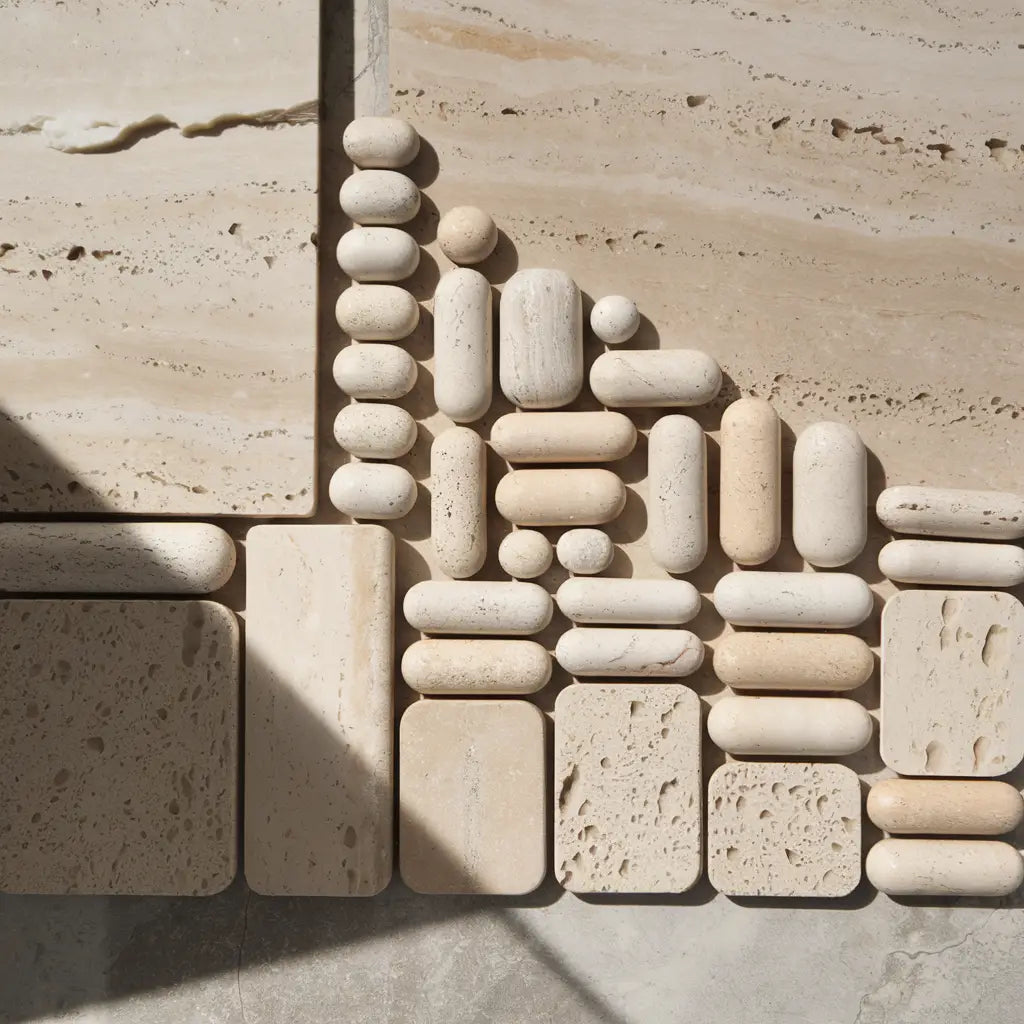 Tumbled
Tumbled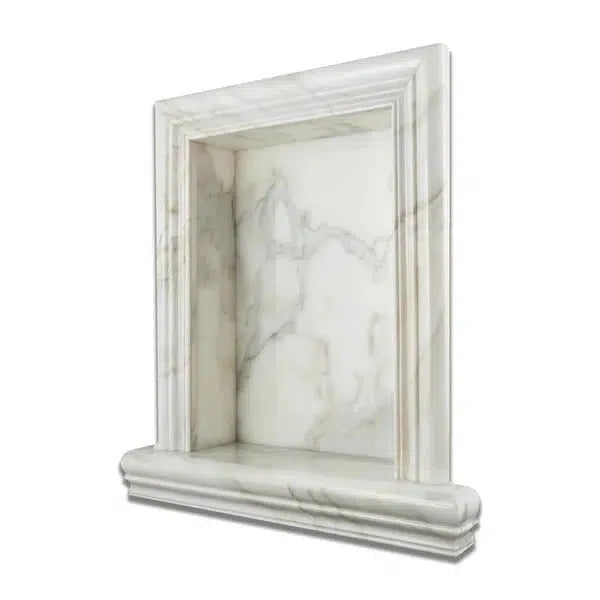 Accessories
Accessories
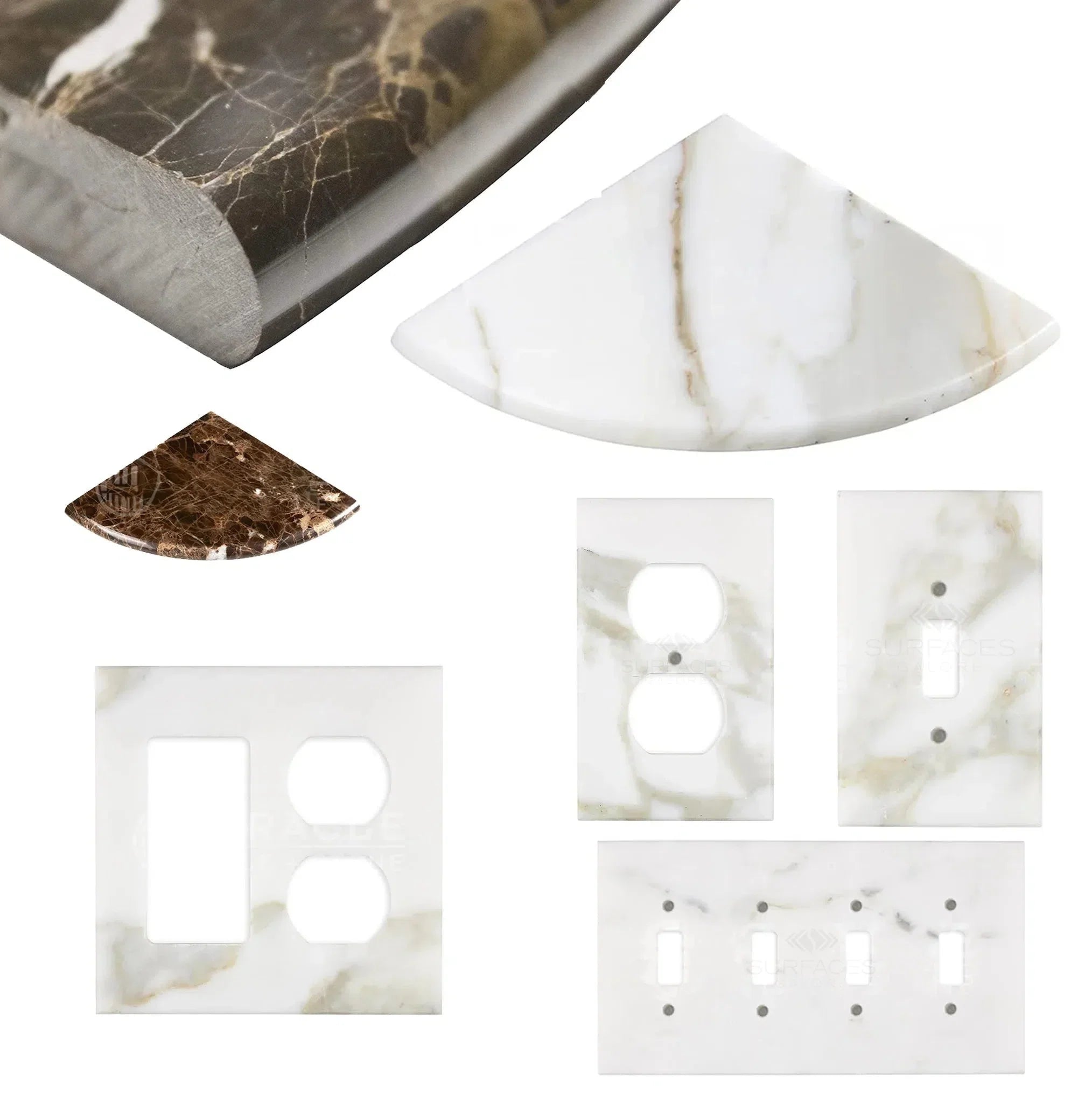 Wall Plate / Switch Plate
Wall Plate / Switch Plate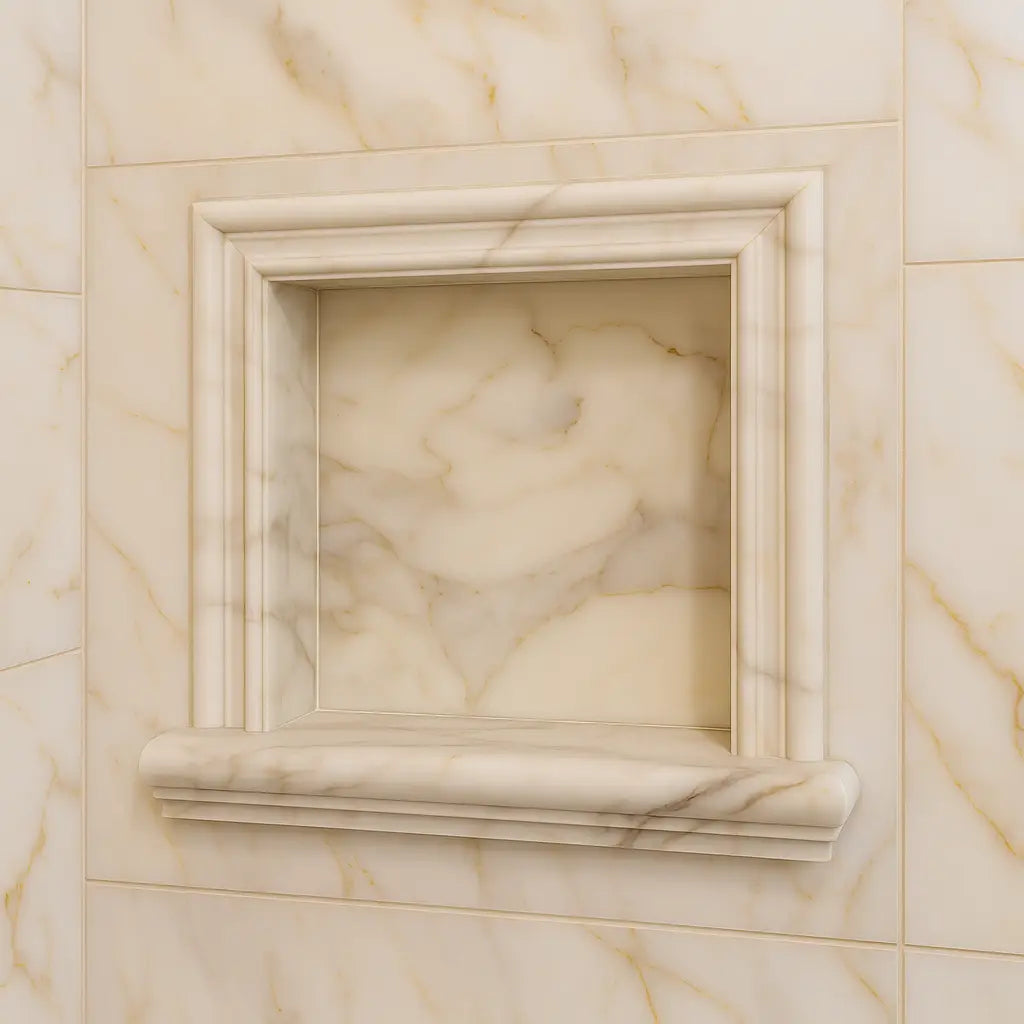 Shampoo Niche
Shampoo Niche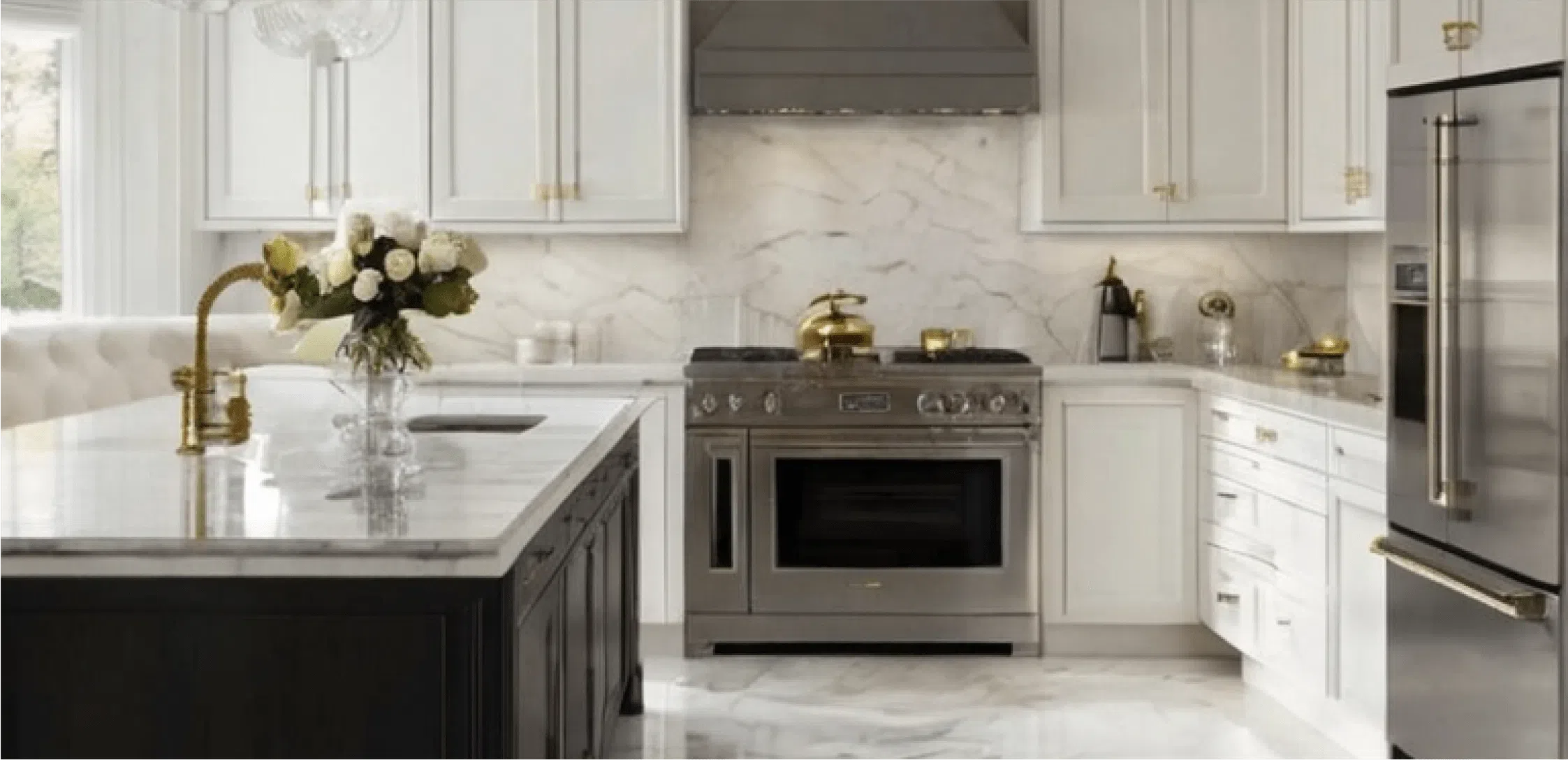 Corner Shelf
Corner Shelf Clearance
Clearance





Leave a comment